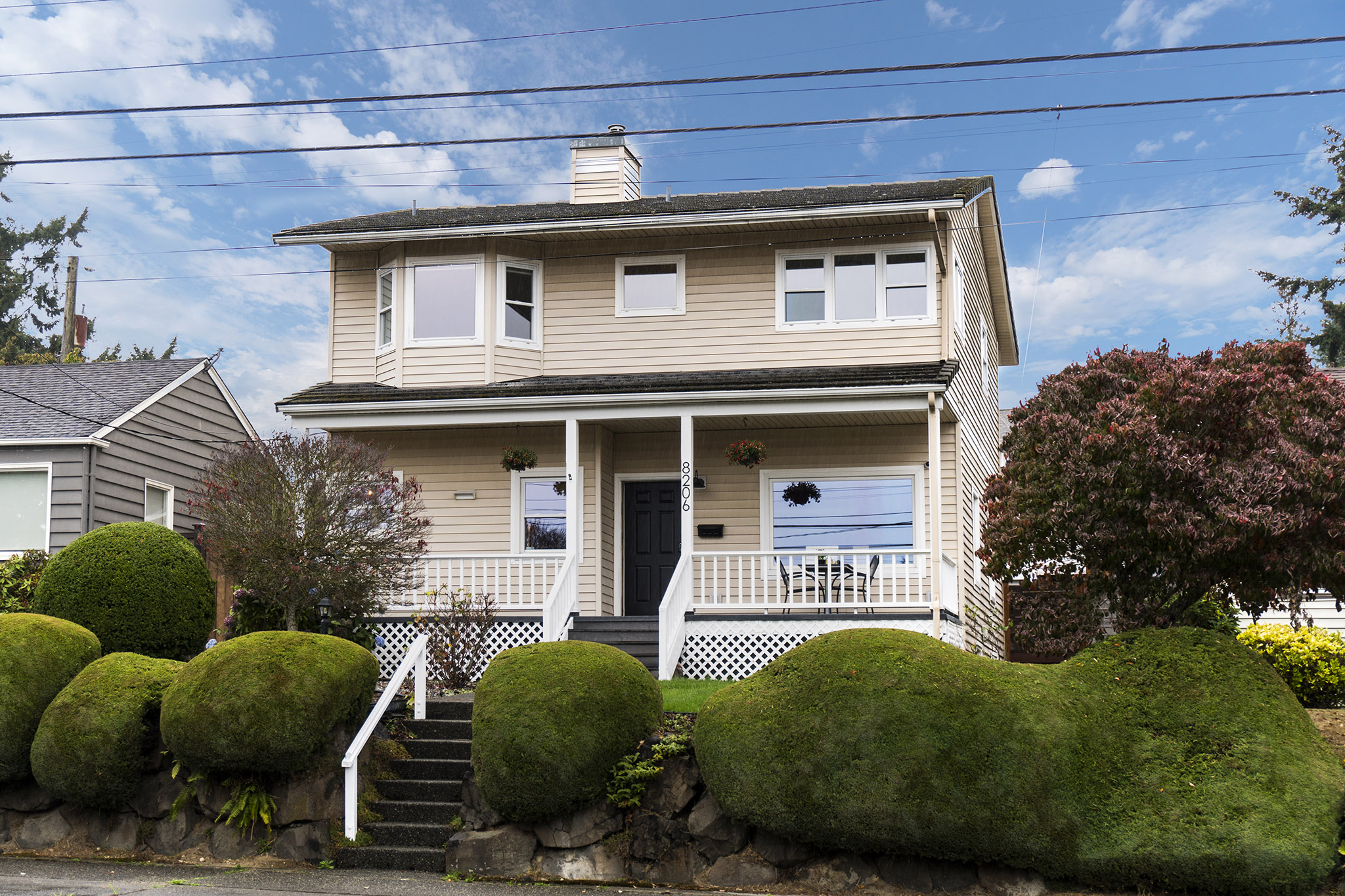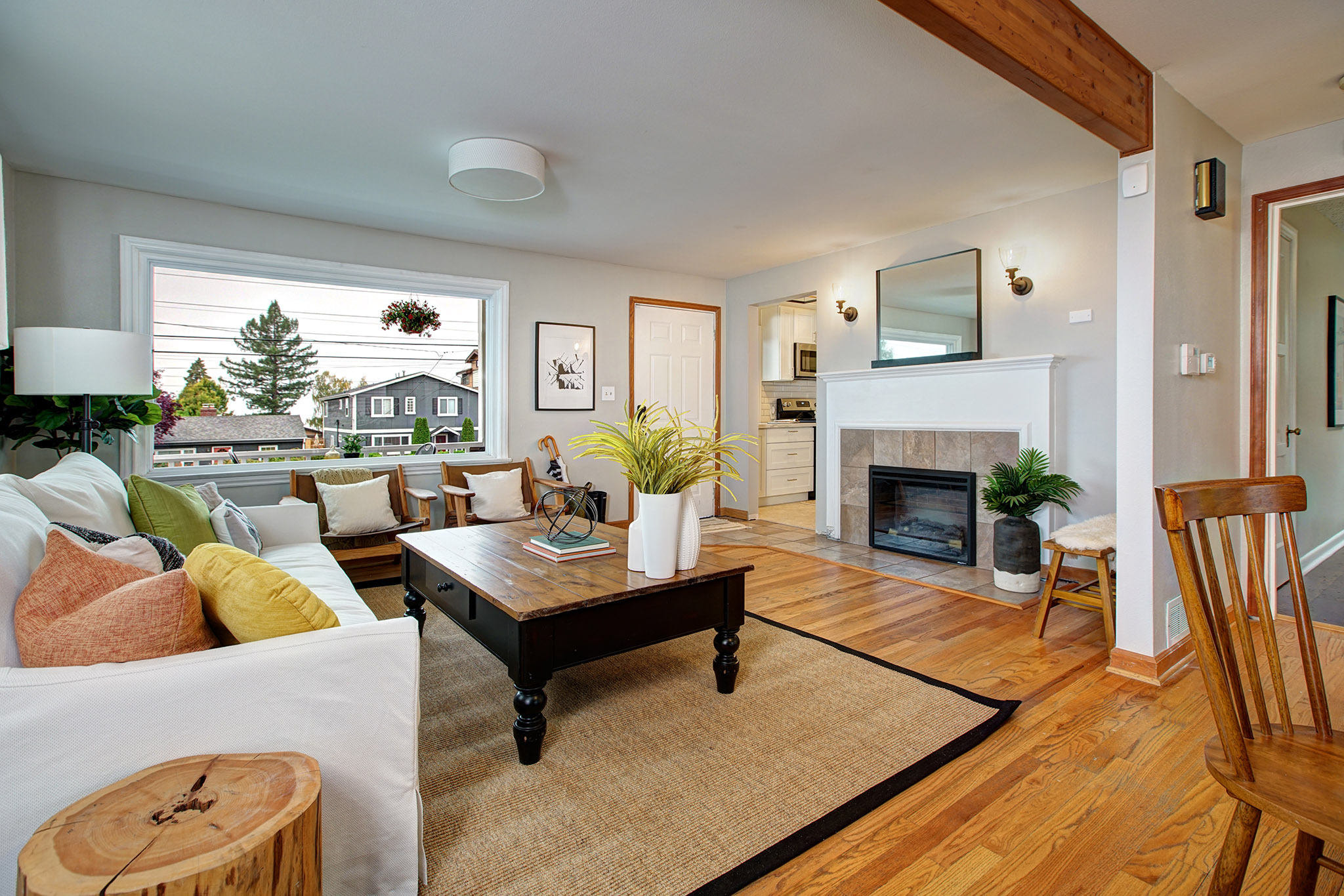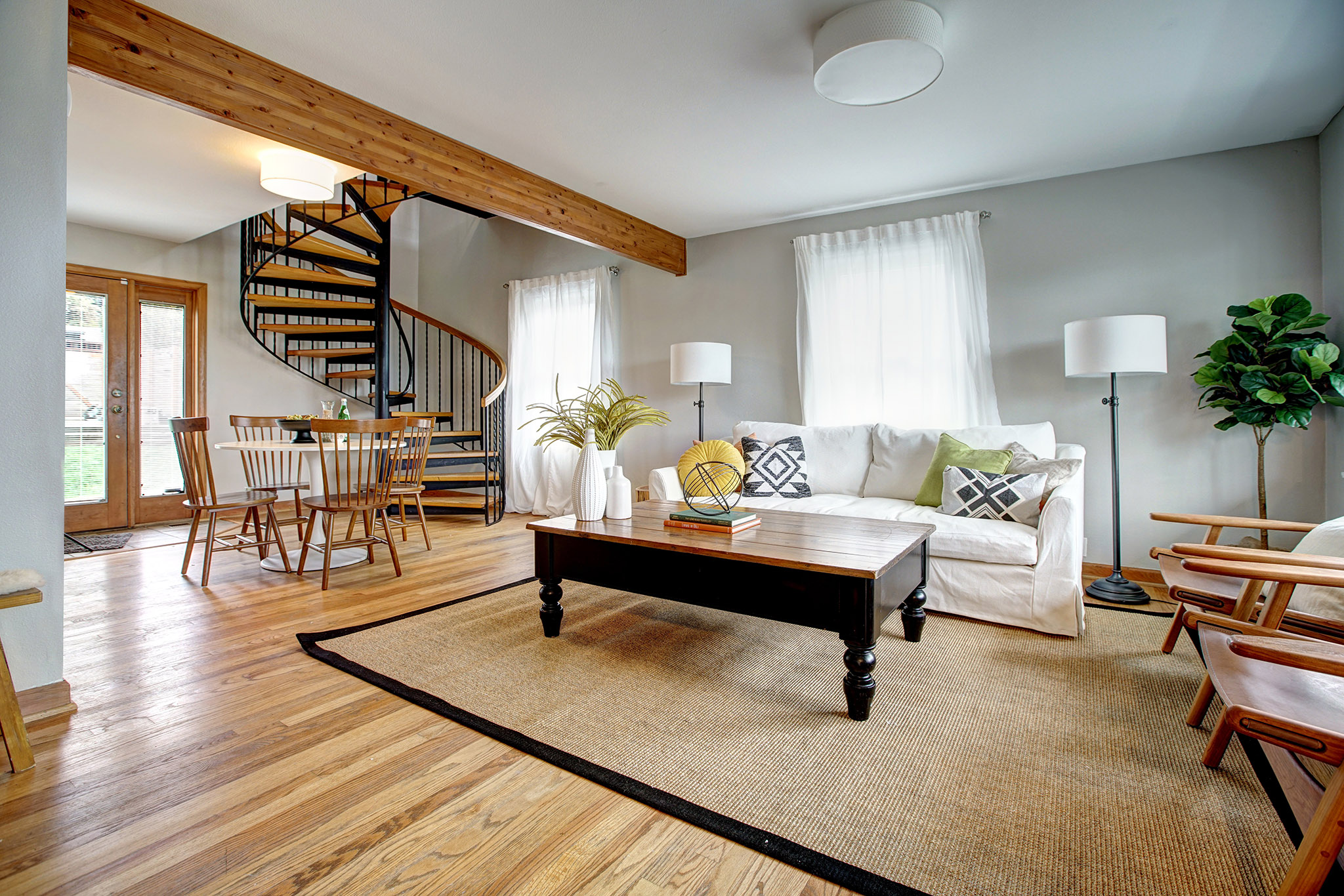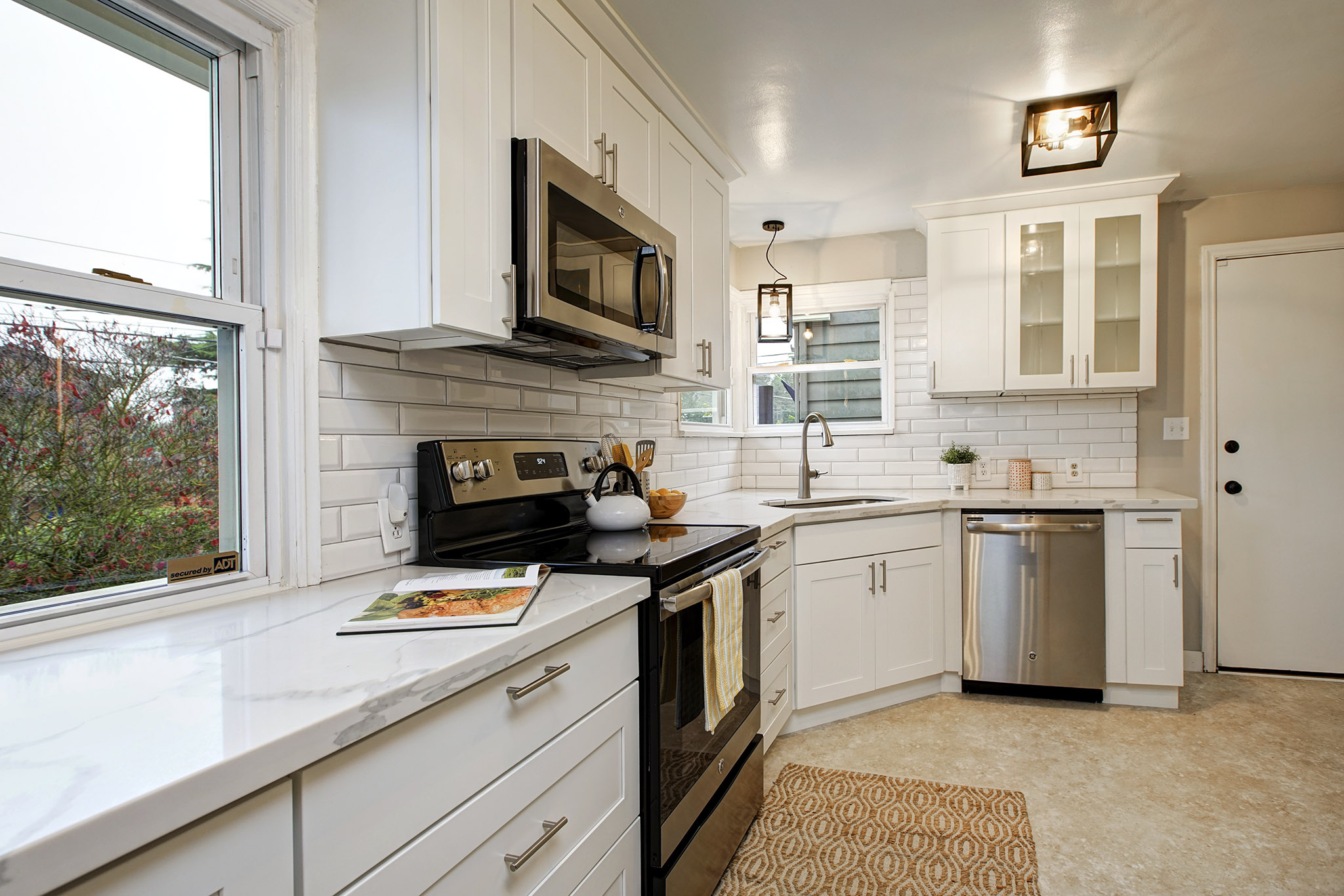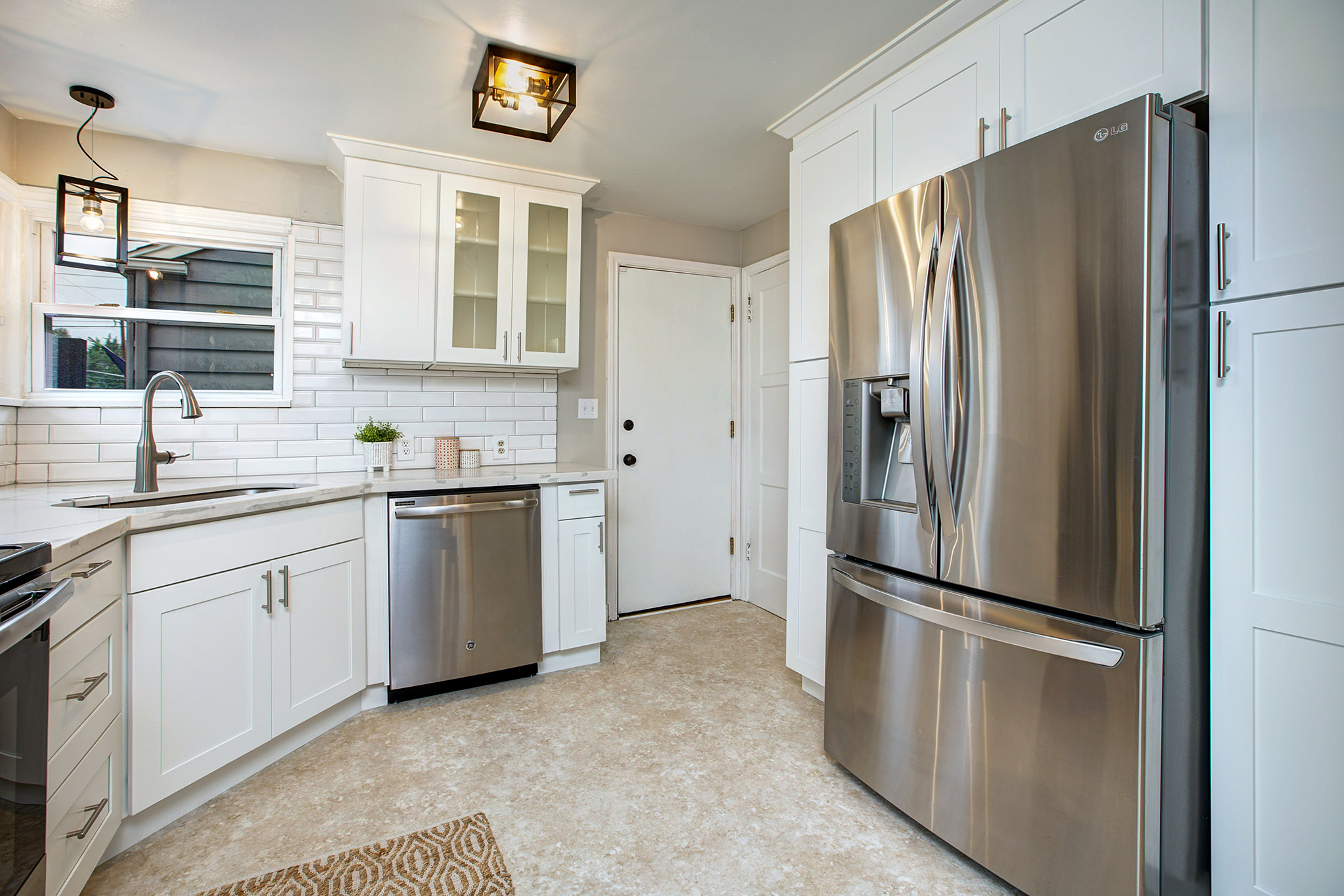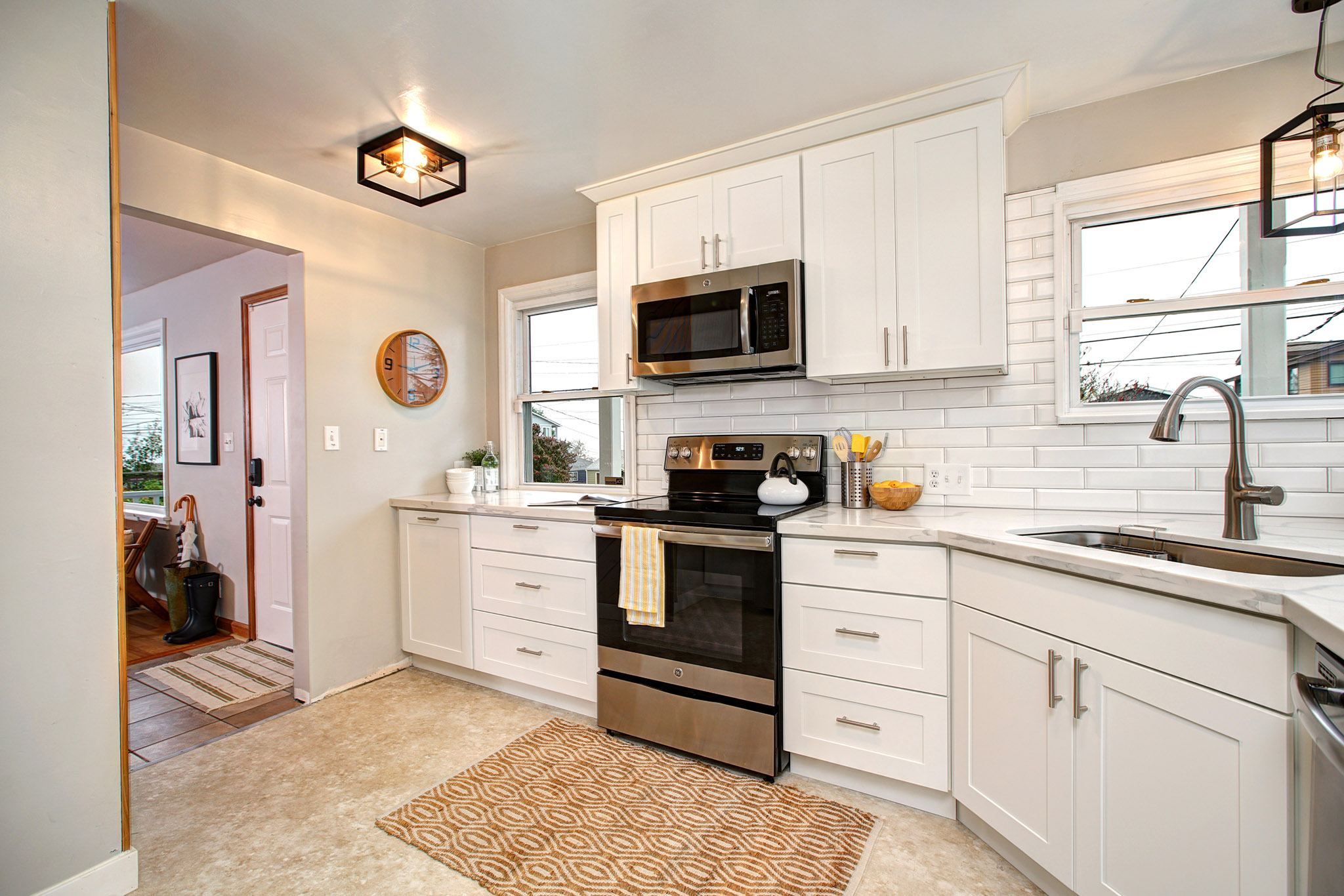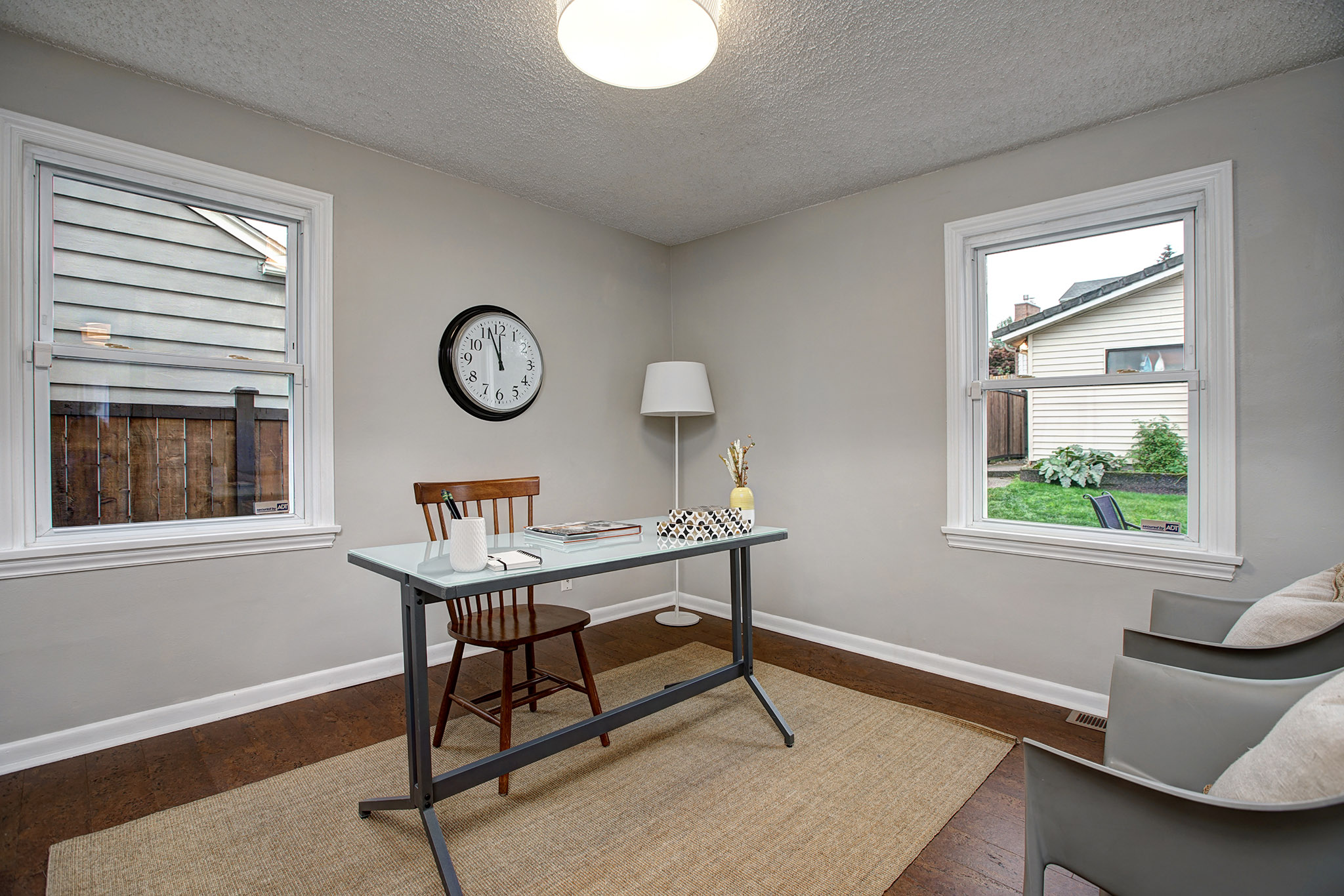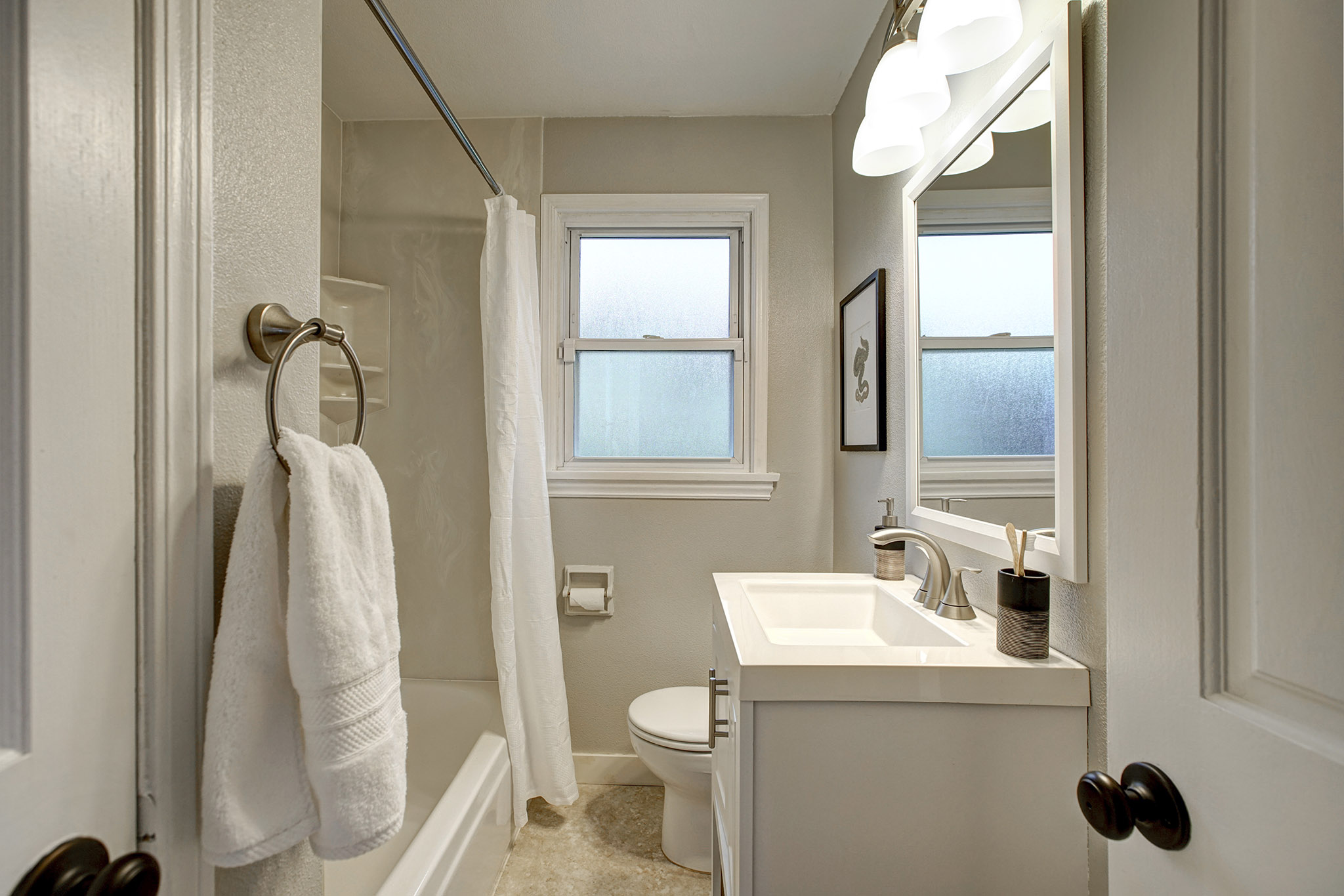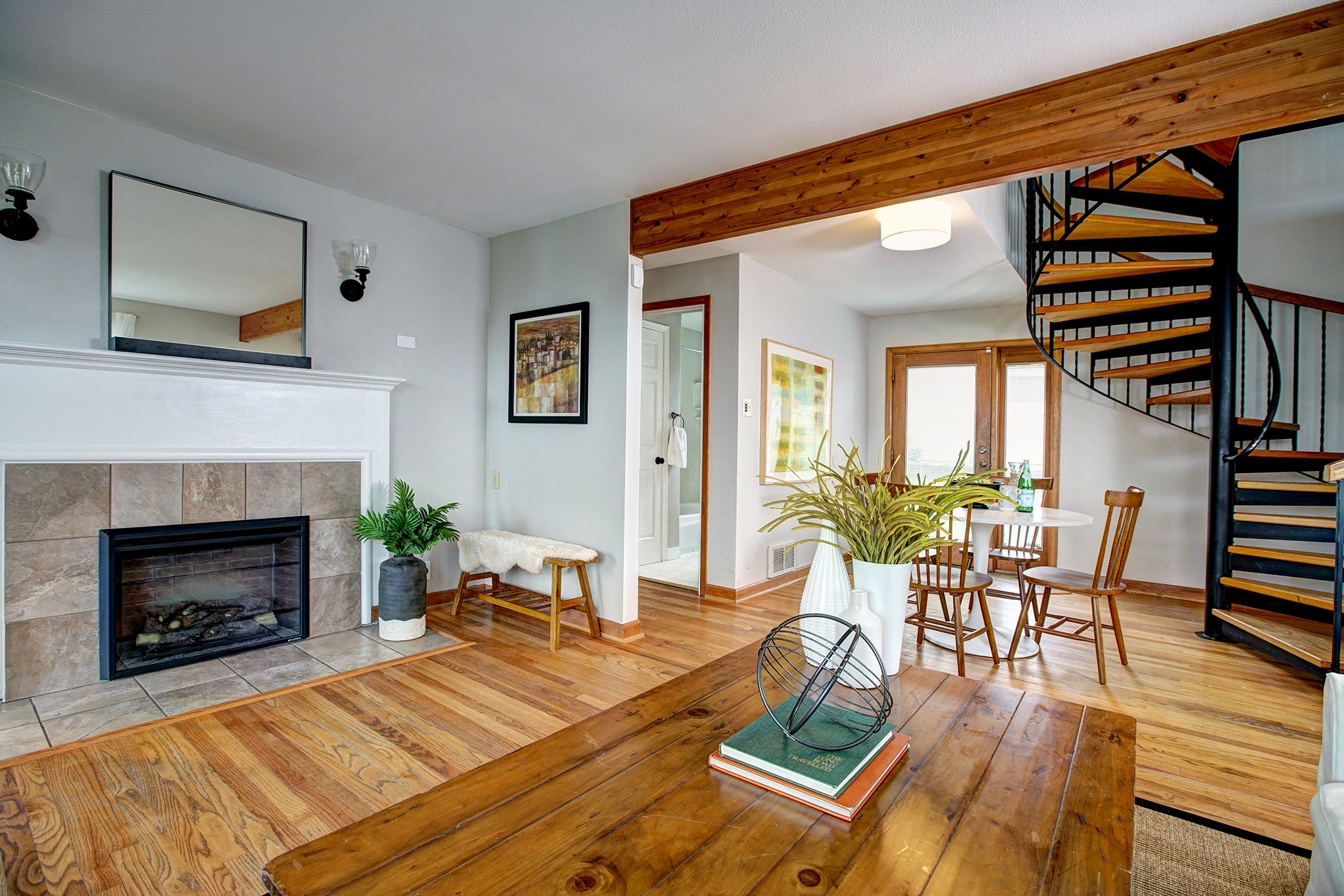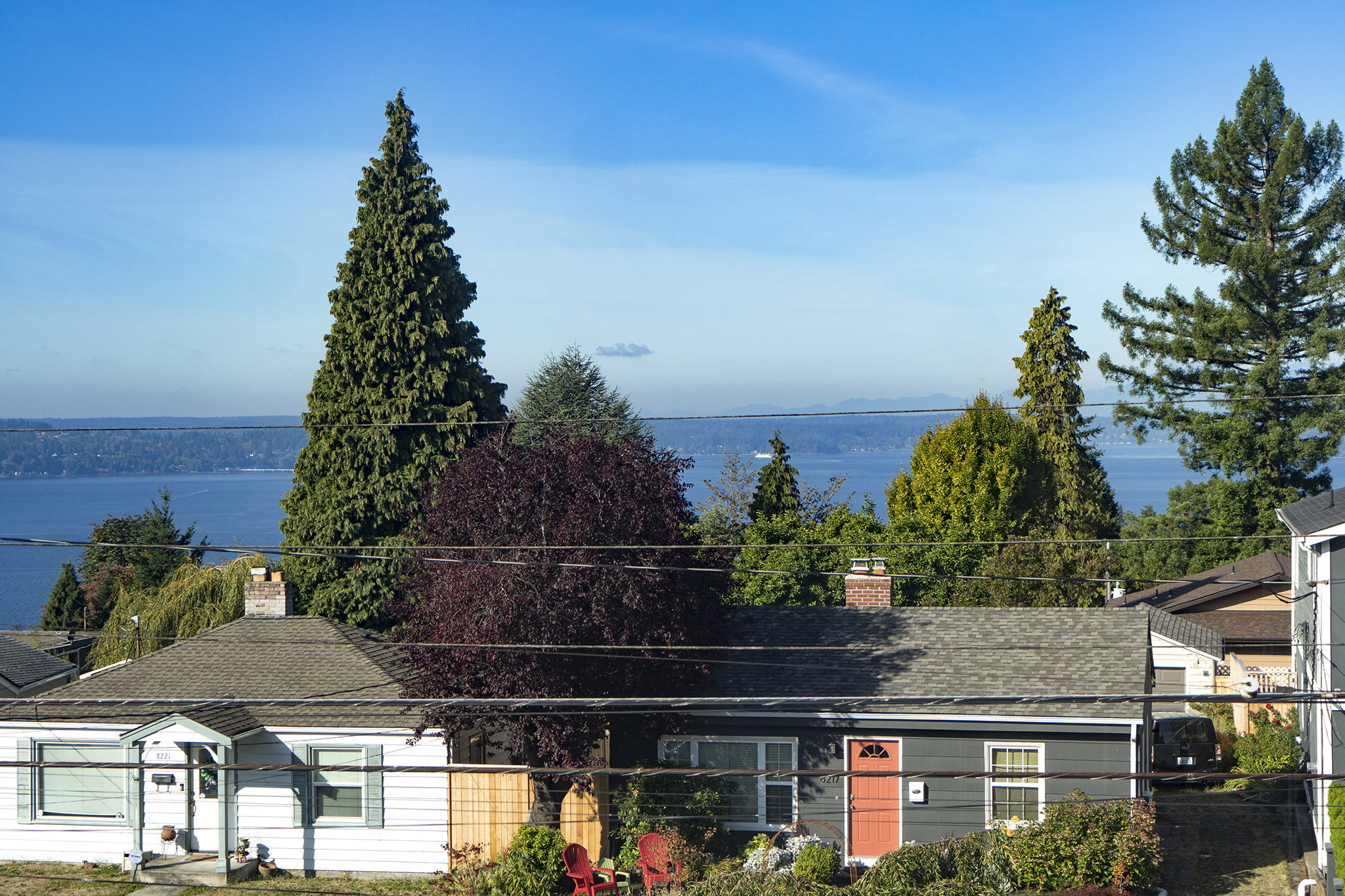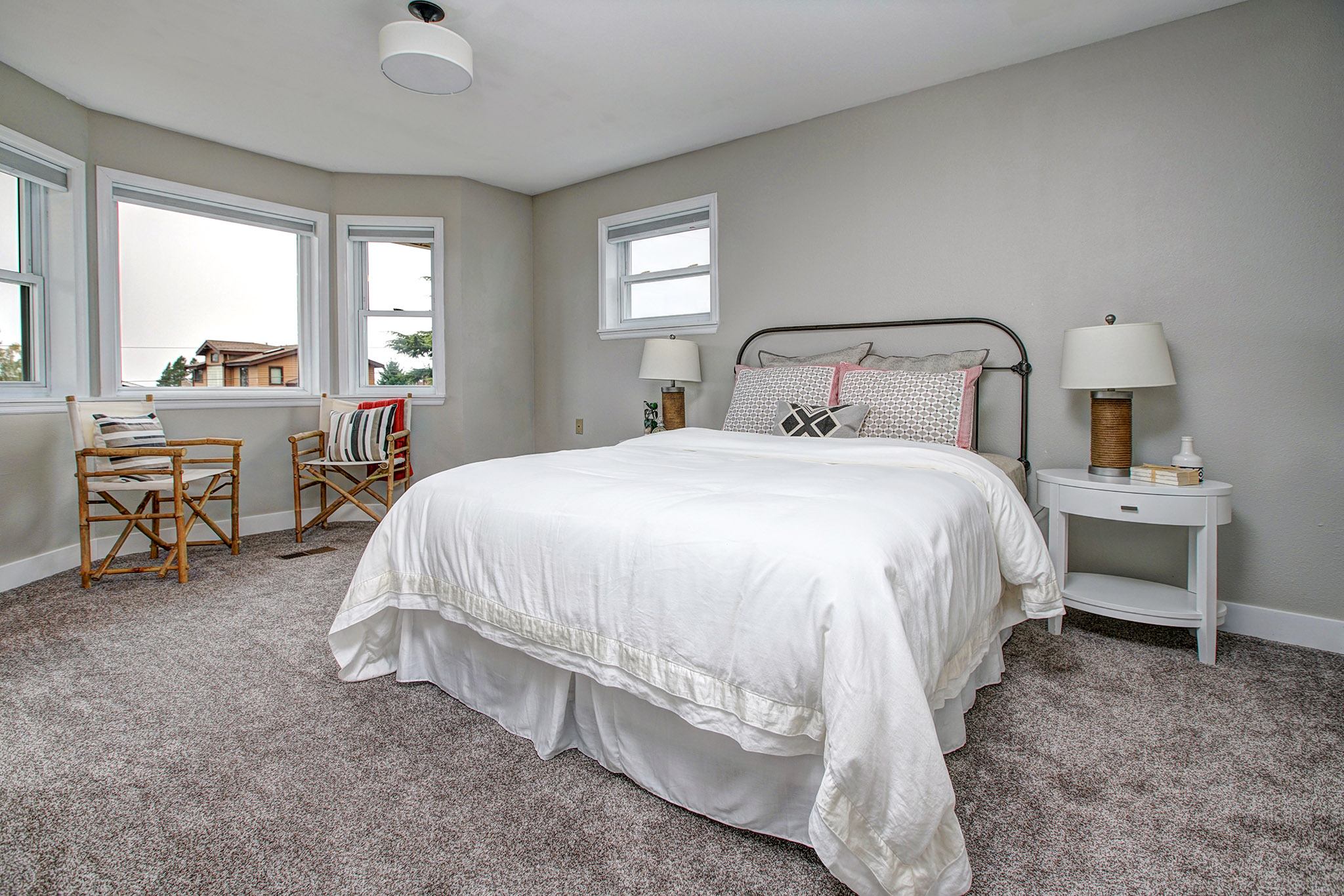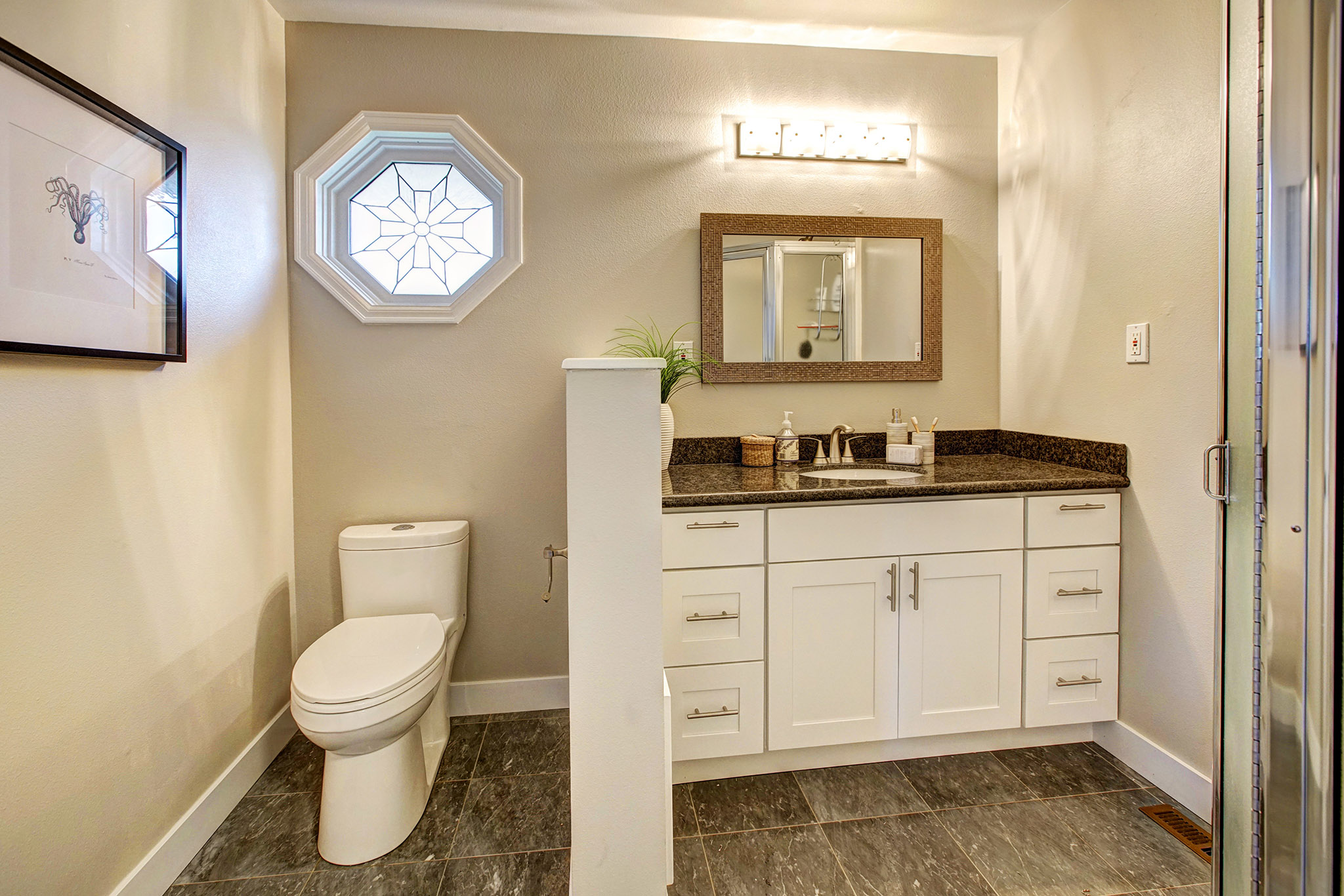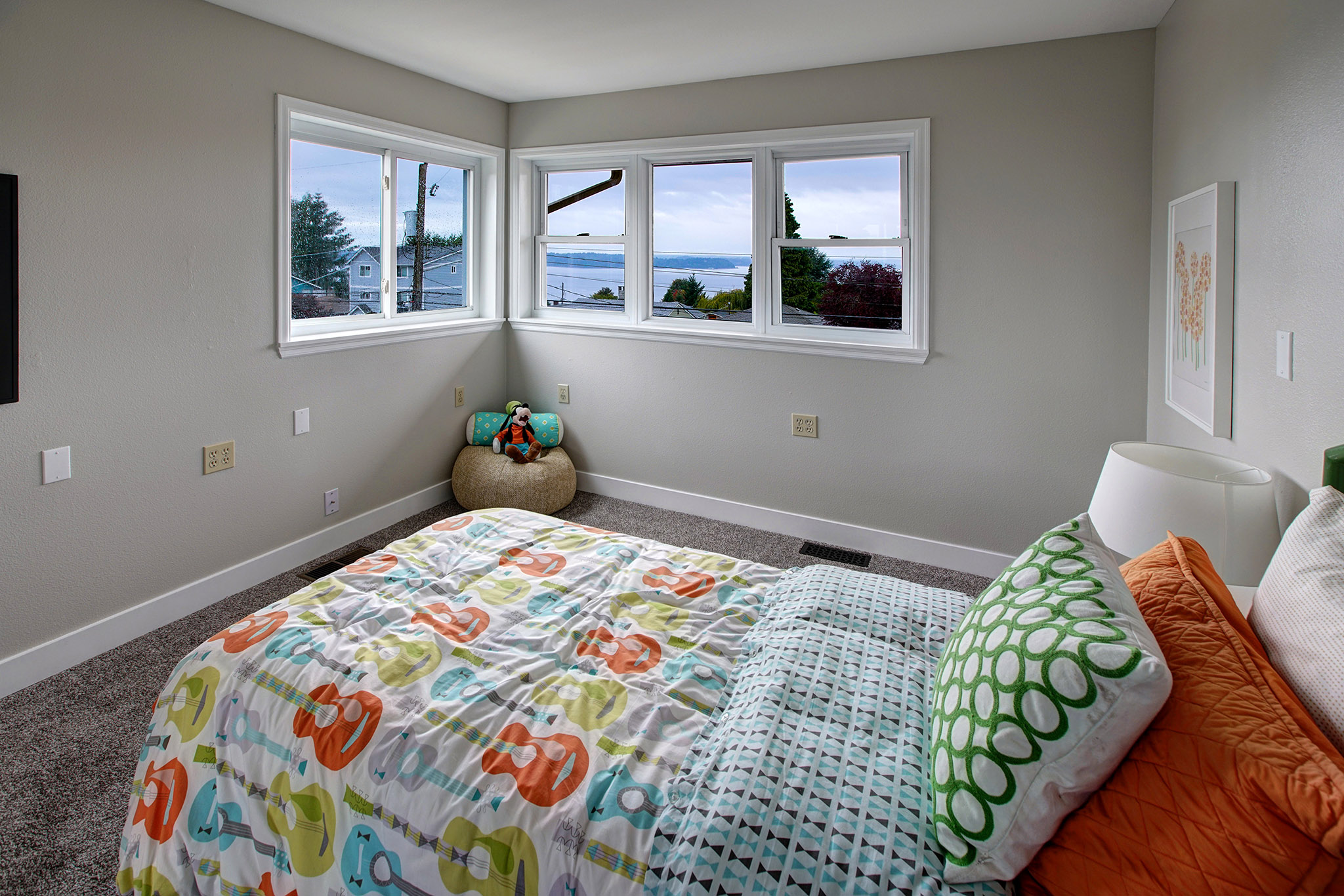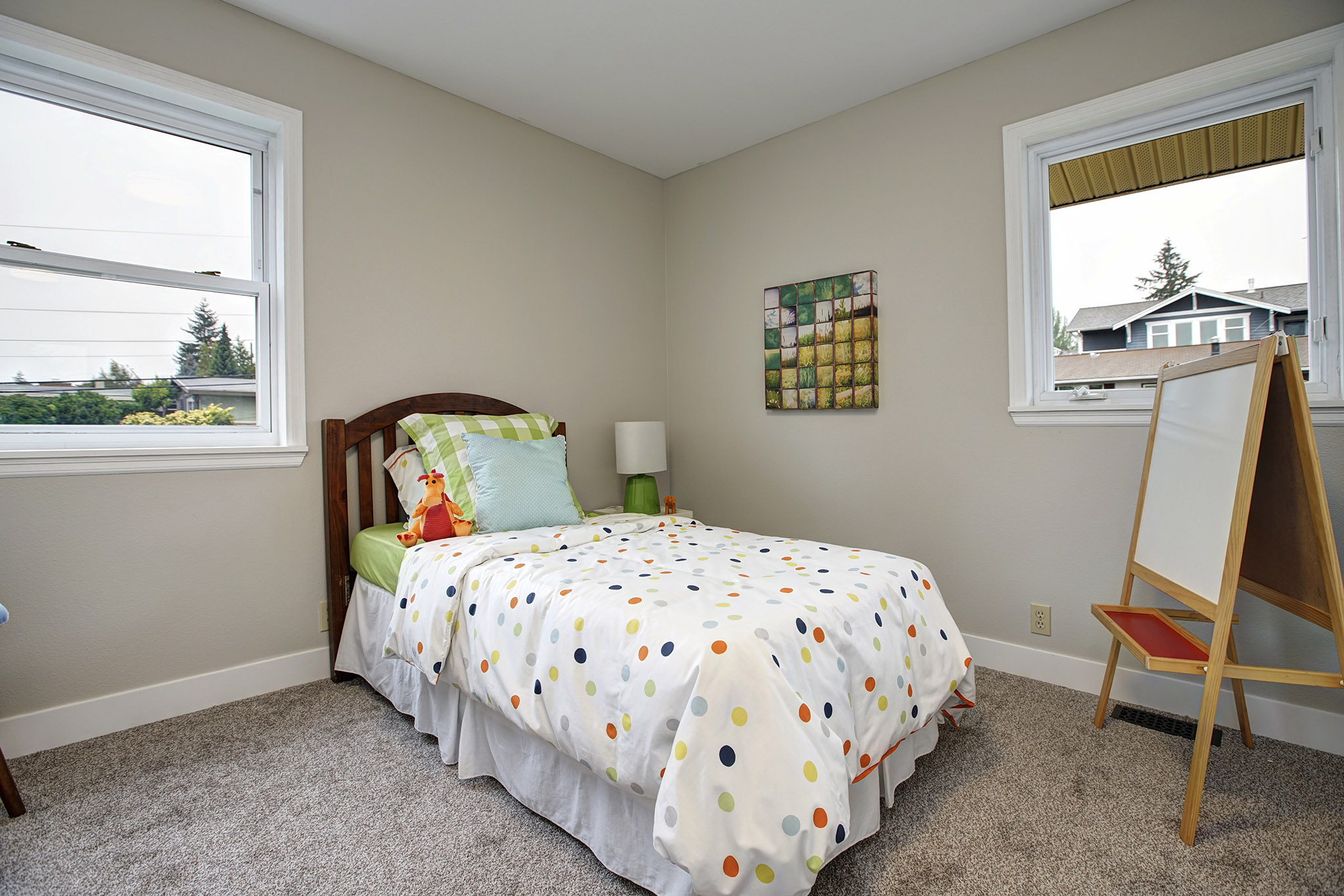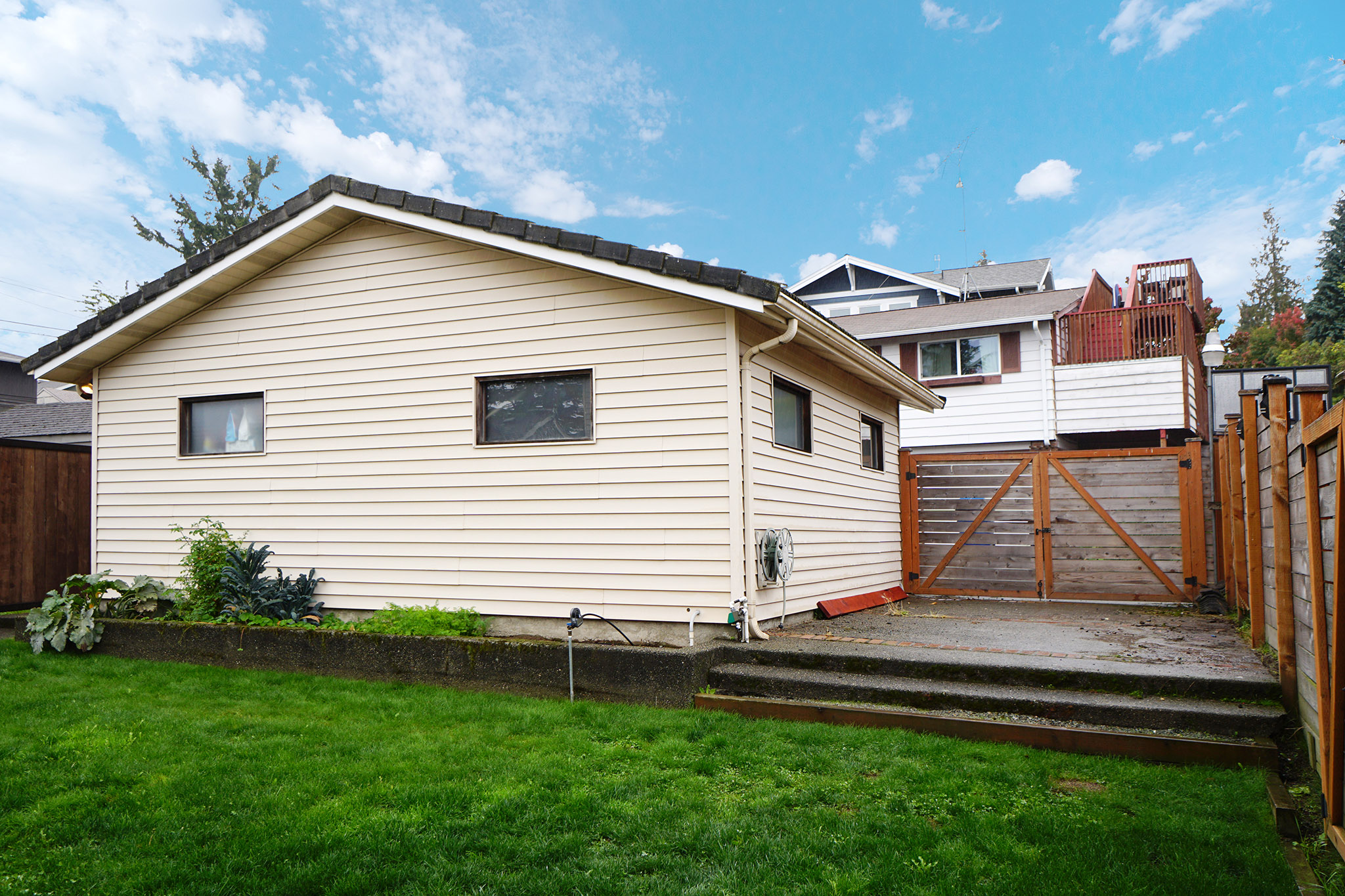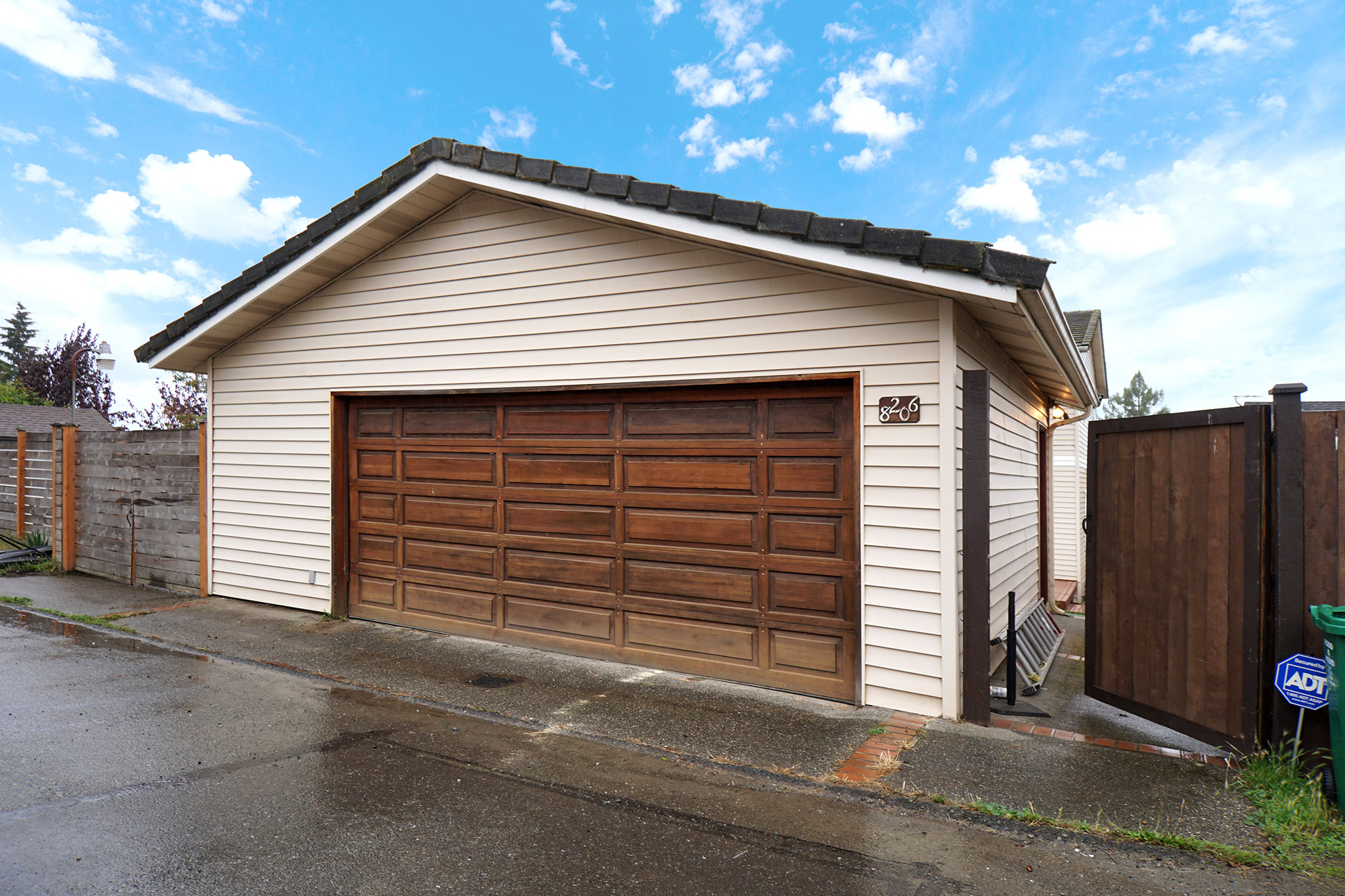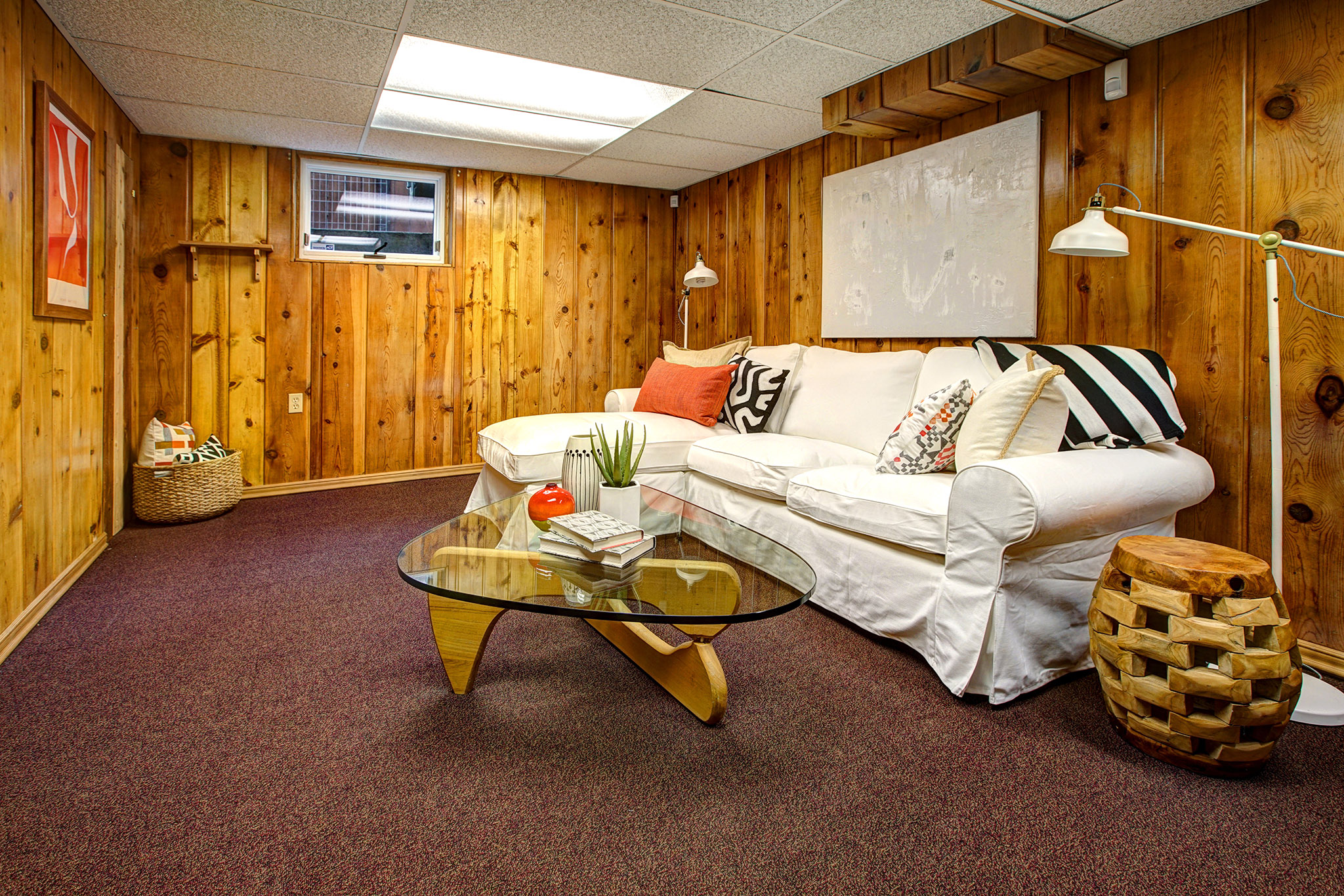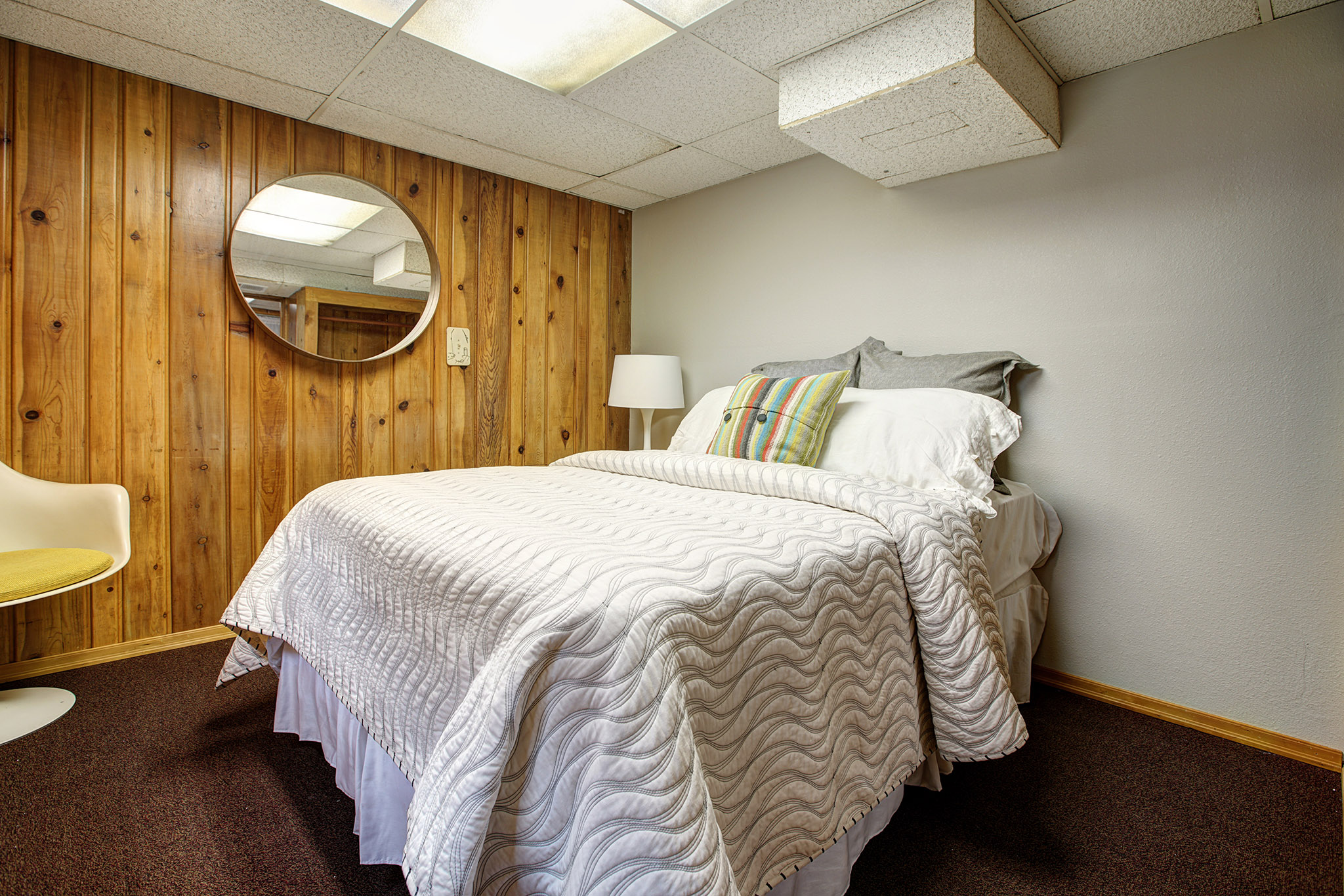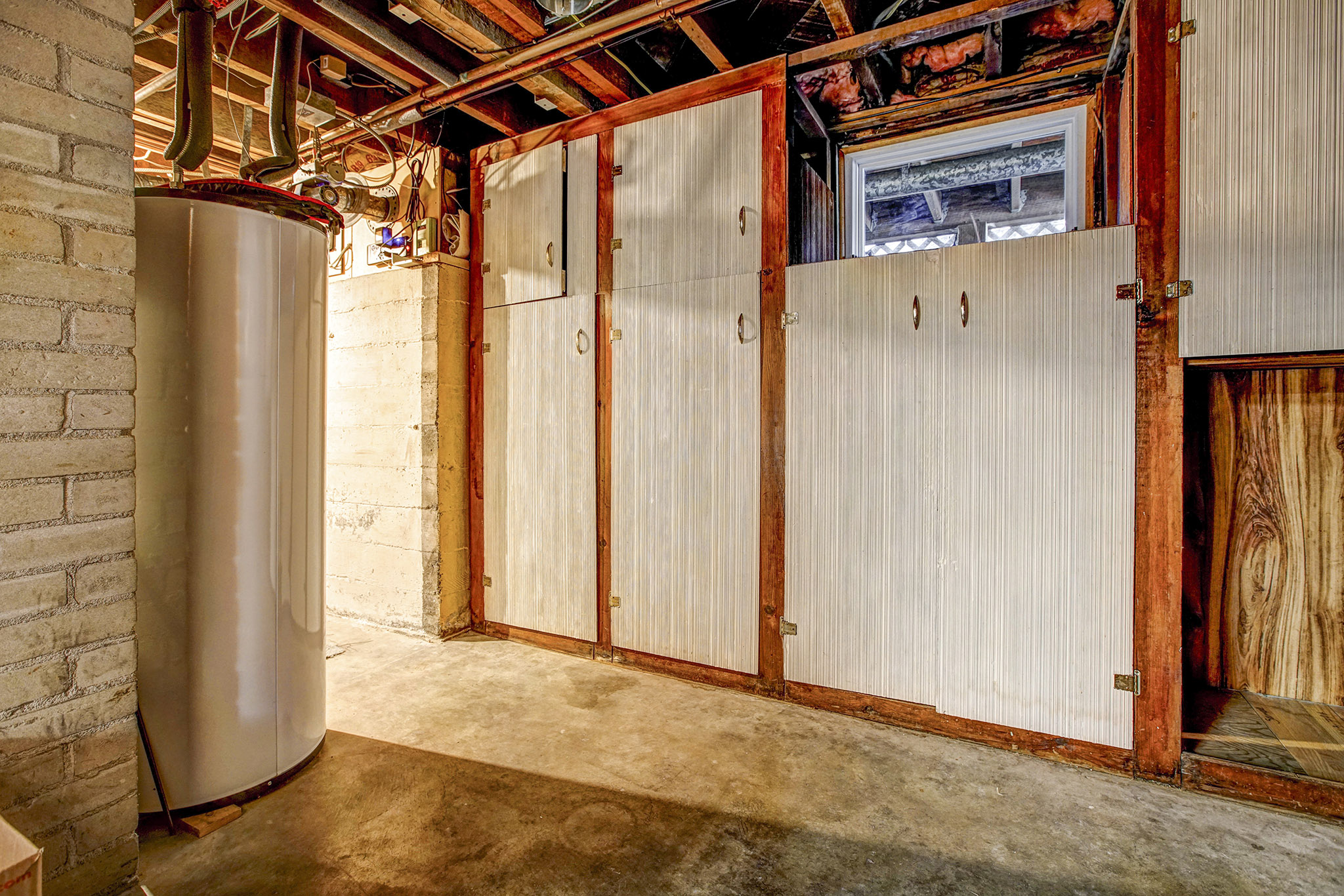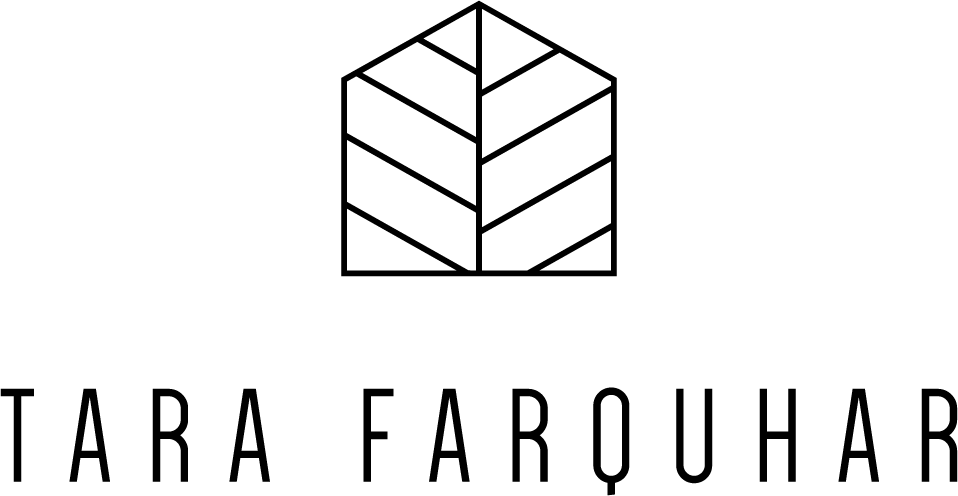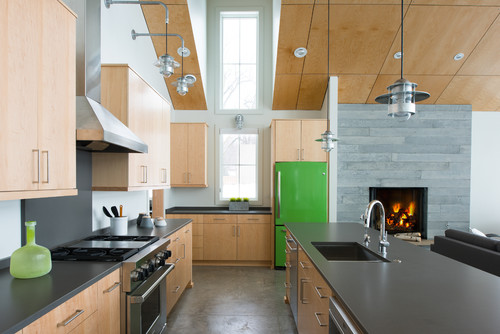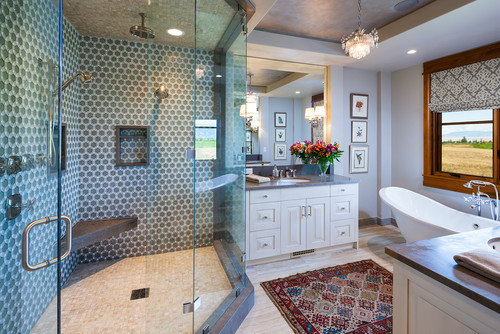JUST SOLD | Purchase in Des Moines
1236 S 101st Street | Seattle, WA 98168
Read MoreJUST SOLD | Top Floor Edmonds Condo
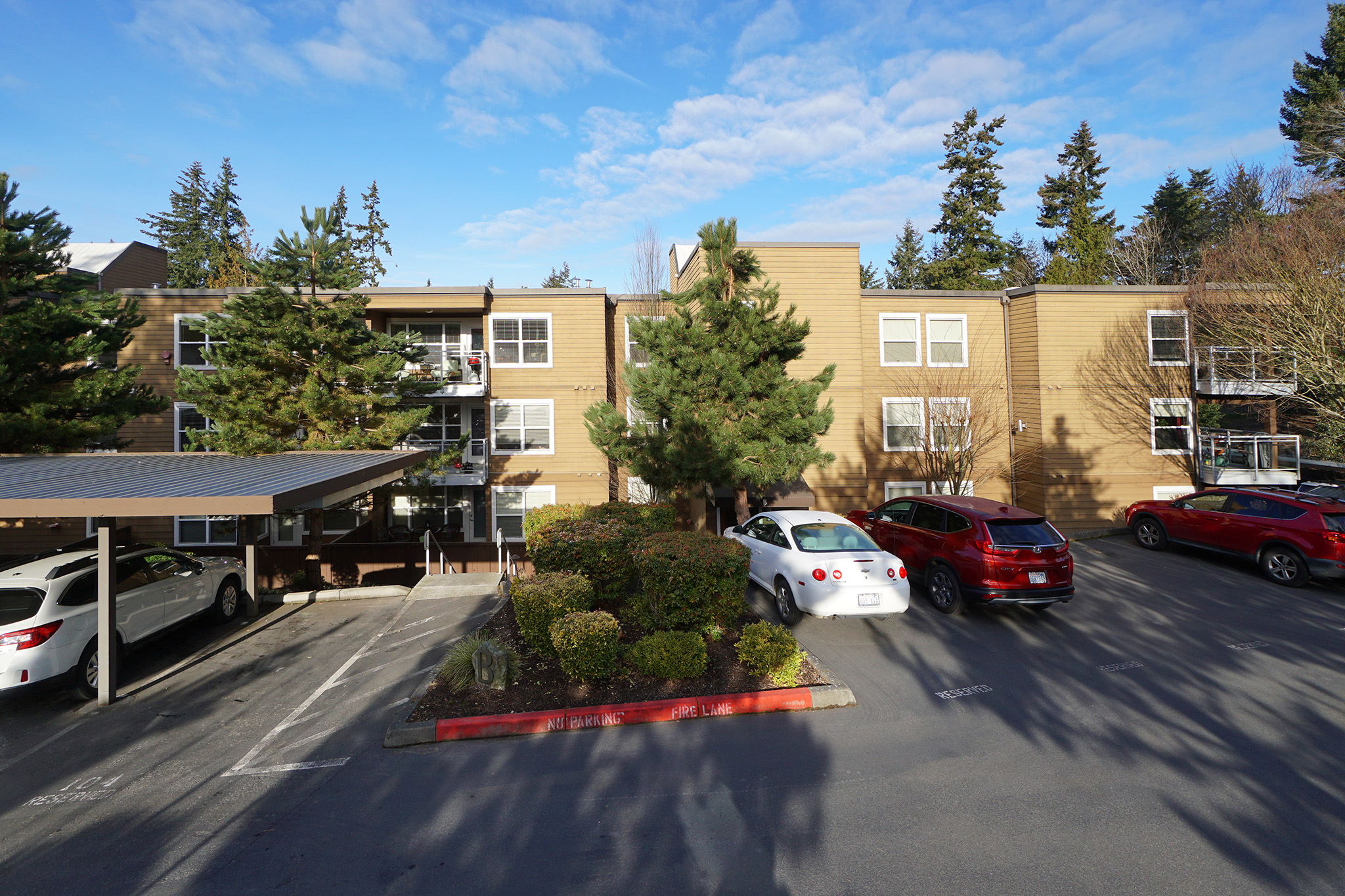
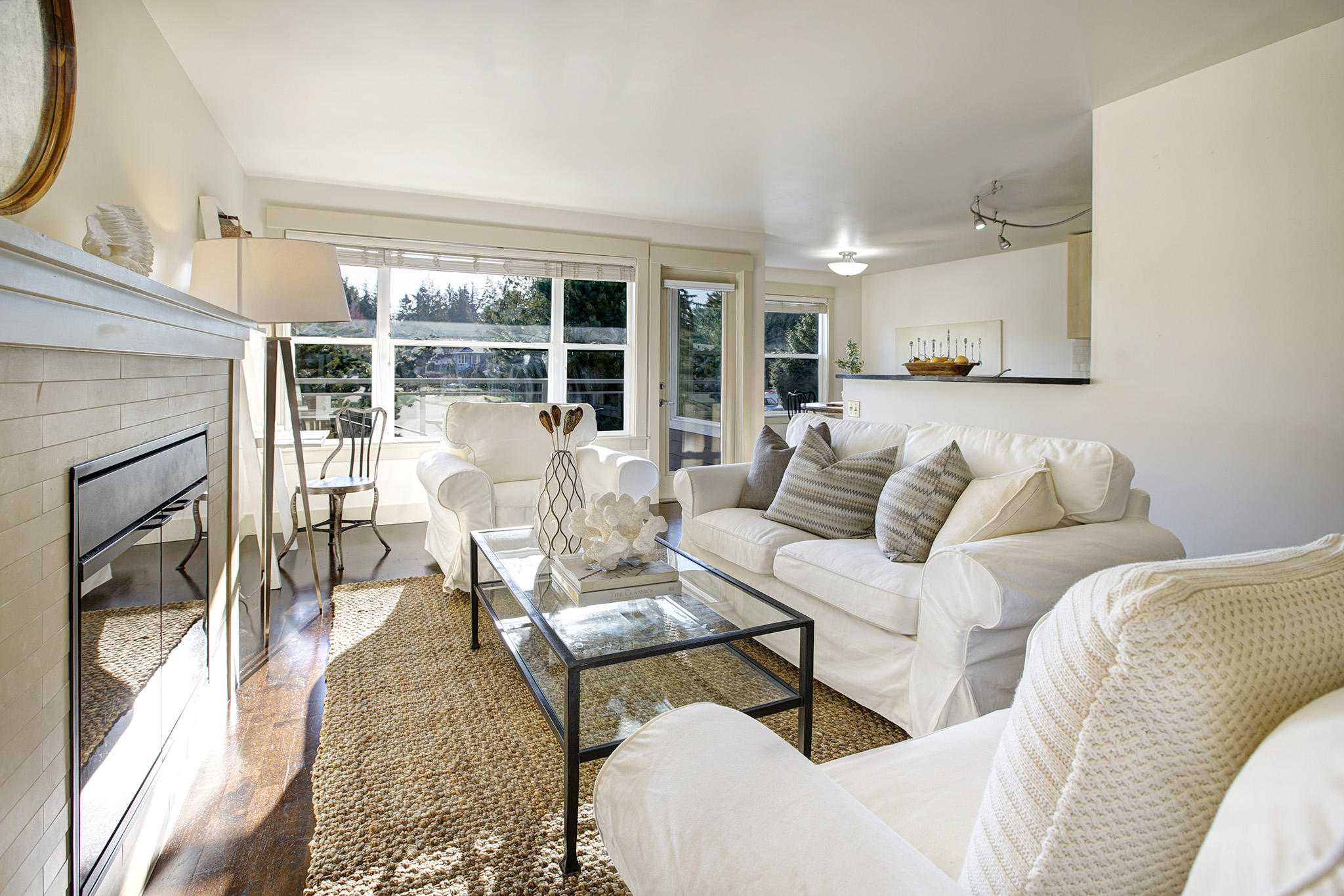
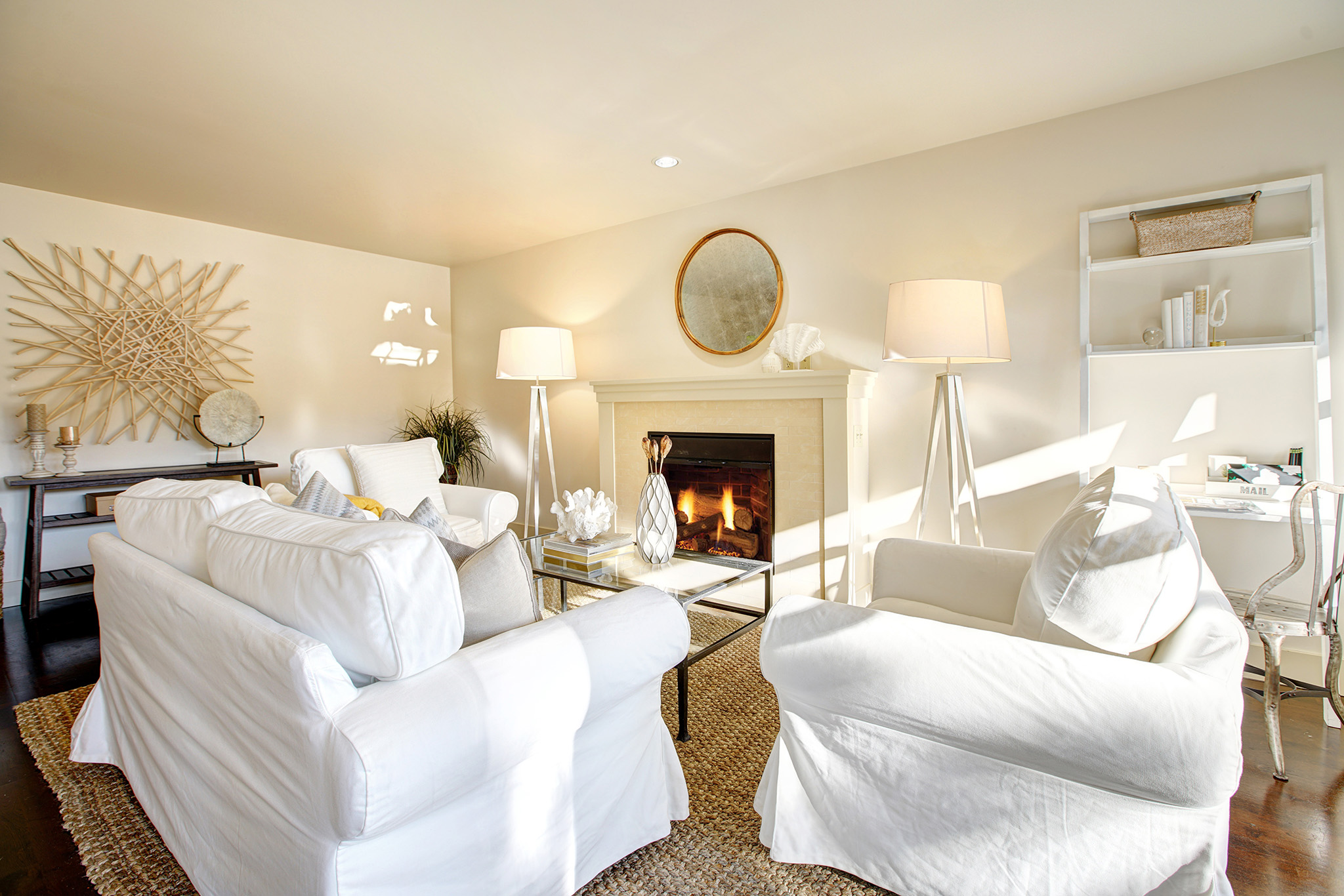
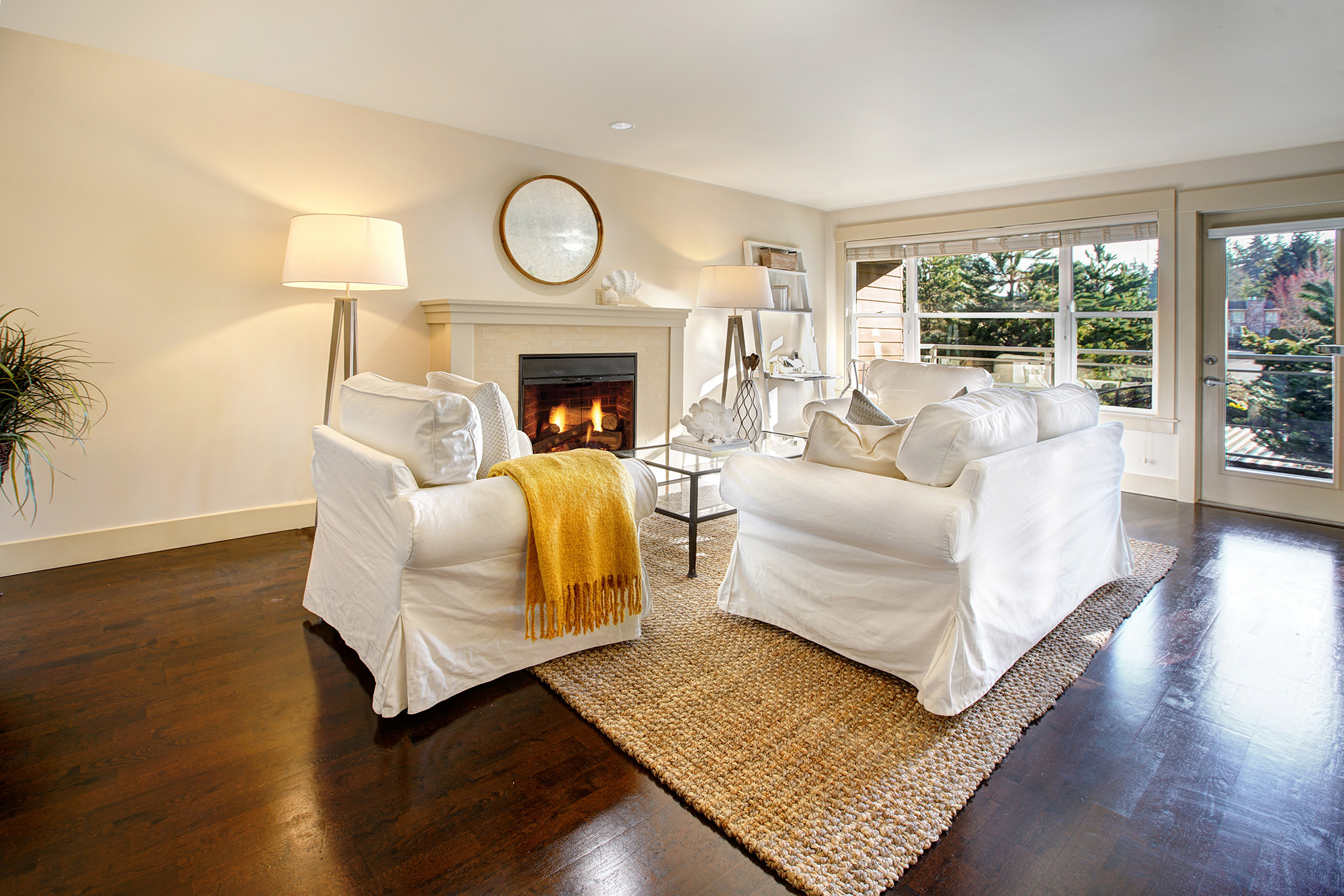
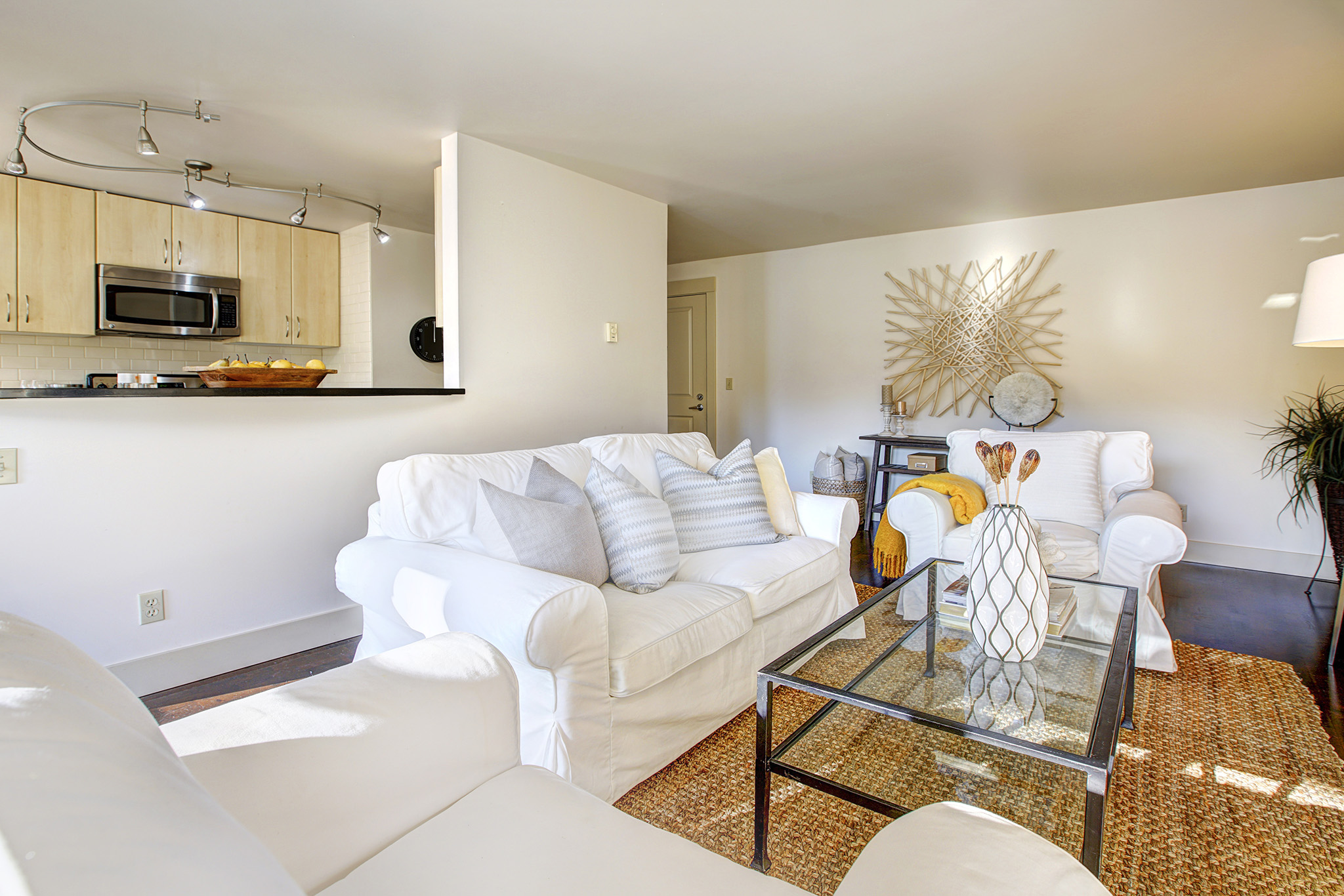
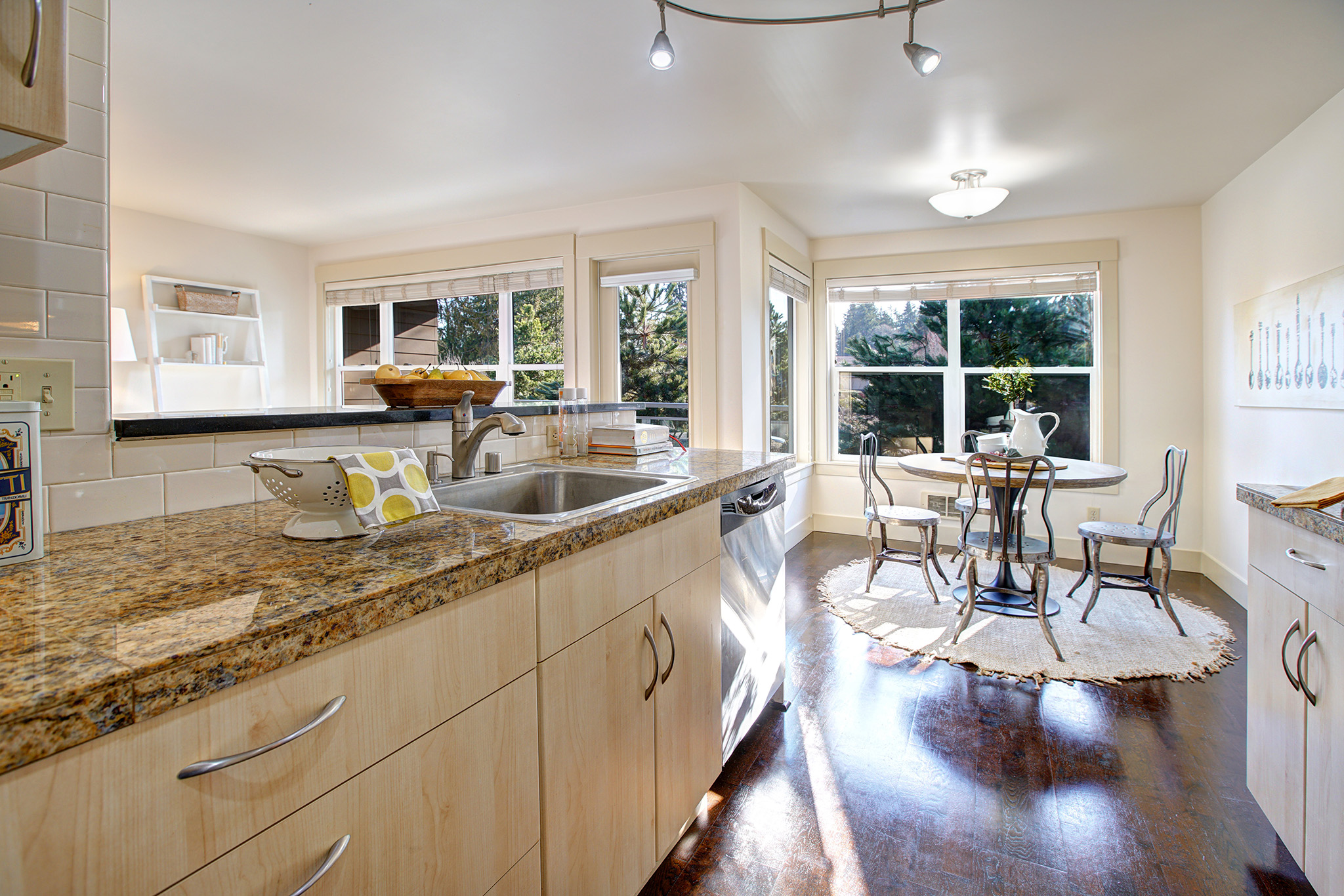
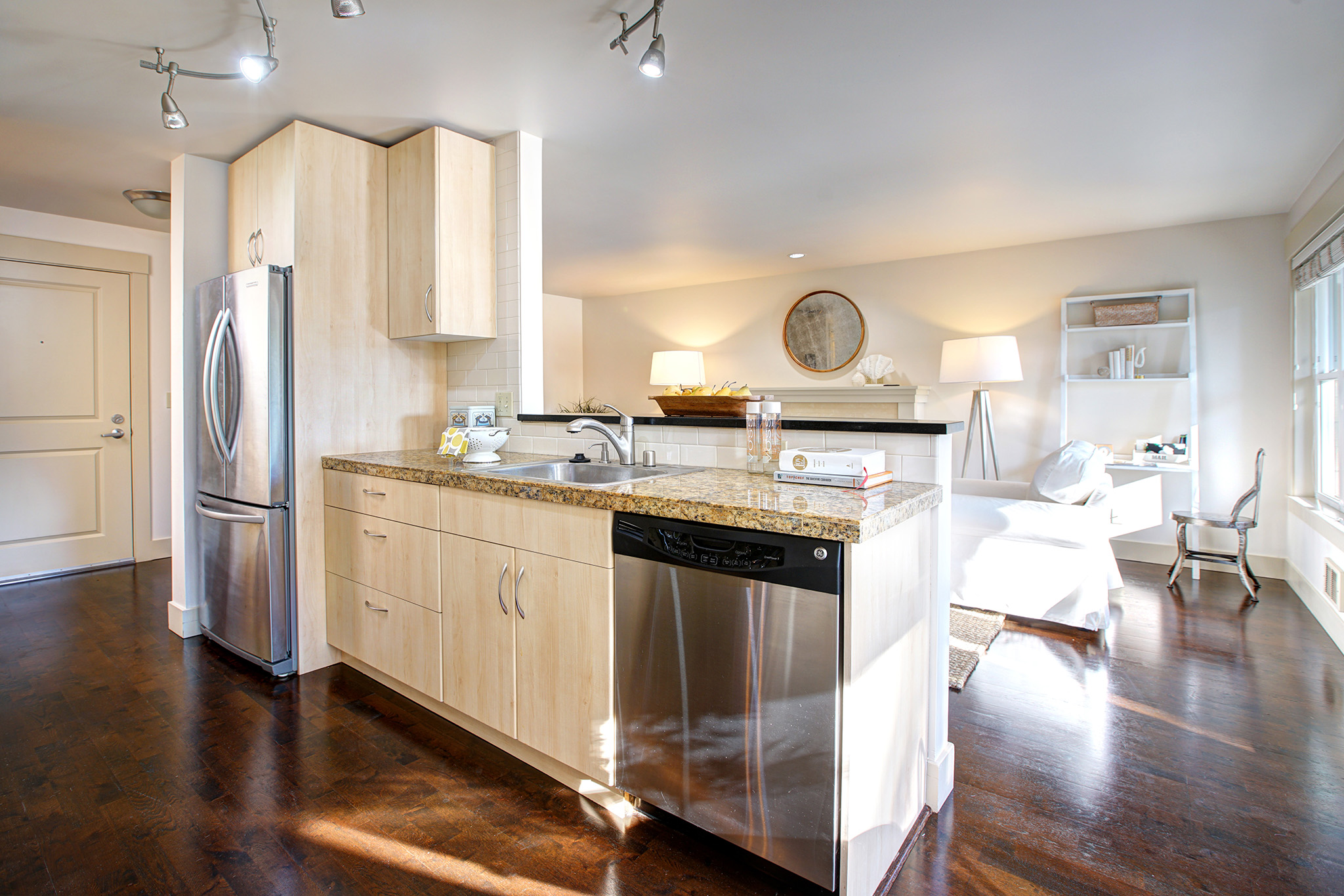

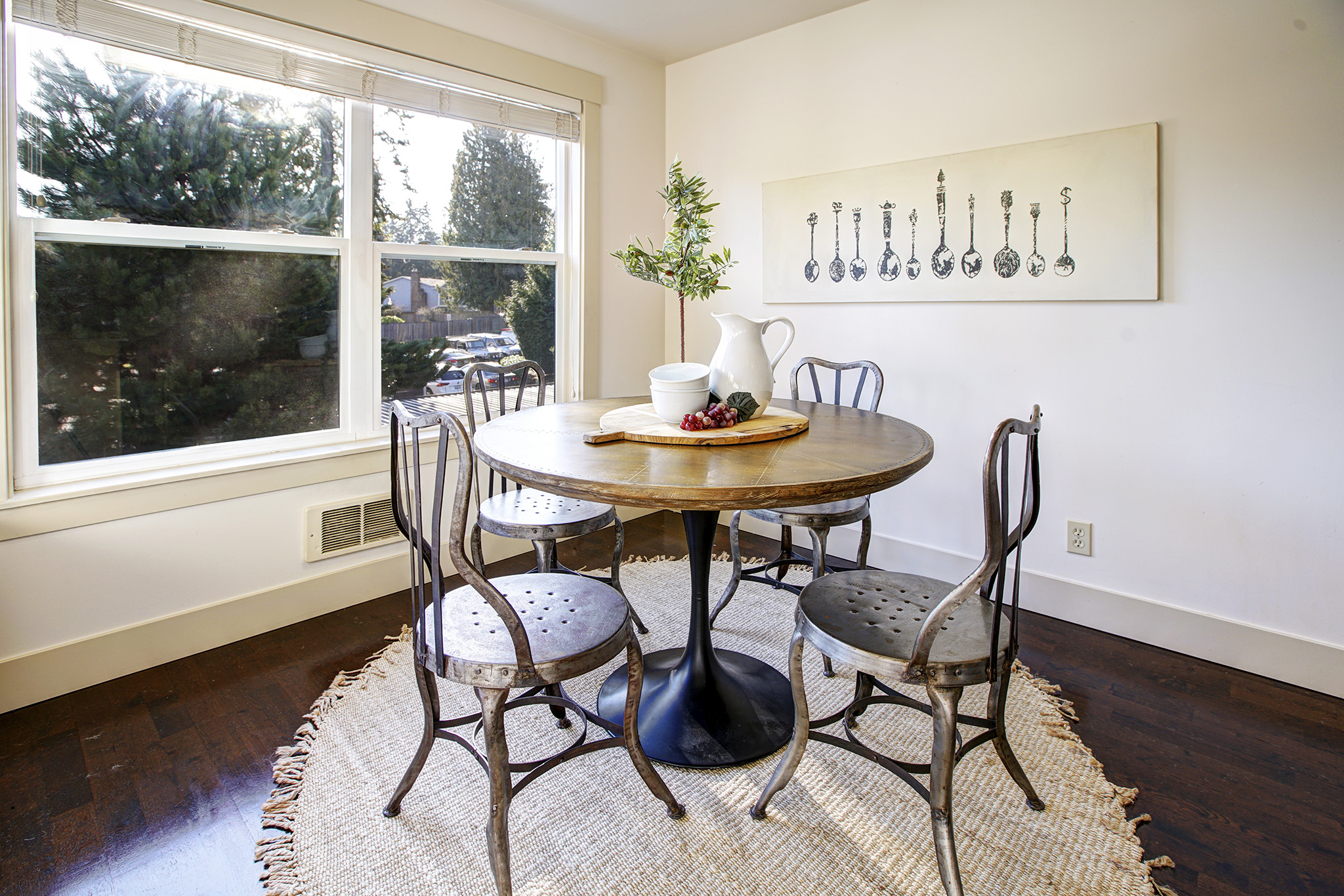
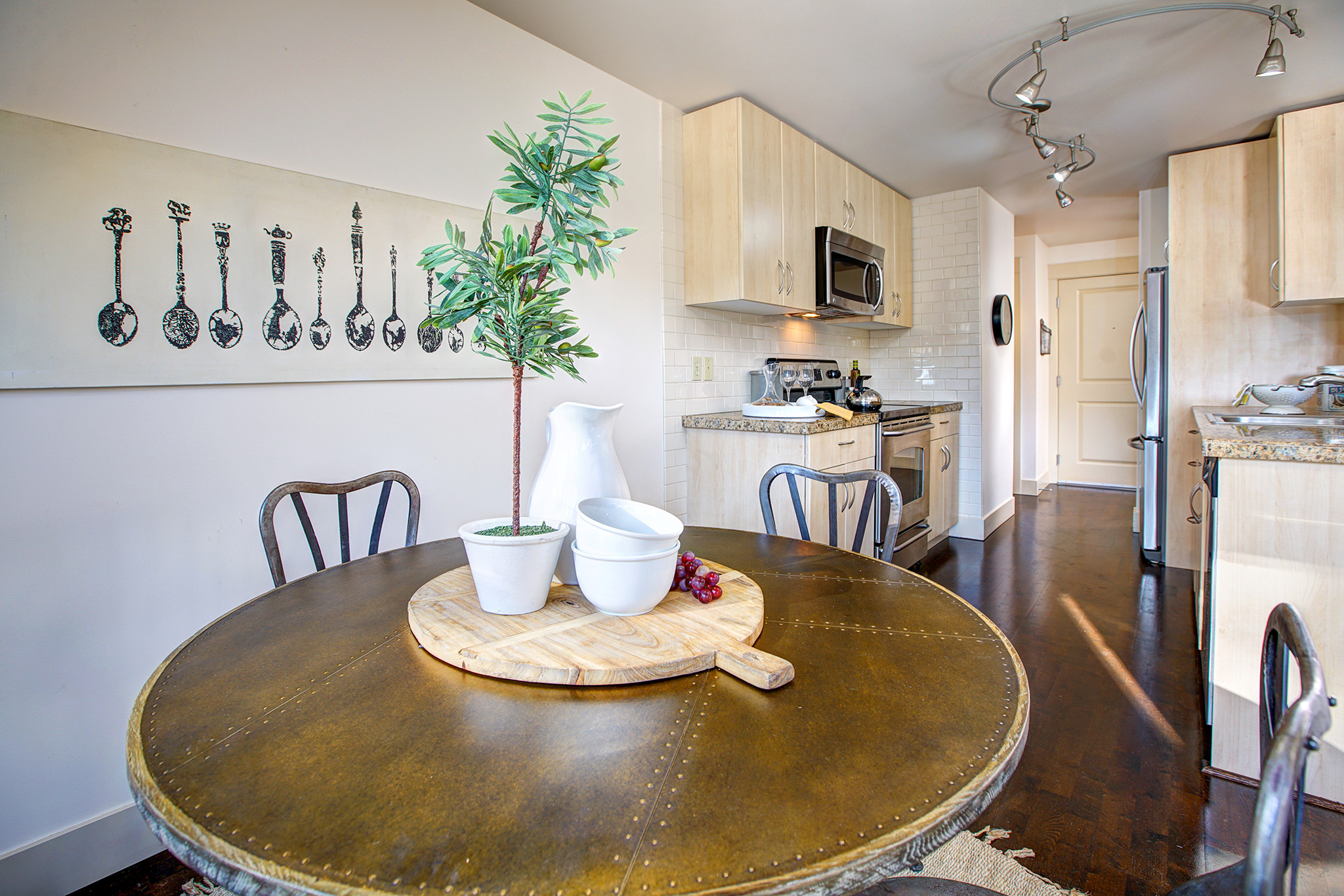
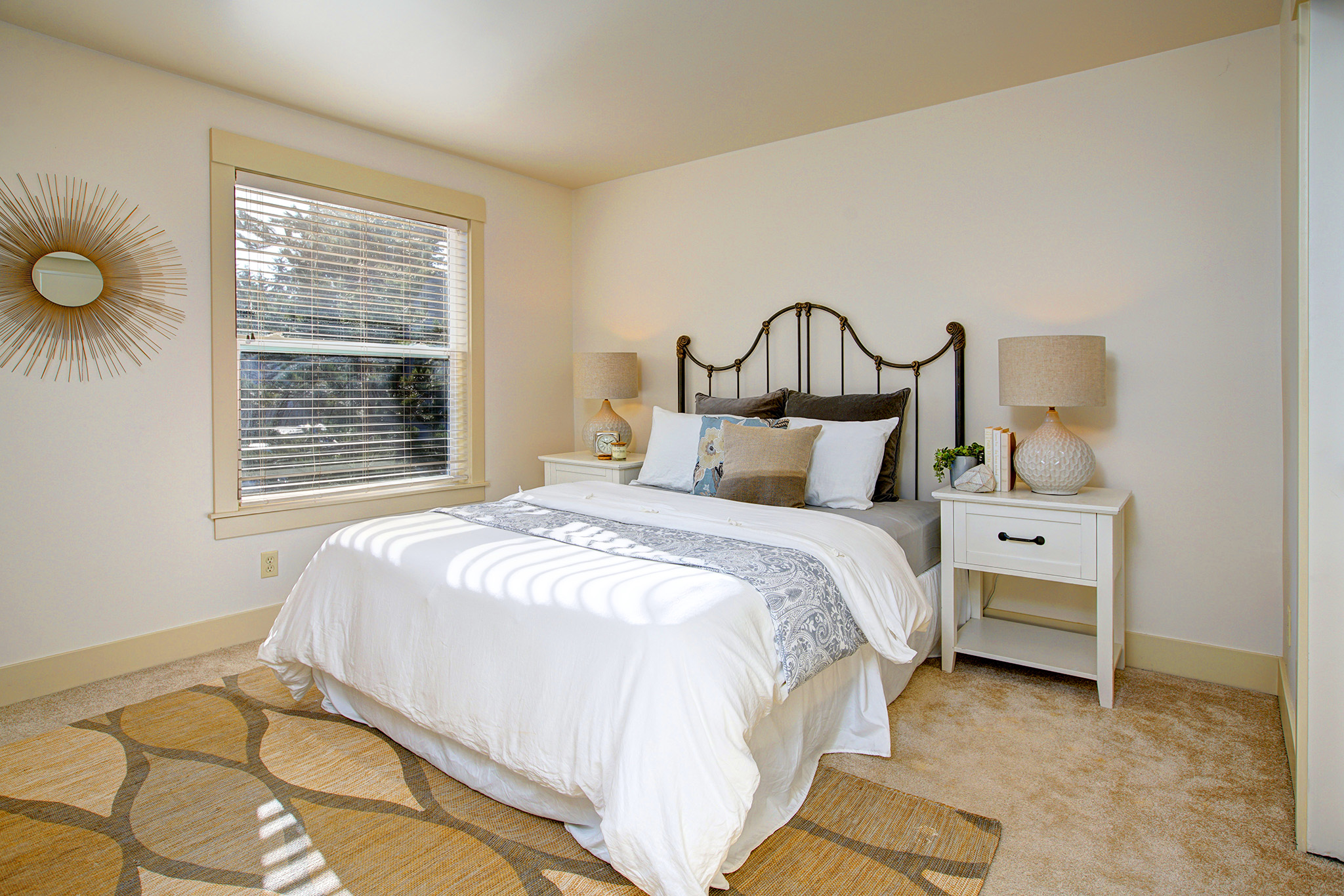
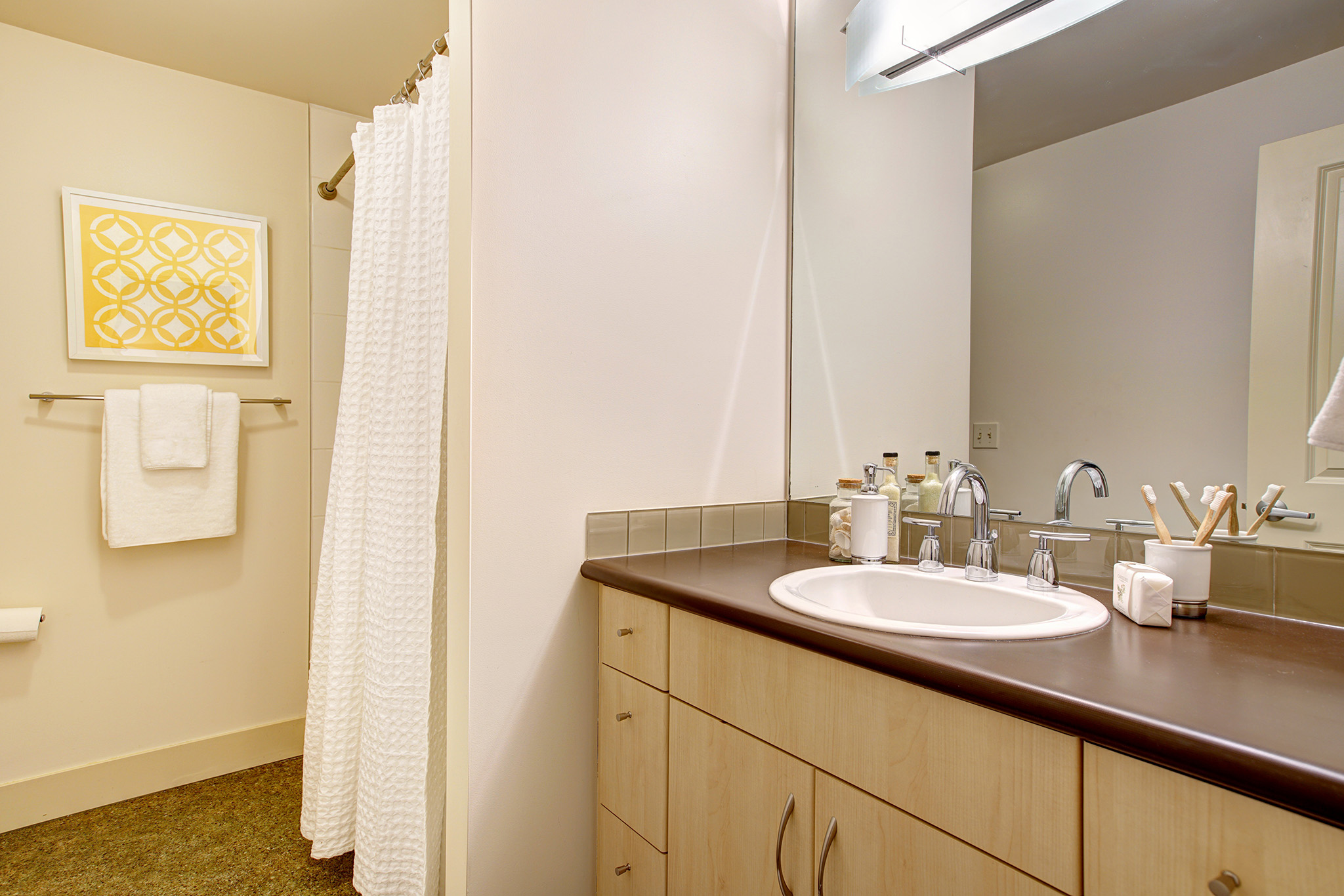
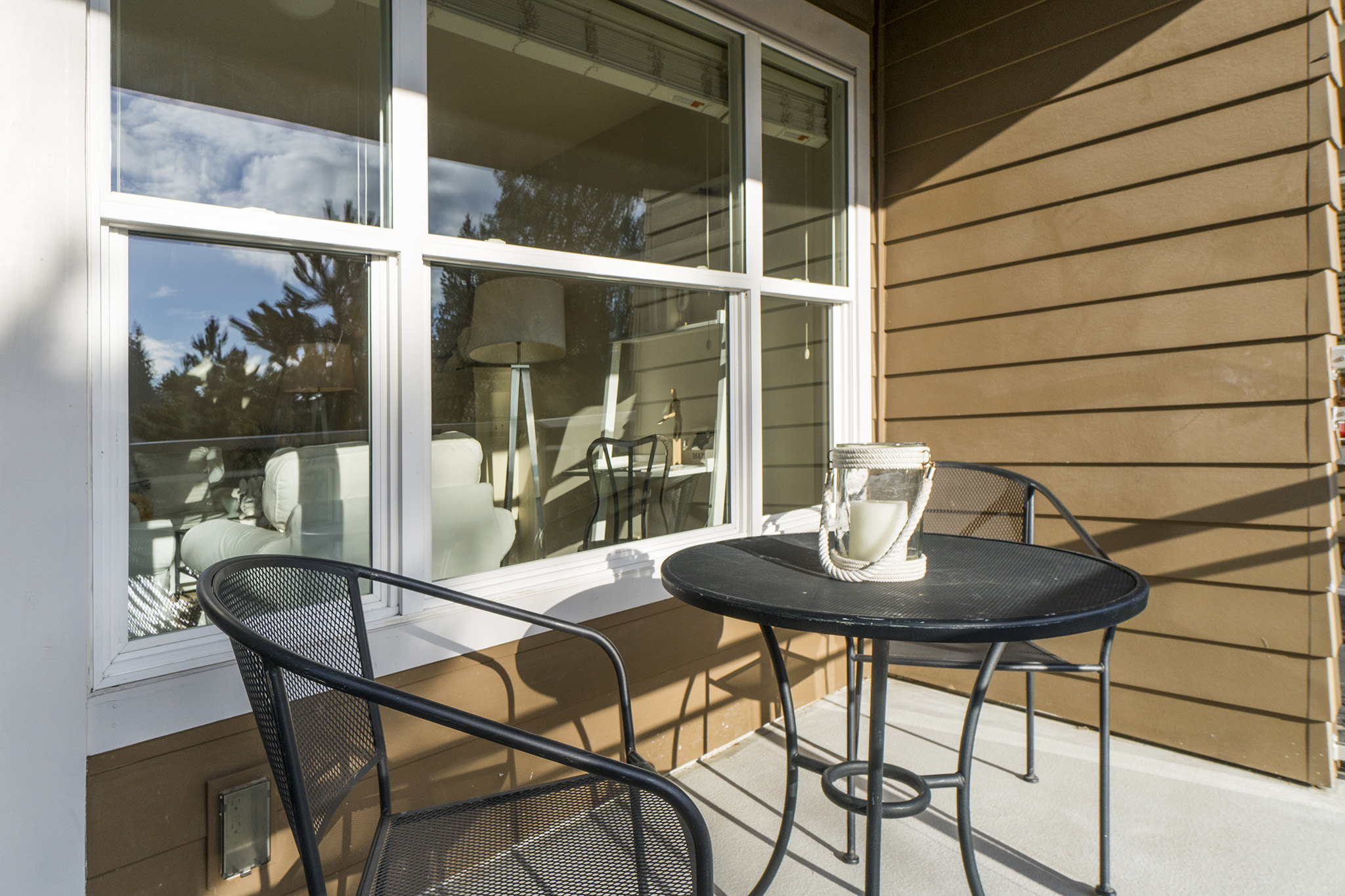
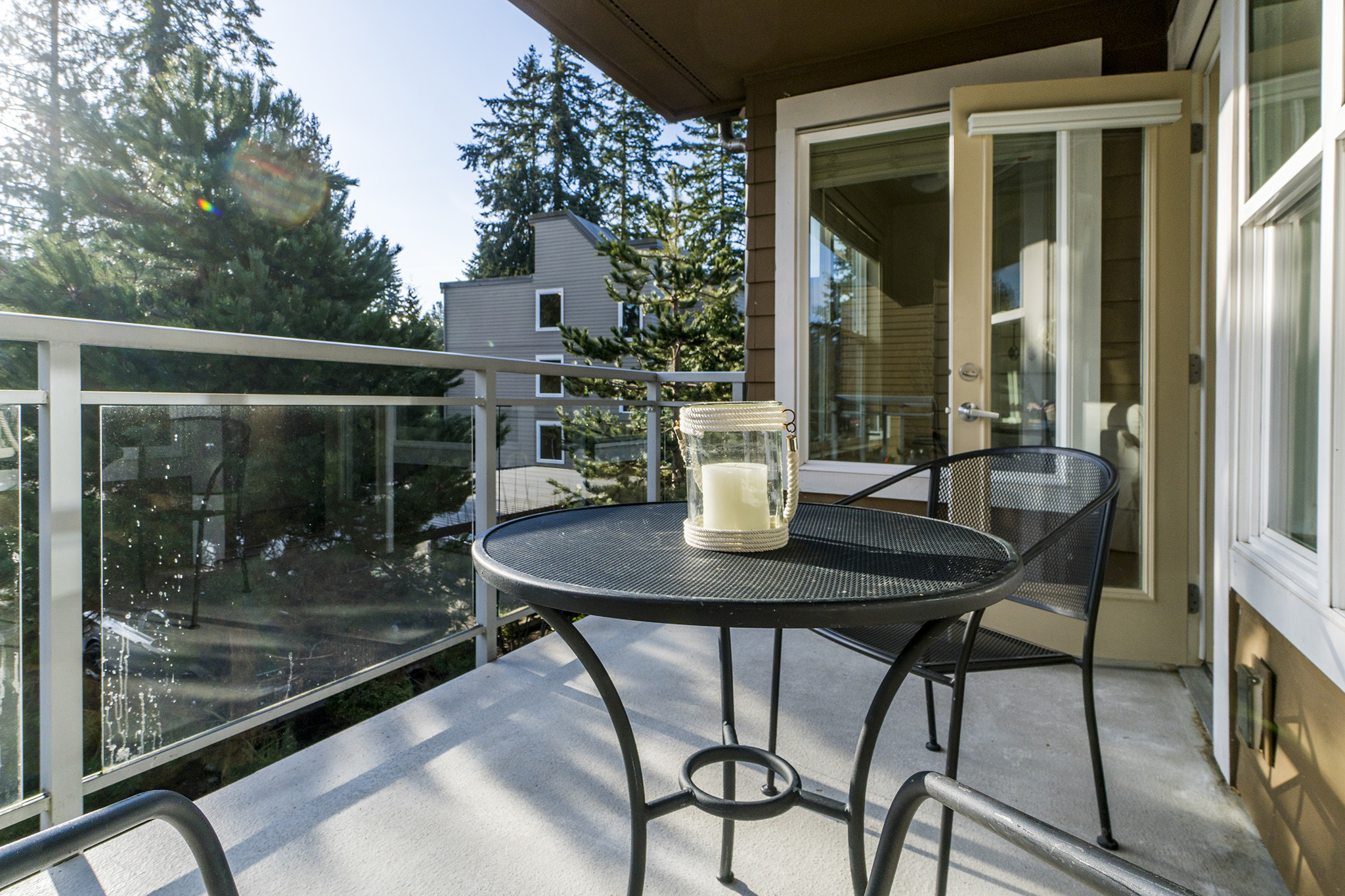
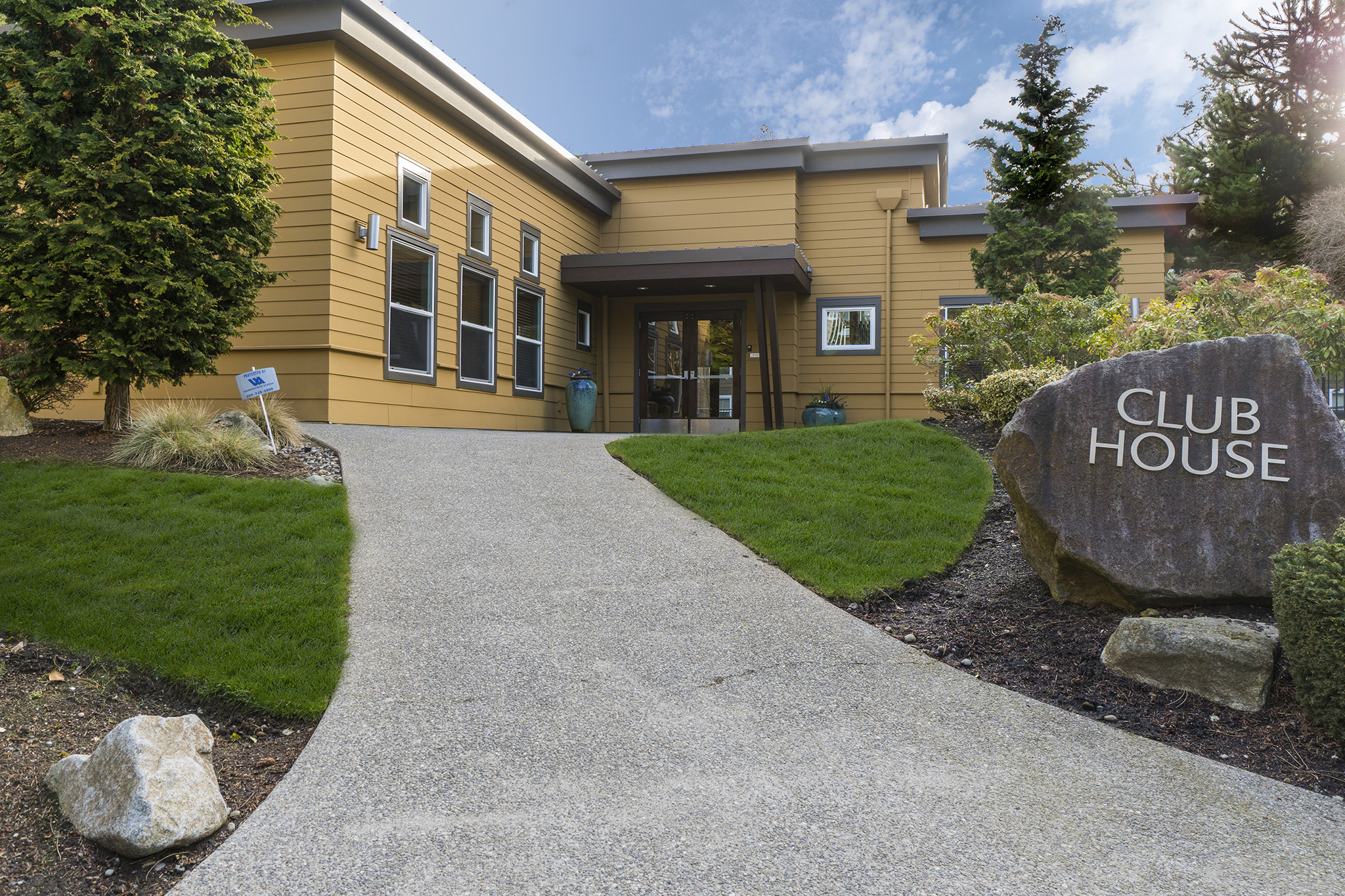
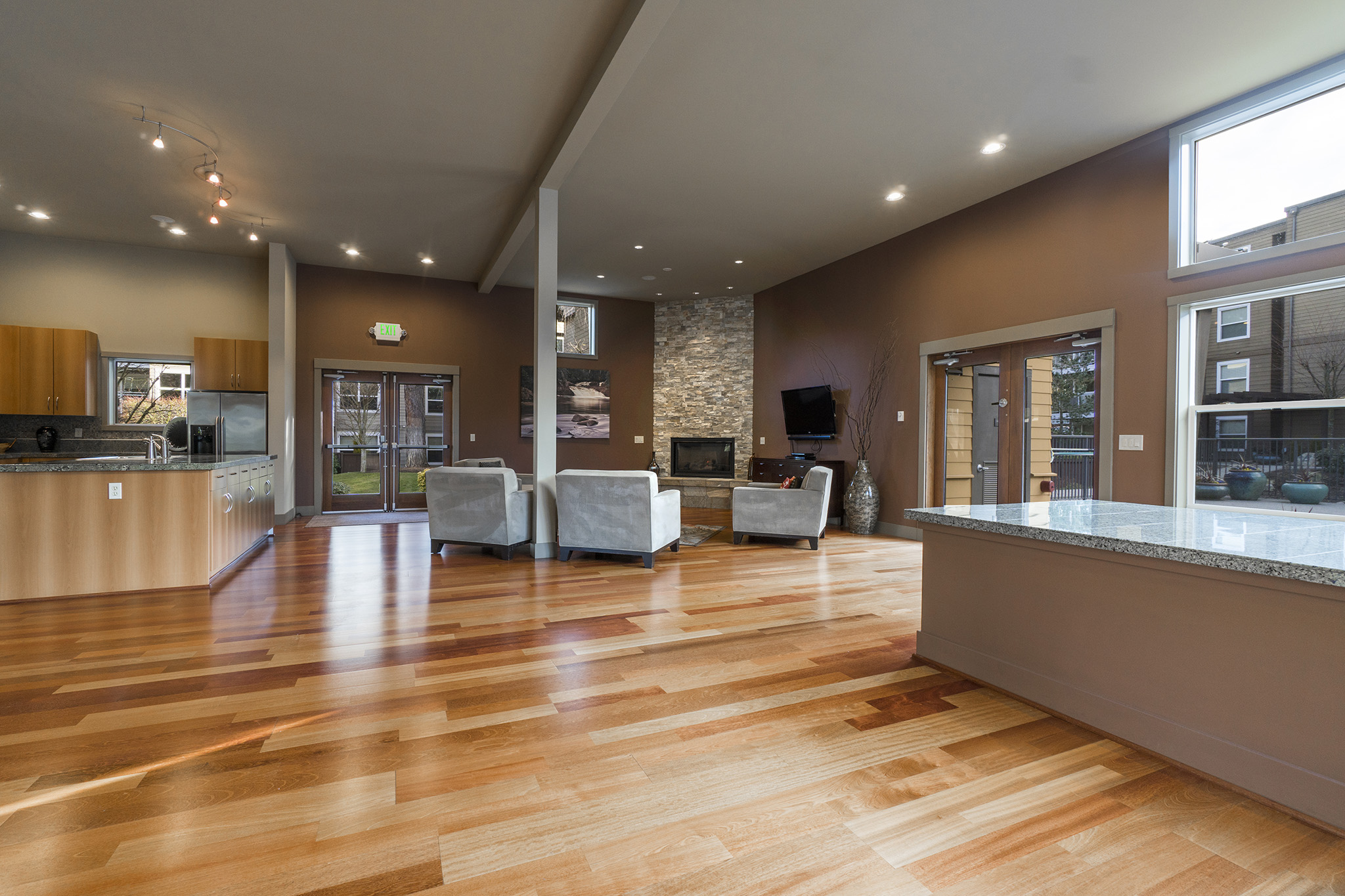
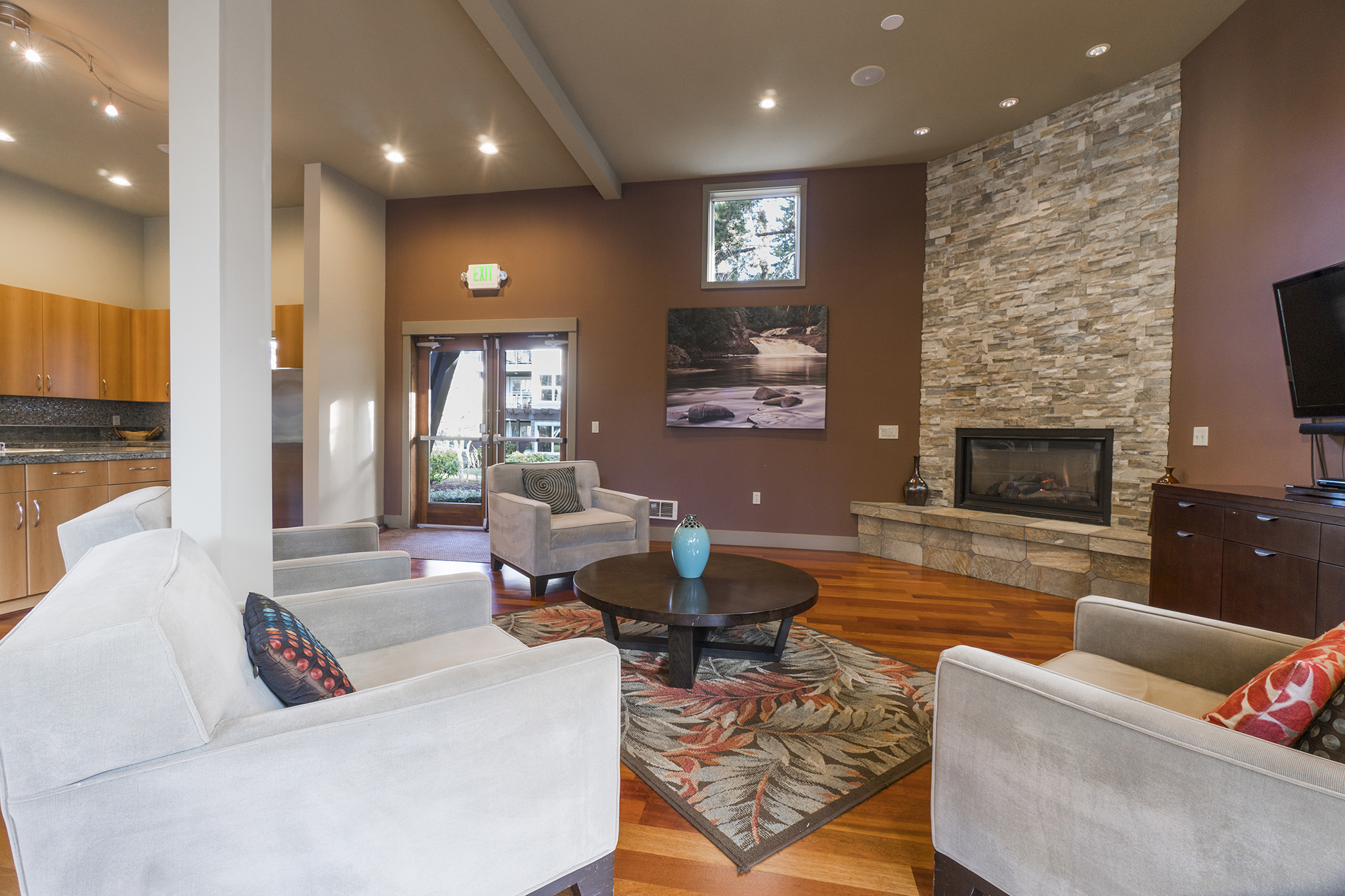

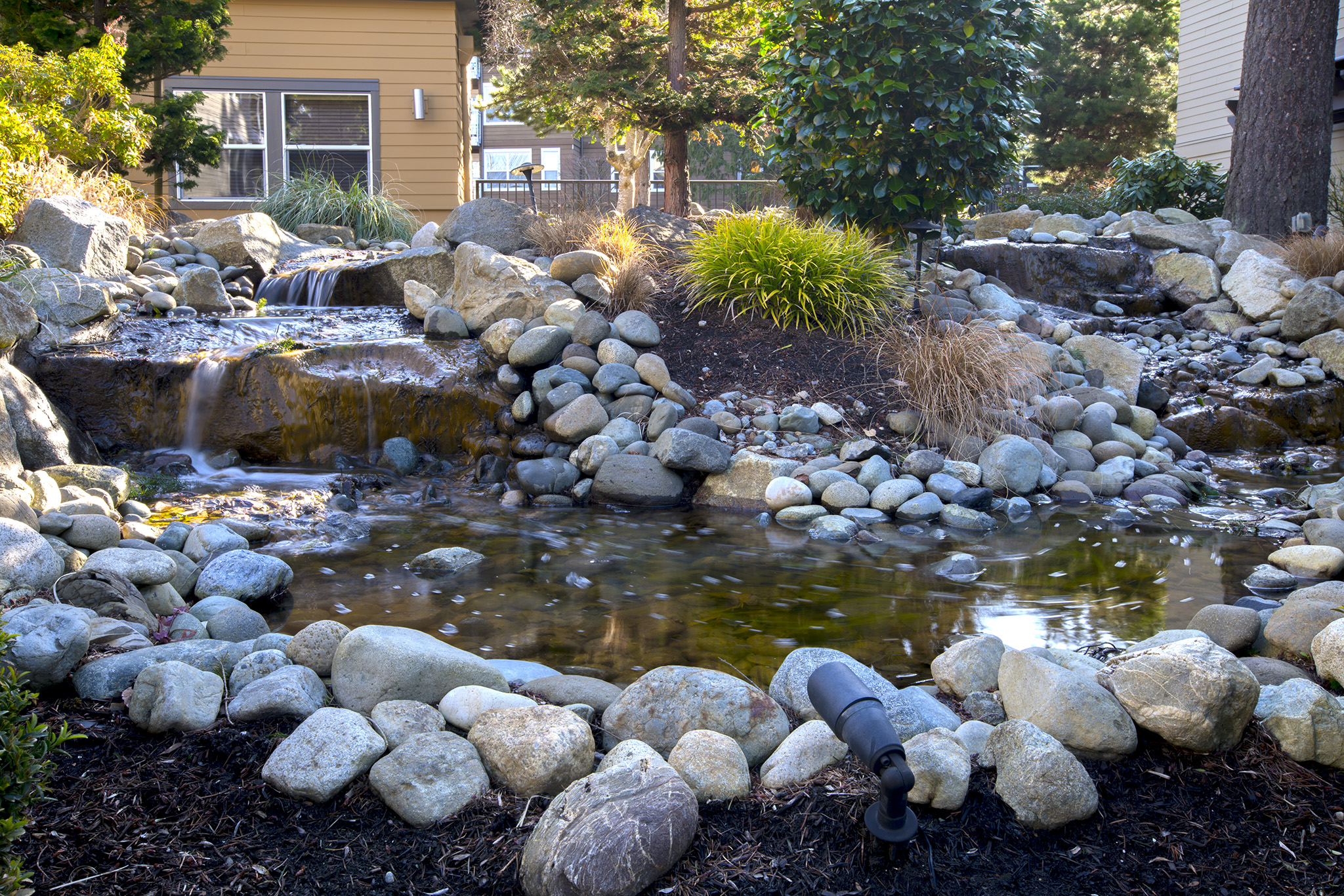
22910 90th Avenue W #B404 / Edmonds 98026
Read MoreJUST SOLD | Olympic Hills Charmer
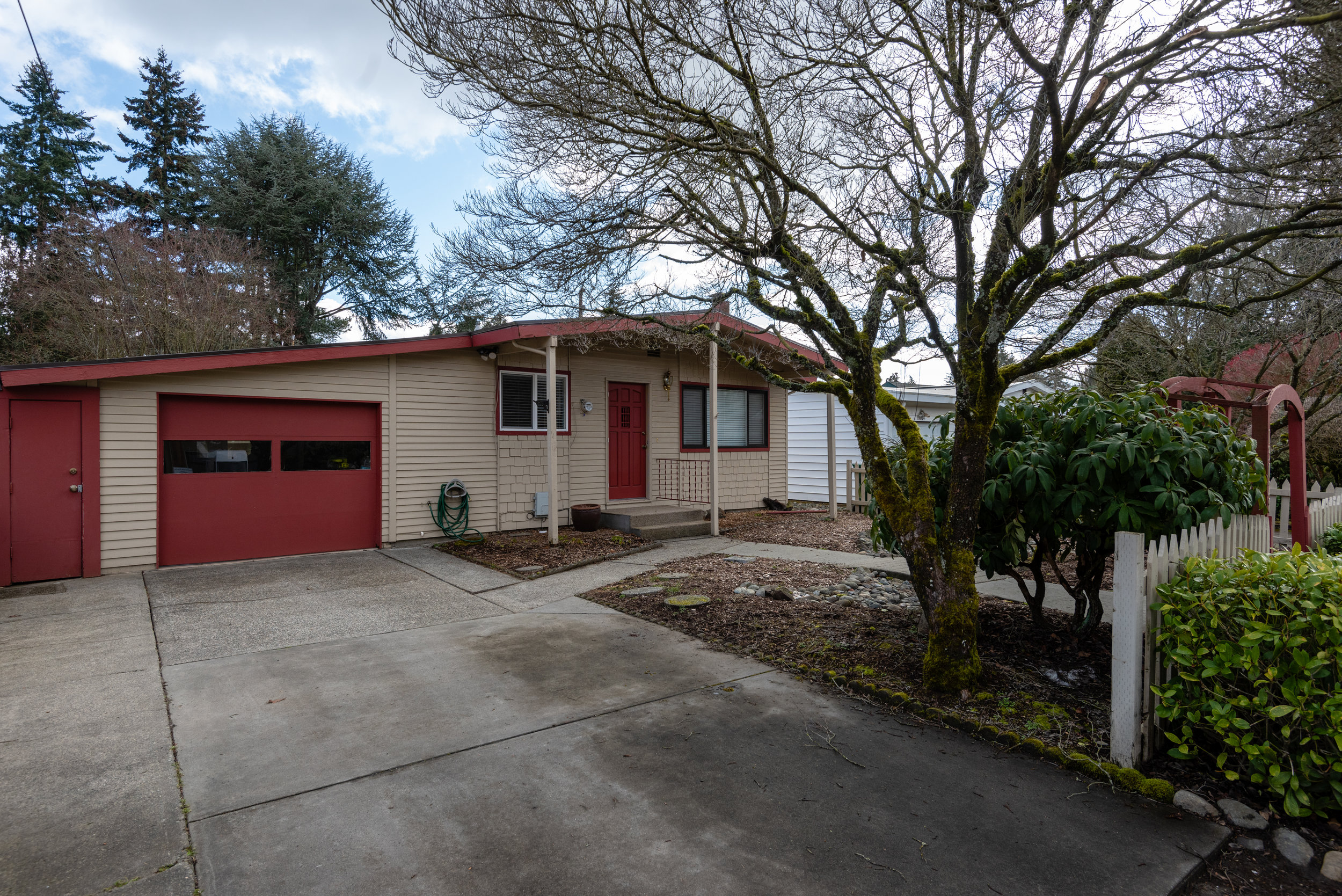

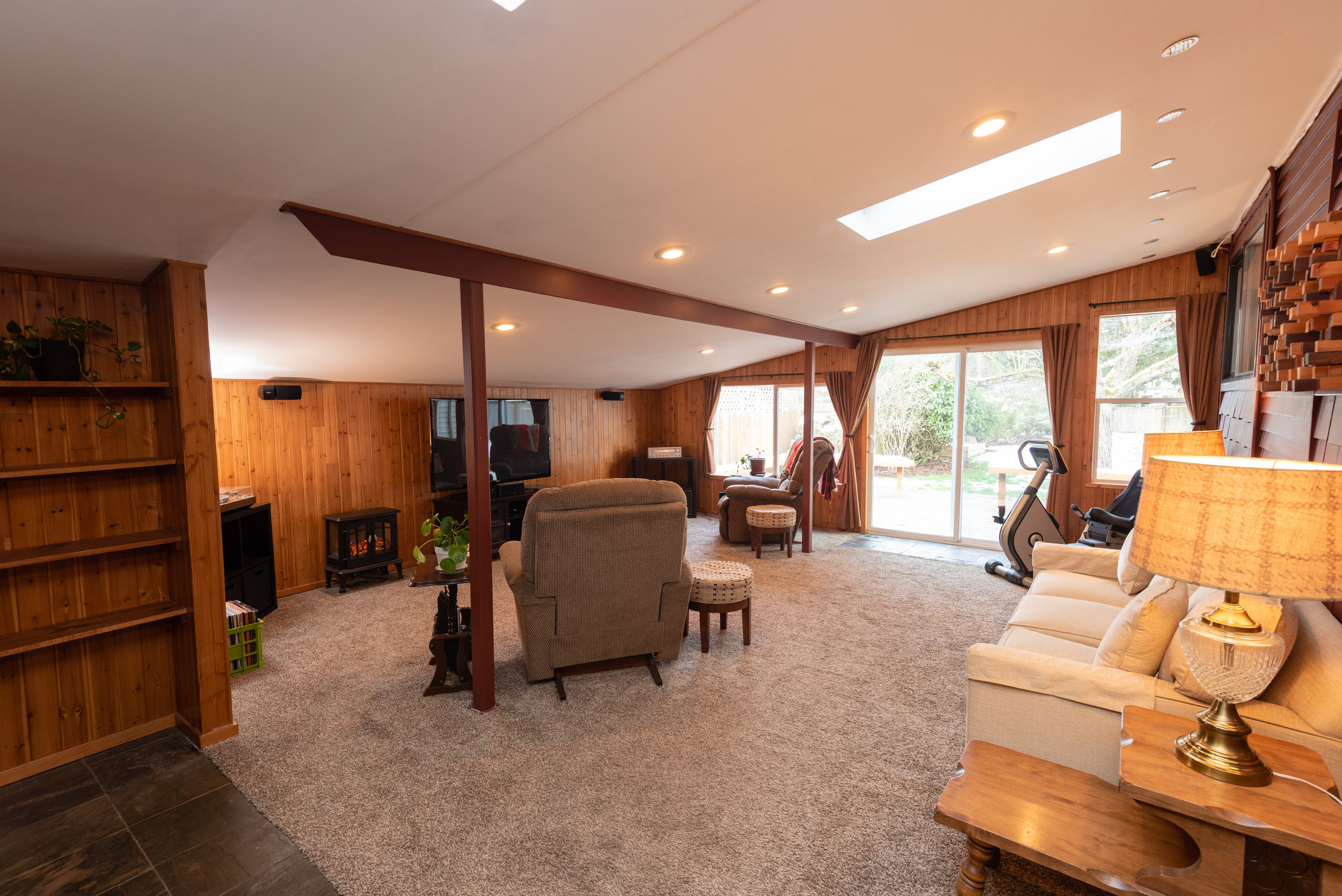
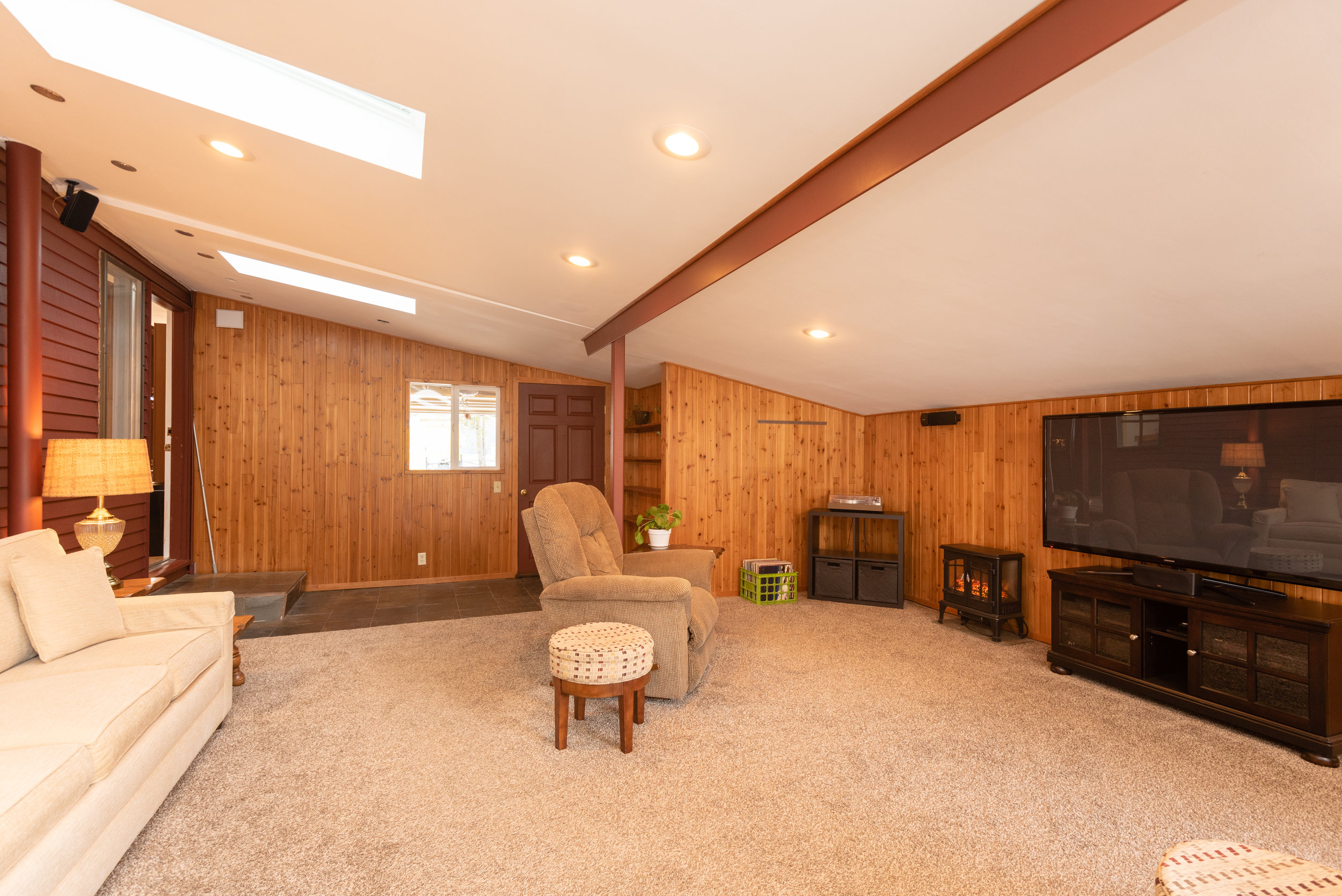
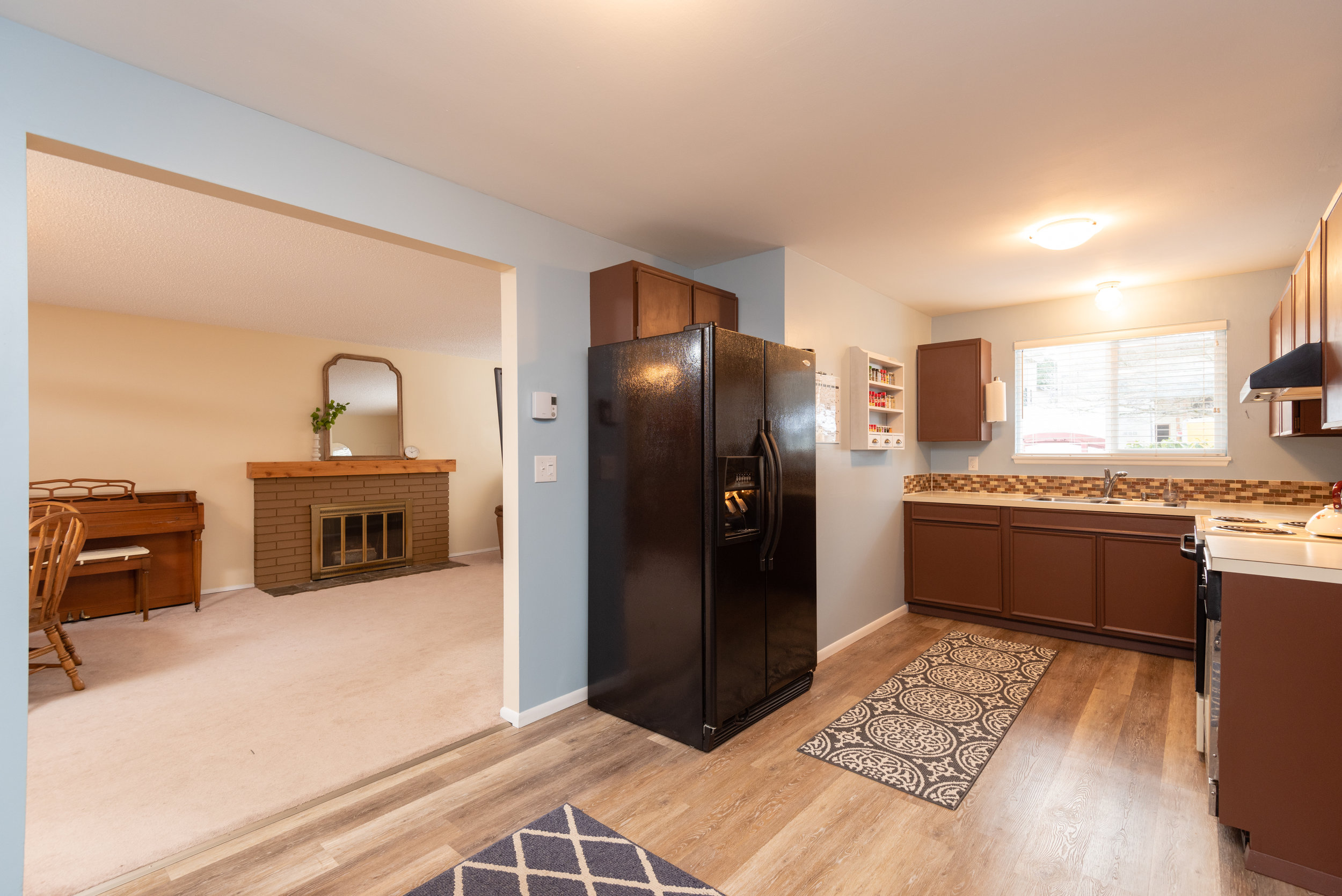
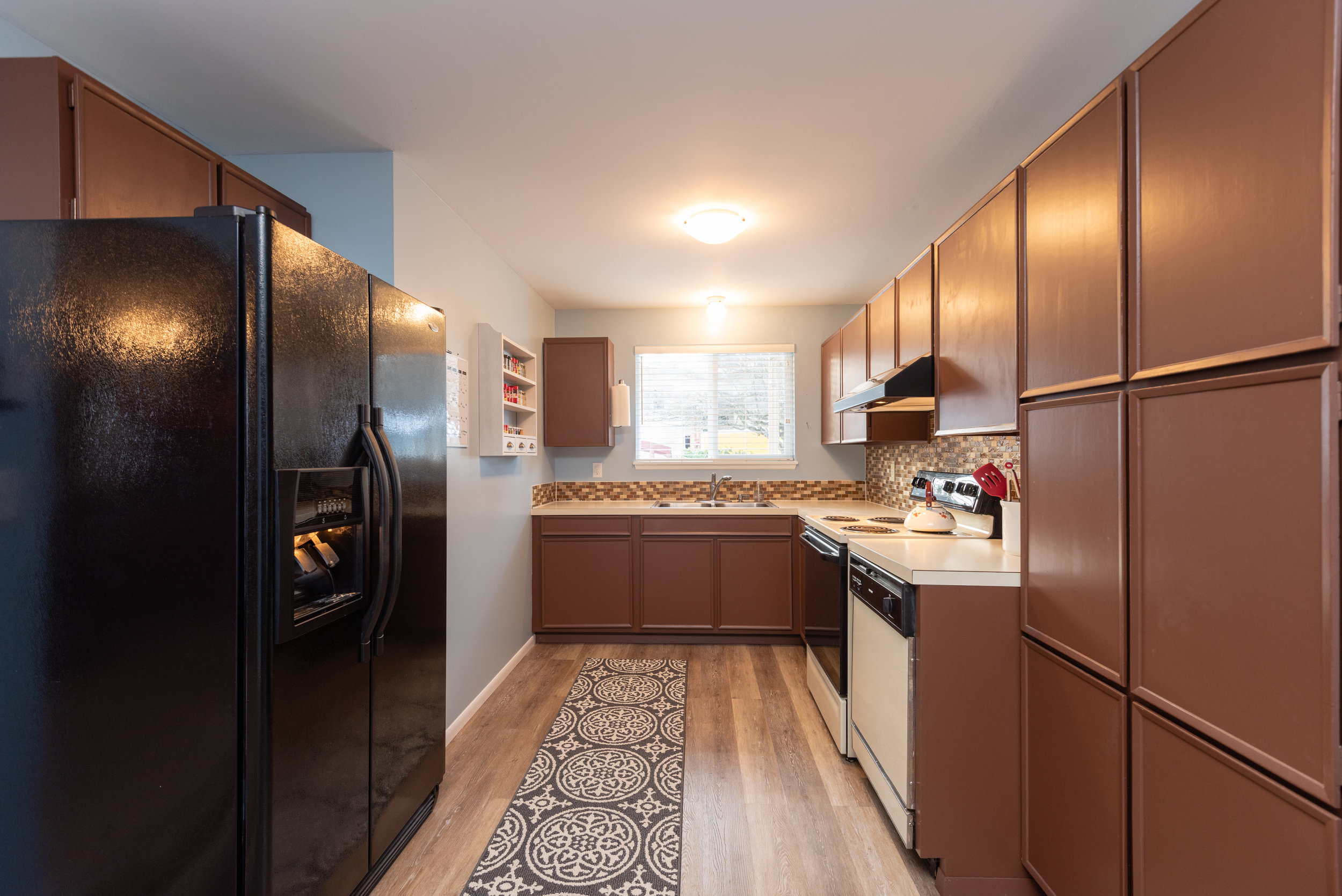
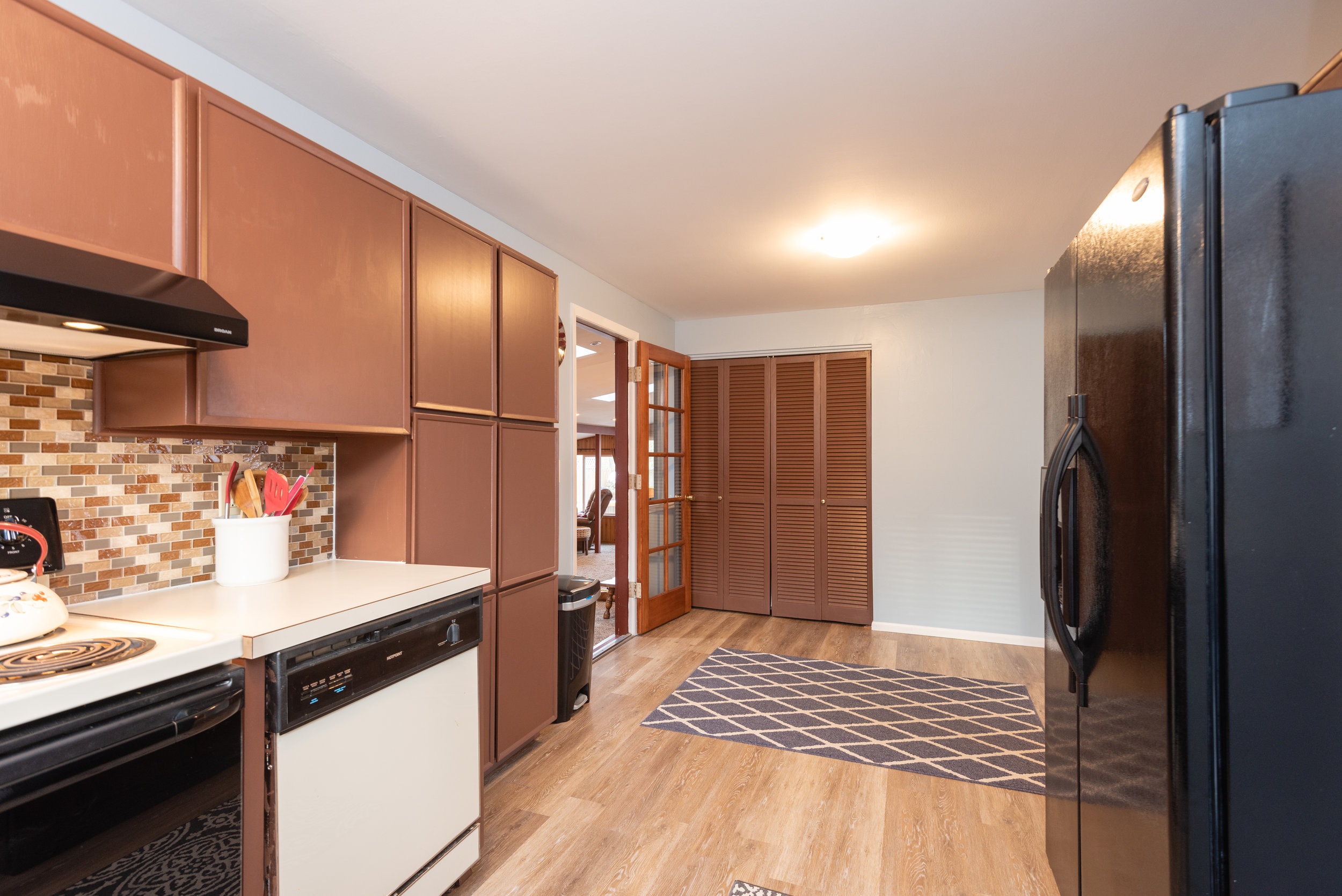
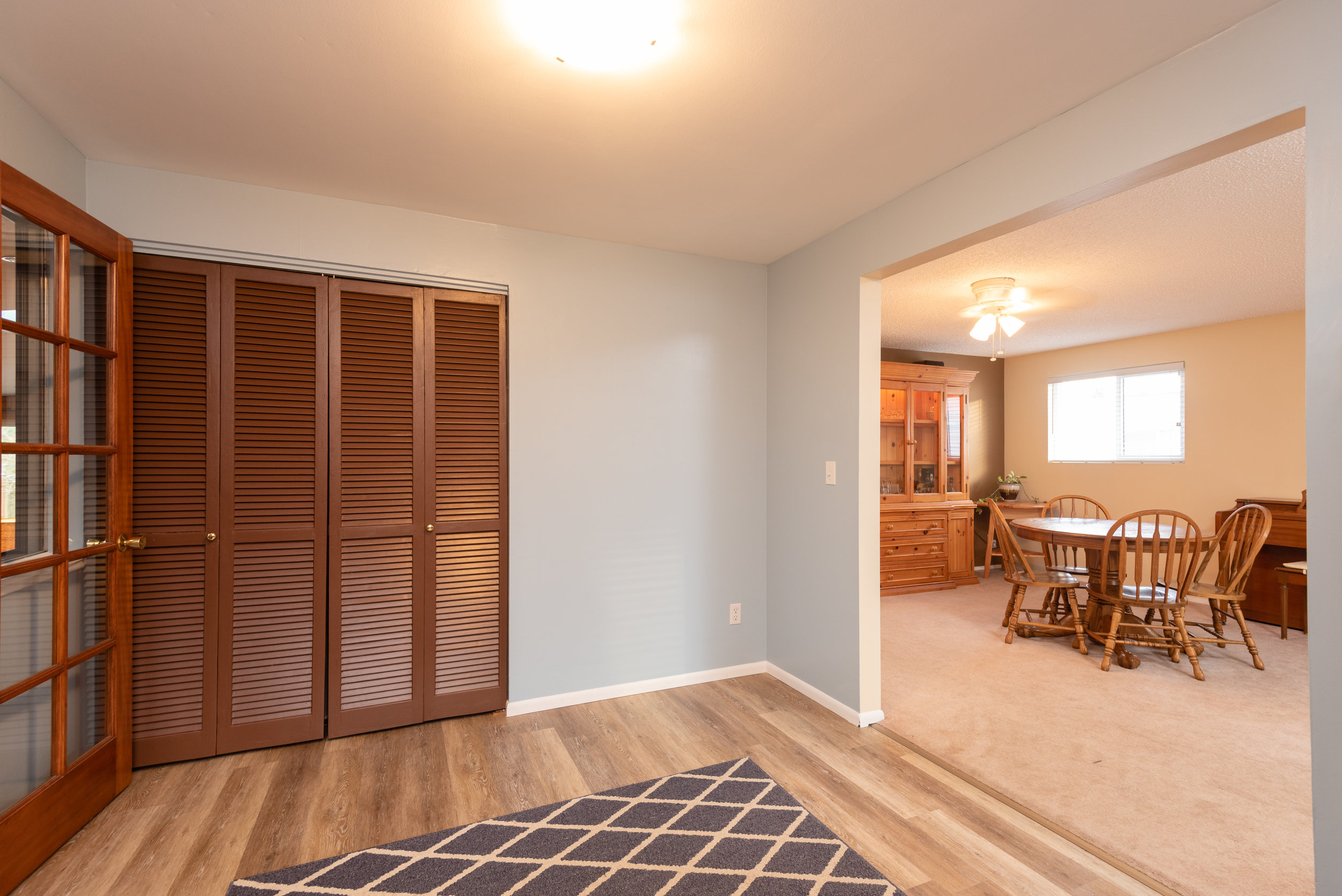

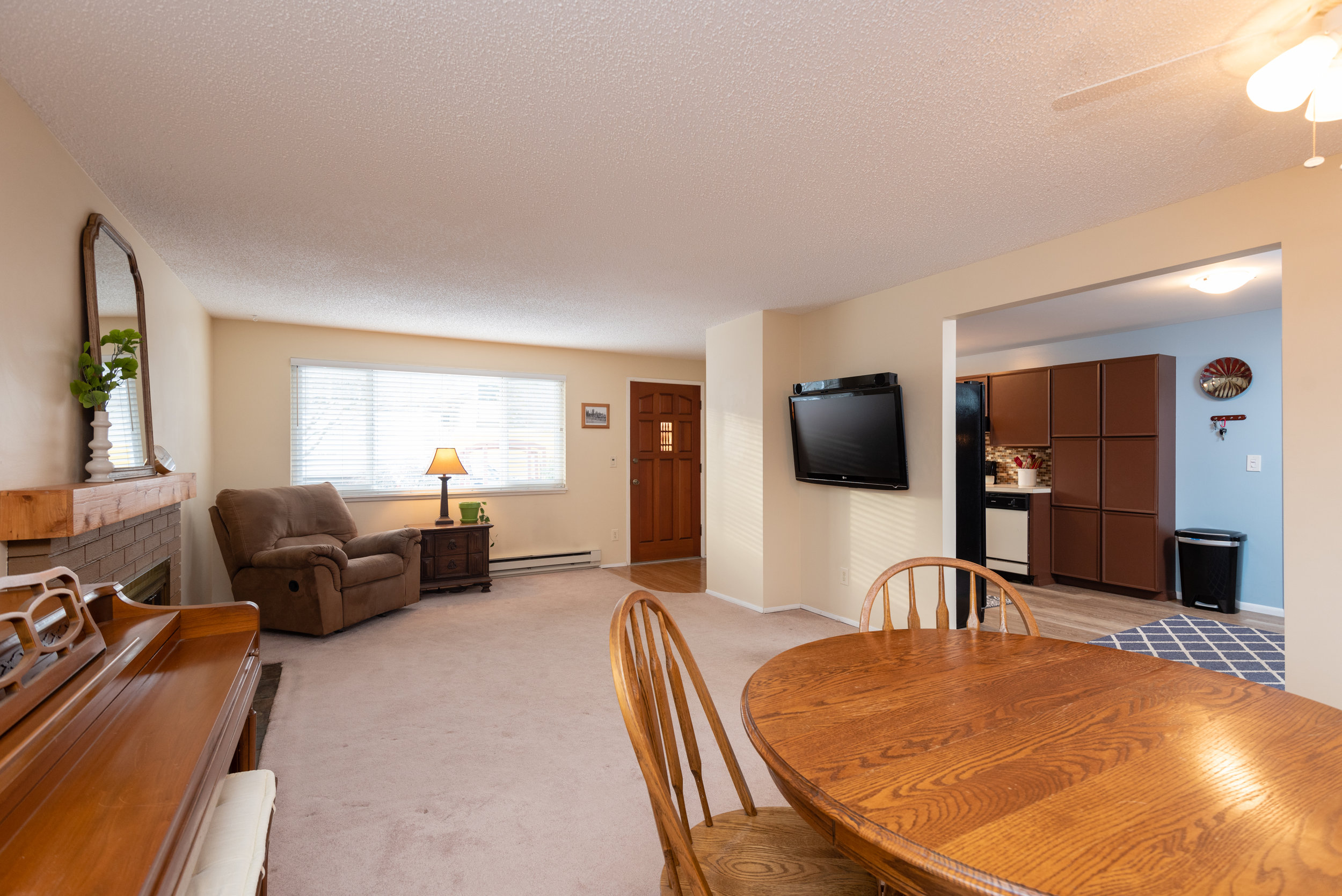
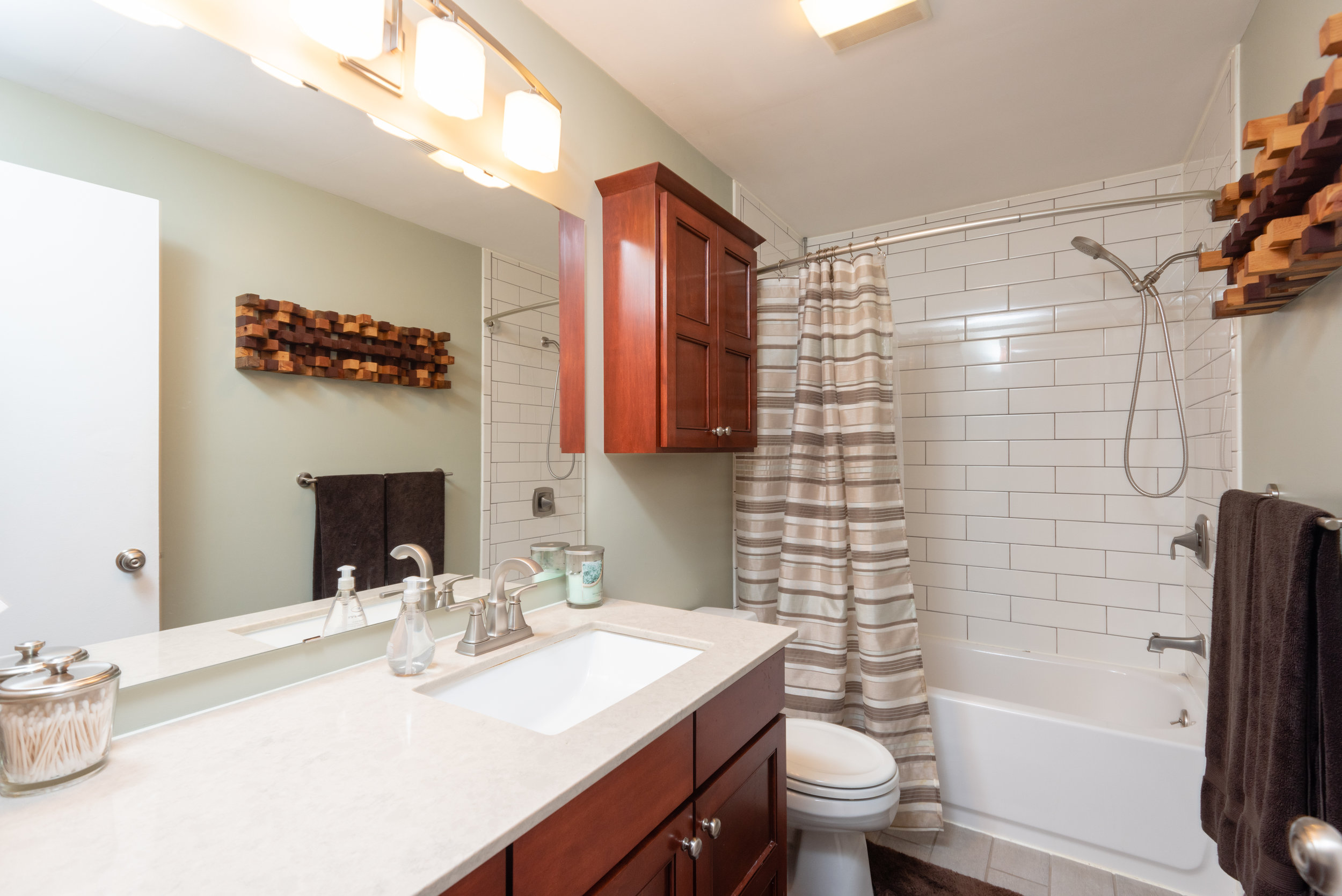
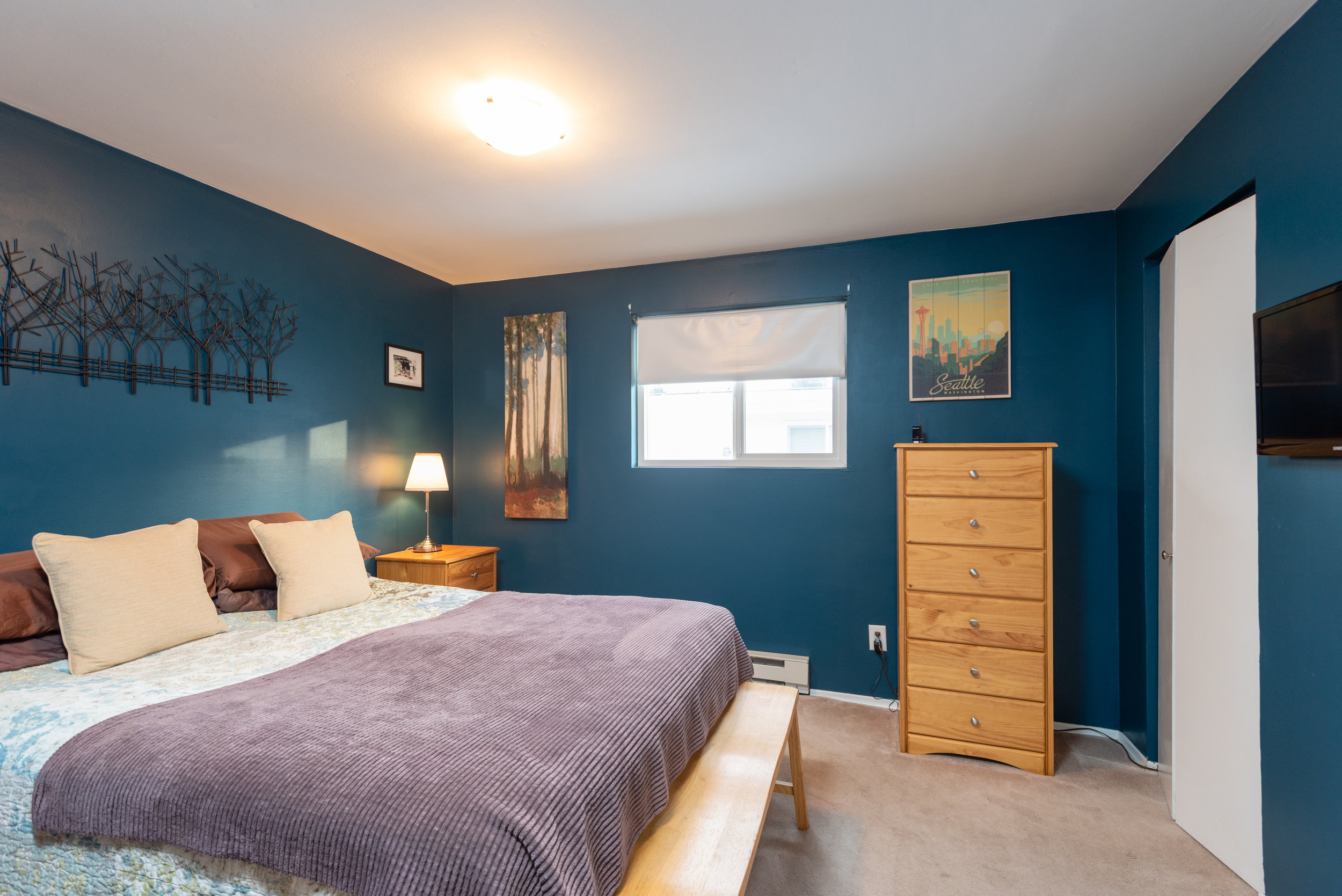
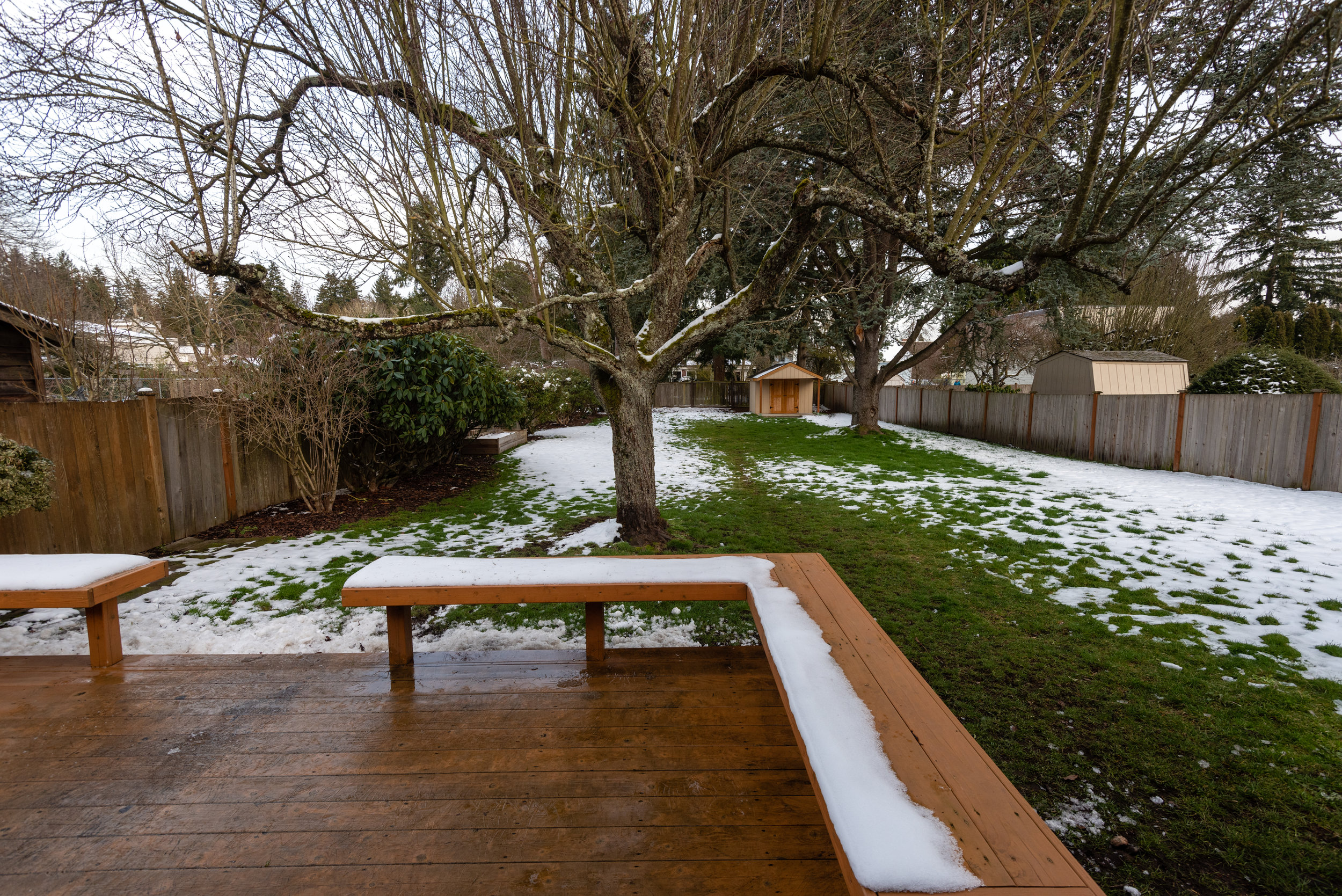
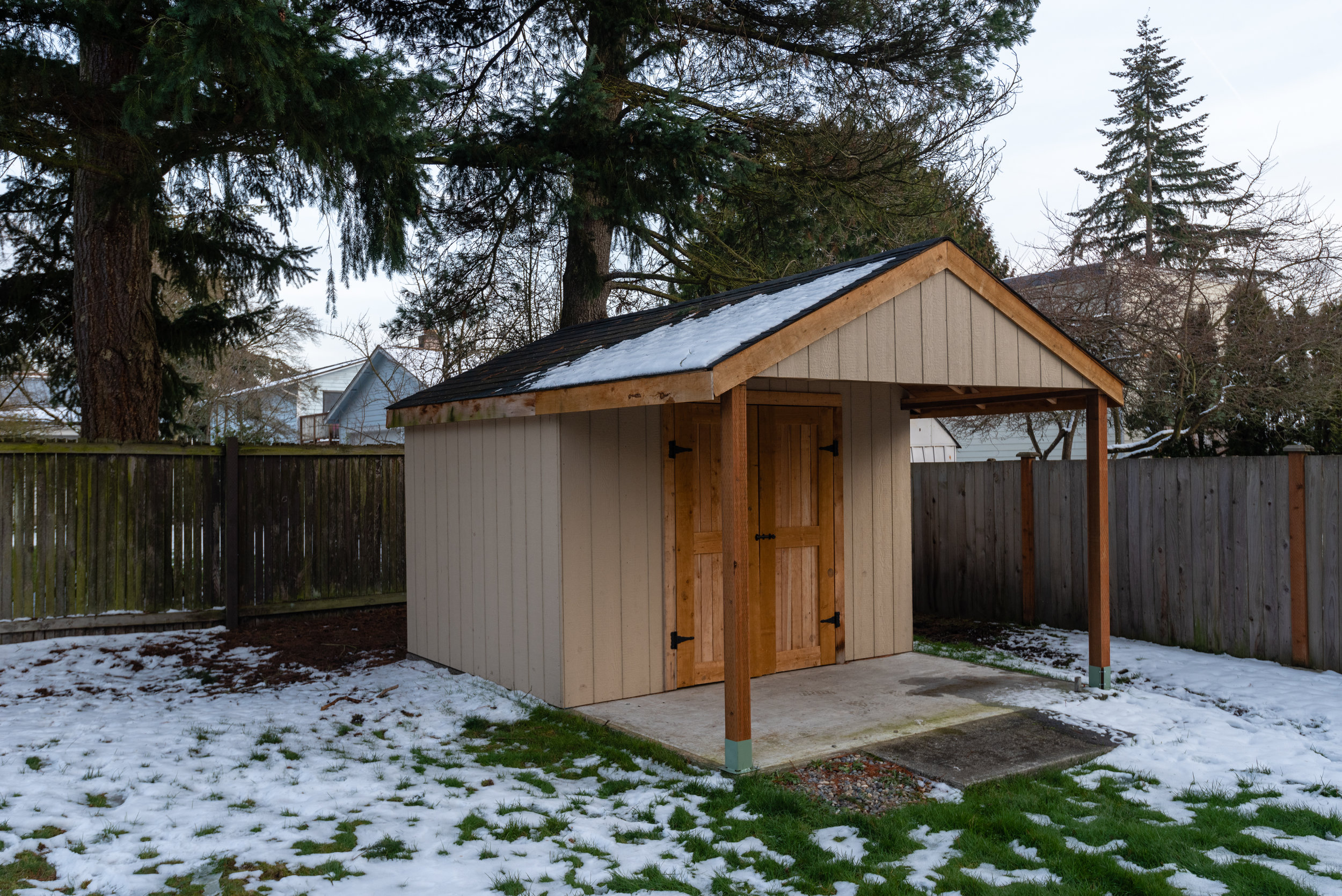
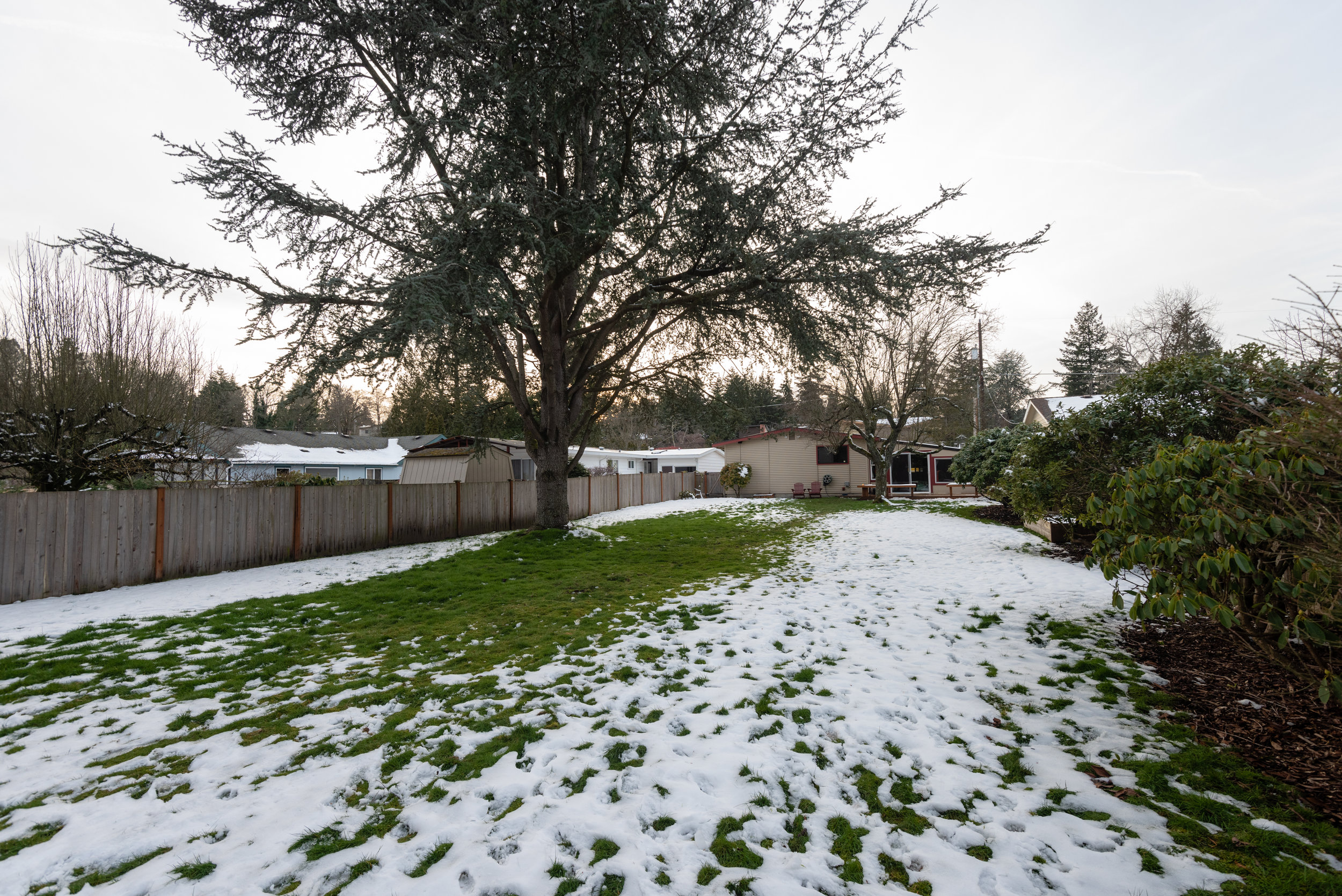
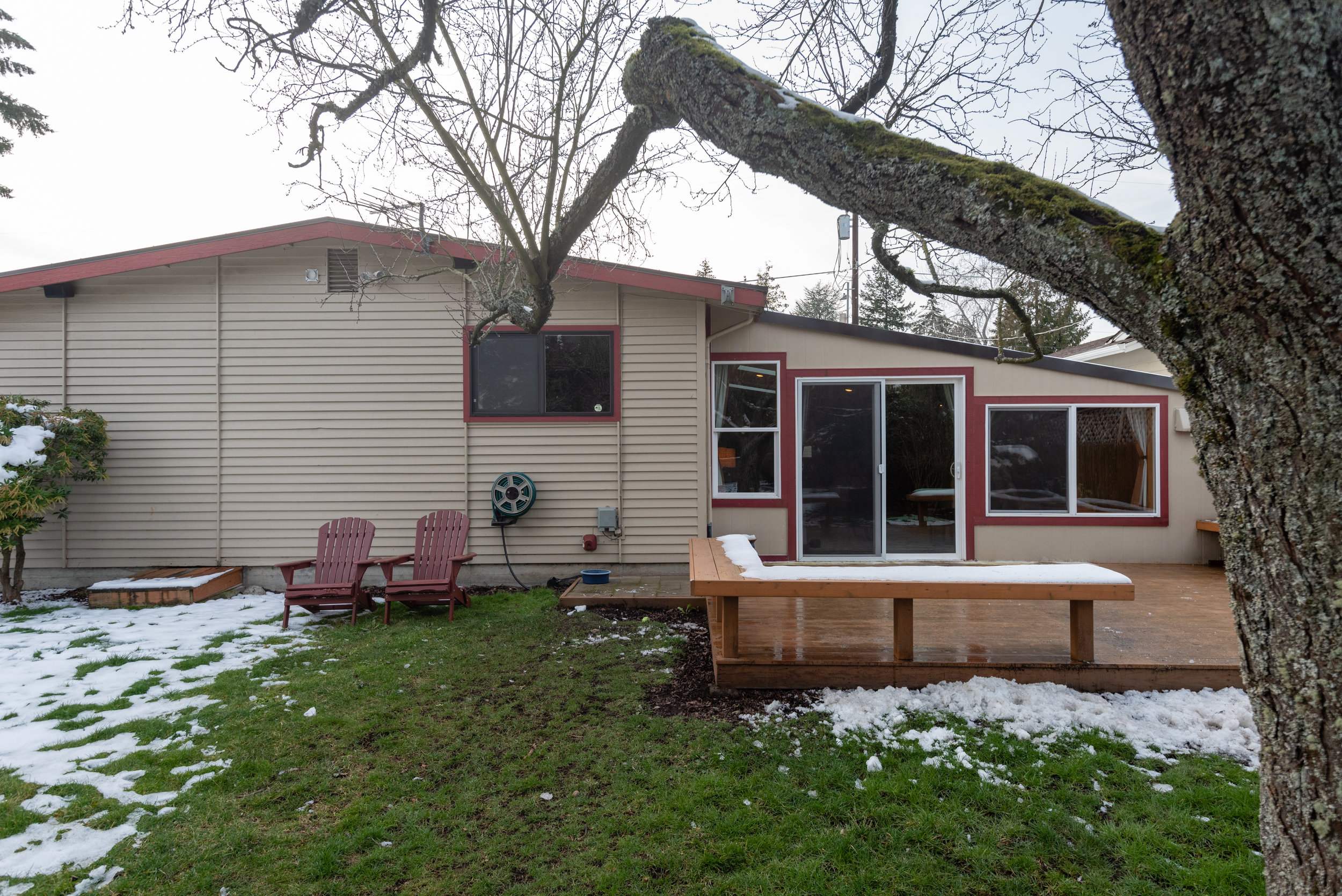
13028 19th Avenue NE
Read MoreWhat's Your Home Actually Worth? Discover What Buyers Will Pay in Today’s Market
It’s easy to look up how much money you have in your savings account or the real-time value of your stock investments. But determining the dollar value of a home is trickier.
As a seller, knowing your home’s worth helps you price it correctly when you put it up for sale. If you price it too high, it may sit on the market. But price it too low and you may be losing out on a good chunk of money (nobody wants that!). For buyers, it’s important to know a home’s worth before you make an offer. You want your offer to be competitive, but you don’t want to overpay for the property.
Even if you’re not a buyer or seller right now, as a current homeowner you might just be curious about the value of your home. Keeping track of your home’s worth year over year helps you understand the trends in your market. So when you are ready to sell, you can take advantage of a good window of opportunity.
The good news is, a trained real estate agent—who understands the nuances of your particular neighborhood—can determine the true market value of your property … and at no cost to you!
THE THREE TYPES OF HOME VALUES
When you start the process of buying or selling a home, you’ll frequently hear the words appraised value, assessed value, and true market value. It’s important to know the difference between each one so you can make better, informed decisions.
Appraised Value
A professional appraiser is in charge of determining the appraised value of a home. These appraisals are typically required by a lender when a buyer is financing the property. And while the lender is the one requiring this information, the appraiser does not work for the lender.1Your appraiser should be an objective, licensed professional who doesn’t have allegiance to the buyer, seller, or lender—no matter who is paying their fee.
The number the appraiser comes up with (the appraised value) assures the lender that the buyer is not overpaying for the property. For example, imagine a seller lists a home for $400,000. They reach a deal with the buyer to sell the home for $375,000. However, if an appraiser evaluates the property and determines that the appraised value is actually $325,000, then the lender will not lend for an amount higher than that appraised value of $325,000.2
When figuring out this number, an appraiser will compare the property to similar homes in your neighborhood, and they’ll evaluate factors such as location, square footage, appliances, upgrades, improvements, and the interior and exterior of the home.
Assessed Value
The assessed value of a home is determined by your local municipal property assessor. This value matters when your county calculates property taxes each year. The lower your assessed value, the less property tax you’ll pay.3
To come up with this value, your assessor will evaluate what comparable homes in the neighborhood have sold for, the size of your home, age, overall condition, and any improvements or upgrades that have been made. However, most assessors don’t have full access to your home, so their information is limited.
Assessments are done annually to determine how much property tax you owe. Many counties use a multiplier (typically between 60%-80%) to calculate the final assessed value. So, if the assessor determines that the value of the home is $300,000, but the county uses a 70% multiplier, the assessed value of the home would be $210,000 for tax purposes.4
If your assessed value isn’t as high as you envisioned, don’t sweat it. Many homeowners appeal their assessment in favor of a lower valuation so that they can save money on property taxes. If you’re interested in appealing your property tax assessment, let us know. We offer complimentary assistance and would be happy to help you build your case.
True Market Value
True market value is established by your real estate agent. It basically refers to the value that a buyer is willing to pay for the property. A good real estate agent is an expert in determining true market value because they have hands-on experience buying and selling properties. They understand the mindsets of buyers in your market and know what they’ll pay for a desirable house, townhouse, or condo.
As a seller, knowing your true market value is important because it helps you choose how much to list your property for. It can also help you decide if you want to make any improvements to your home before putting it on the market. Your agent can help you figure out which updates and upgrades will have the biggest impact on your true market value.
WHAT’S THE DEAL WITH ONLINE CALCULATORS?
When figuring out your home’s value, you might be tempted to see what popular real estate sites like Zillow, Redfin, and Trulia have to say. When you use an online calculator to determine your home’s value on these sites, it is just an estimate. It’s not an actual appraisal or the “true market value.” These sites all have their own algorithms for coming up with their estimates. For example, Zillow comes up with their “Zestimates” by calculating “public and user-submitted data, taking into account special features, location, and market conditions.” 5
These online estimates can be a great starting point for opening up the conversation with your real estate agent about your home’s worth. But even Zillow recommends that you use a real estate agent for coming up with the actual market value of your home. The site says that once you get your “Zestimate,” you should still get “a comparative market analysis from a real estate agent.”
Having an agent involved in this process is essential because they understand the market better than a computer ever could. They’re showing property in your city every single day, and they know the particular preferences of buyers and sellers in the area. Young professionals, large families, empty nesters, and other groups are all looking for different things in a home. A local agent has most likely worked with all of them, so they understand what every segment in your market is specifically looking for.
HOW AN AGENT FINDS YOUR HOME’S TRUE MARKET VALUE
So, how does an actual real estate agent determine true market value? They’ll start by doing a comparative market analysis (CMA). This means they’ll compare your home’s features to similar properties in your area. For the CMA, the agent looks at the below factors to influence their assessment of your home’s worth:6
● Neighborhood sales - Your agent will look at similar, recently sold homes in your neighborhood to see what they sold for and what they have in common with your house.
● The exterior - What does your home look like from the outside? Your agent will factor in curb appeal, the style of the house, the front and backyard, and anything else that impacts how the house looks to everyone walking and driving by.
● The interior - This is everything inside the walls of the house. Square footage, number of bedrooms and bathrooms, appliances, and more all influence the overall market value.
● Age of the home - Whether you have a newer or older home affects the number your agent comes up with as part of their assessment.
● Style of the home - The style of your home is important because buyers in different markets have different tastes. If buyers prefer ranch-style homes and you have one, then your home may sell for a premium (aka more money!).
● Market trends - Because a local agent has so much experience in your market, they have their finger on the pulse of your area’s trends and know what buyers are willing to pay for a property like yours.
● Location, location, location- This one’s probably the most obvious. Your agent will think about how popular the area is, how safe it is, and what schools are like.
A computer algorithm simply can’t take all of these factors into account when calculating the value of your home. The reality is, nothing beats the accuracy of a real estate agent or professional appraiser when it comes to determining a home’s true market value.
YOUR AGENT IS THERE EVERY STEP OF THE WAY
Determining a home’s true market value is a real estate agent’s forte. If you’re a seller, your agent will help you find your home’s market value so you can list it at the right price.
For buyers, your agent will help you determine the value so you can come up with a fair offer. Your agent can also set up a personalized home search on the Multiple Listing Service (MLS) for you so you’ll receive emails of listings that meet your criteria. This will help you see what’s out there in your city and how properties are being priced.
Get a Complimentary Report With Your Home’s True Market Value
Curious about your home’s true market value? Contact me at tara@lakere.com to request a free, no-obligation Comparative Market Analysis to find out exactly how much your home is worth!
Sources:
1. Chicago Tribune -
2. SFGATE -
https://homeguides.sfgate.com/market-value-vs-appraised-value-1206.html
3. ValuePenguin -
https://www.valuepenguin.com/mortgages/what-is-the-assessed-value-of-a-house
4. Movoto -
https://www.movoto.com/blog/homeownership/assessed-value-vs-market-value/
5. Zillow -
https://www.zillow.com/how-much-is-my-home-worth/
6. Realtor.com -
https://www.realtor.com/advice/sell/assessed-value-vs-market-value-difference/
Top 8 Home Design and Remodeling Trends for 2019
If you’re a current homeowner, or in the market to buy, you’re probably curious about the latest trends in home design.
Sellers who make strategic updates before listing a property can generate increased interest from buyers and, in some cases, a premium selling price. And buyers should consider which features of a home will need updating immediately (or in the near future) so they can factor renovation costs into their overall budget.
Even if you have no immediate plans to buy or sell, I advise my clients to be thoughtful about the colors, materials, and finishes they select when planning a remodel. Making over-personalized or unpopular design choices could hurt a home’s value when it does come time to sell. And selecting out-of-style or overly-trendy elements could cause your renovation to feel dated quickly.
To help, I’ve rounded up eight of the hottest home design trends for 2019. Keep in mind, not all trends will work well in every house. If you plan to buy, list, or renovate a property, consult a professional who can help you realize your vision and maximize the impact of your investment.
1. WARMER PAINT COLORS
White and grey aren’t going anywhere, but expect to see warmer tones and more earthy neutrals popping up in 2019. Cold whites are being replaced by warmer, softer whites. And warmer tones of grey have become a popular alternative to the cooler grays we were seeing earlier in the decade. Dove grey—with a lilac undertone—is a particular favorite with designers this year.
Sherwin Williams chose Cavern Clay, a warm terracotta, as its 2019 color of the year, while Behr selected Blueprint, a mid-tone blue. Benjamin Moore’s selection is Metropolitan, a sophisticated grey.
If you’re preparing to sell your home, consider a light, neutral paint color. Neutral colors provide a blank canvas upon which a buyer can envision placing their belongings, and lighter colors make a room appear larger and brighter. I have a great list of paint colors if you ever need some suggestions!
2. MIXED METALS
Don’t feel limited to using one metallic finish throughout your home—or even throughout a single room. Designers are mixing metals in 2019, and their favorites include copper, brass, pewter, gunmetal, and matte black.
Experts suggest picking one metal hue to dominate your color palette and a contrasting tone to complement it. If your room has a warm color palette, choose a warm-hued primary metal, such as brass or copper. For cool palettes, choose a cool-toned metal, like pewter or stainless steel. You can also experiment with mixing finishes, such as polished and hammered copper.
From faucets to cabinet pulls to accent pieces, swapping out your old or dated fixtures is an easy—and relatively inexpensive—way to modernize your decor. Mixing metals adds depth and gives your room a more curated look.
3. OUTDOOR ELEMENTS
Bringing outdoor elements into the home can help warm up a sterile space. And natural materials can soften a modern design esthetic.
Homeowners are increasingly looking for ways to incorporate these materials throughout their home. Especially popular right now: stone, copper, concrete, and wood. From concrete showers to agate stone tiles, designers are finding unexpected ways to bring the outside in.
One notable exception: granite countertops. Engineered quartz—a combination of ground quartz and resin—overtook natural granite stone as the most popular countertop material in 2018. This durable, low-maintenance, highly-customizable product has won over homeowners and designers alike.
4. ALTERNATIVE APPLIANCES
Stainless steel has been the industry standard for years, but the market is trending toward variety and fresh alternatives. Homeowners have more options available than ever to personalize their kitchens with vibrant colors, black stainless, or modern white appliances. Another favorite? Integrated appliances that blend seamlessly into cabinetry. Built-in column refrigerators, which allow you to customize the design and size of your freezer and refrigerator, are becoming a “must-have” in high-end homes.
Advancements in technology have also brought a new wave of appliances to the market. Induction cooktops are replacing commercial gas ranges as a gourmet favorite. And french door ovens and steam ovens are also gaining in popularity—especially ones with smart features you can control from an app on your smartphone.
5. COLORFUL KITCHENS
White will always be a classic choice, but color is finally coming back to kitchens. More homeowners are choosing cabinets in alternative neutrals like black, cream, and grey, along with colorful options like green and blue. Also popular? Wood cabinets in stains like warm chestnut and fruitwood.
Two-tone kitchen cabinets remain a homeowner favorite, as well. To incorporate this trend, try pairing darker lower cabinets with lighter upper cabinets or a colorful kitchen island with neutral-colored perimeter cabinets.
6. OPEN SHELVING
Swapping upper kitchen cabinets for open shelves continues to be a popular choice in 2019. It’s a cost-effective update that can make a kitchen feel larger and brighter. However, it’s not a practical option for everyone. Before you commit, test it out by removing your cabinet doors for a few weeks. See how it feels to have your glasses and dishware on display.
Not ready to give up all your upper cabinet storage space? Replace just one or two upper cabinets with open shelves for a lower-commitment but still-updated look.
7. STATEMENT TILE
The ubiquitous white subway tile is finally fading in popularity. In 2019, homeowners are gravitating toward more colorful choices, creative textures and finishes, and alternative shapes. Especially hot right now: hexagons, arabesques, diamonds, and Moroccan fish scales.
Natural stone remains a favorite, including marble, quartzite and river rock. But advancements in porcelain tile that mimics stone, and even concrete, has made it an attractive, affordable, and low-maintenance alternative.
8. SHOWCASE CEILINGS
Once an afterthought, ceilings are taking center stage. While 2018 was all about statement walls, statement ceilings are shaping up to be the darling of 2019. Designers are using bold paint colors, wallpaper, intricate moldings, fabric, and other materials to transform a ceiling into something truly special.
Want to incorporate this trend without going too bold? Choose a classic design, like coffered or wooden beams. Or stick with wood paneling or tin tiles for a more timeless look. Even something as simple as painting a ceiling the same color as the walls can make your space feel more modern.
DESIGNED TO SELL
Are you contemplating a remodel? Want to find out how upgrades could impact the value of your home? Give me a call for a free consultation!
Buyer preferences can vary greatly by neighborhood and price range. I can share the insights I’ve gathered from working with buyers in this market … and offer tips on how to maximize the return on your remodeling investment. And if you’re in the market to sell, I can run a Comparative Market Analysis on your home to find out how it compares to others in the area.
Want to learn more about how to stage your home to sell? Contact me at tara@lakere.com to request a free copy of my report: 10 Staging Secrets From the Pros for a Quick Sale at Top Dollar!
Sources:
1. Decor Mag –
https://www.decoraid.com/blog/home-design-trends-2019
2. Gates Interior Design –
https://gatesinteriordesign.com/hottest-new-kitchen-and-bath-trends-for-2019/
3. House Beautiful –
https://www.housebeautiful.com/home-remodeling/interior-designers/a24844028/home-trends-for-2019/
4. Houzz –
https://www.houzz.com/ideabooks/114552119/list/32-home-design-trends-that-will-rule-in-2019
5. Invaluable –
https://www.invaluable.com/blog/mixing-metals/
6. Real Simple –
https://www.realsimple.com/home-organizing/decorating/decorating-tips-techniques/design-trends-2019-according-to-designers
7. Sebring –
https://sebringdesignbuild.com/top-trends-in-kitchen-design
Market Update | Winter 2019
Bottom line: Homebuyers Resuming Search: Improving Inventory & Good Terms
2018 came to a close with buyers having more options than they have had in a long time. The number of active listings were up significantly from a year ago. After years of few homes to choose from, buyers who bought at the end of 2018 had far less competition. Sellers faced with the reality of lowered prices and the need to accept offers with contingencies. For years buyers have been taking great risks and waiving contingencies to compete. Another positive factor for buyers is a decline in interest rates and the expectation that the rates will remain low.
This January, there was an uptick in the market. Open house activity was robust and we were starting to see multiple offers again in Seattle. Pending sales were up 7% over January of 2018 in King County.
At month’s end in King County, the number of active listings increased over 144%. This increase includes the listings that had been on the market for. while, as well as new listings. King County condo and residential median home prices are 1.6% higher than January 2018.
The move towards a more balanced market will moderate appreciation of home values.
What this means for Sellers: The increased competition of homes on the market will continue the need for sellers to properly prepare and stage their homes for market, pay attention to the asking price and be patient when it comes to market time.
I am here to help you navigate the changes in our current market. Just give me a call or email!
Home Care Myth of the Month
Myth: Trendy kitchen re-do will increase my home value.
Truth: Consider your timeline, as home trends change quickly. If you want to get the highest return on your investment, consider opting for an update rather than a full remodel. Paint, knobs, new countertops and appliances can go a long way to freshen the look. If you do choose a full remodel, choose a timeless design and finishes. We are happy to talk with you about it!
Photo cred: Camylla Battani
JUST SOLD | Lakeridge Mid-Century View Home
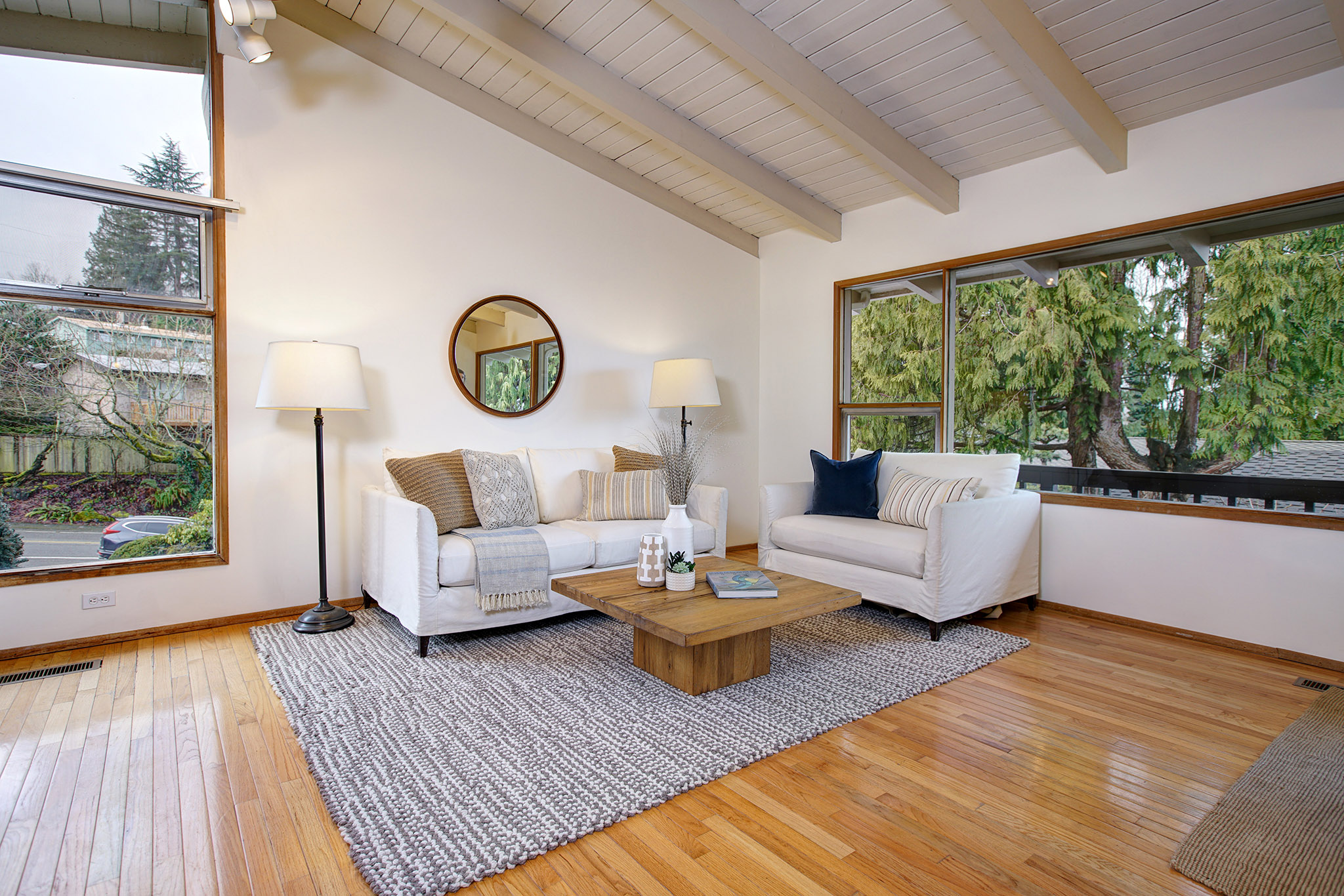
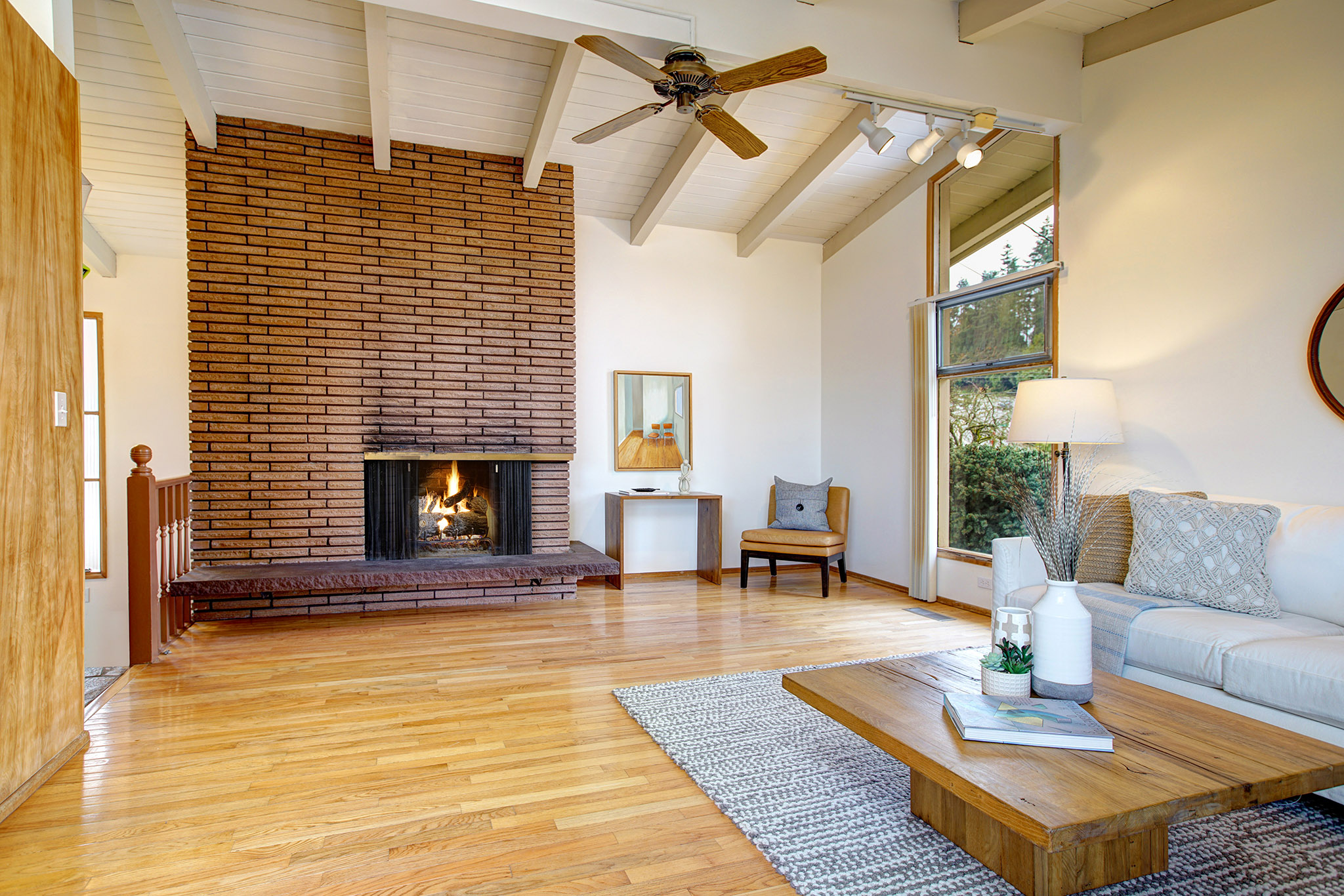
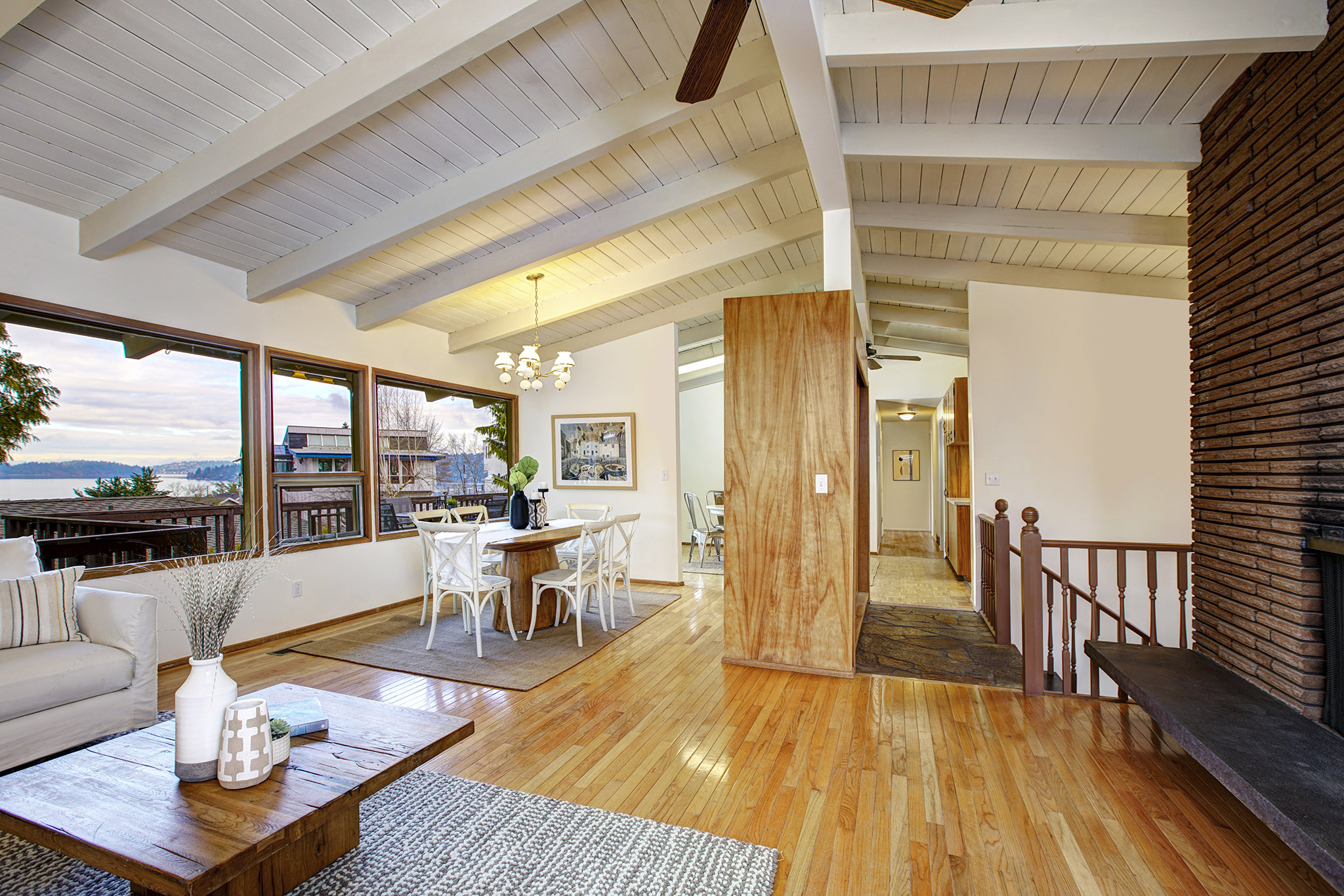

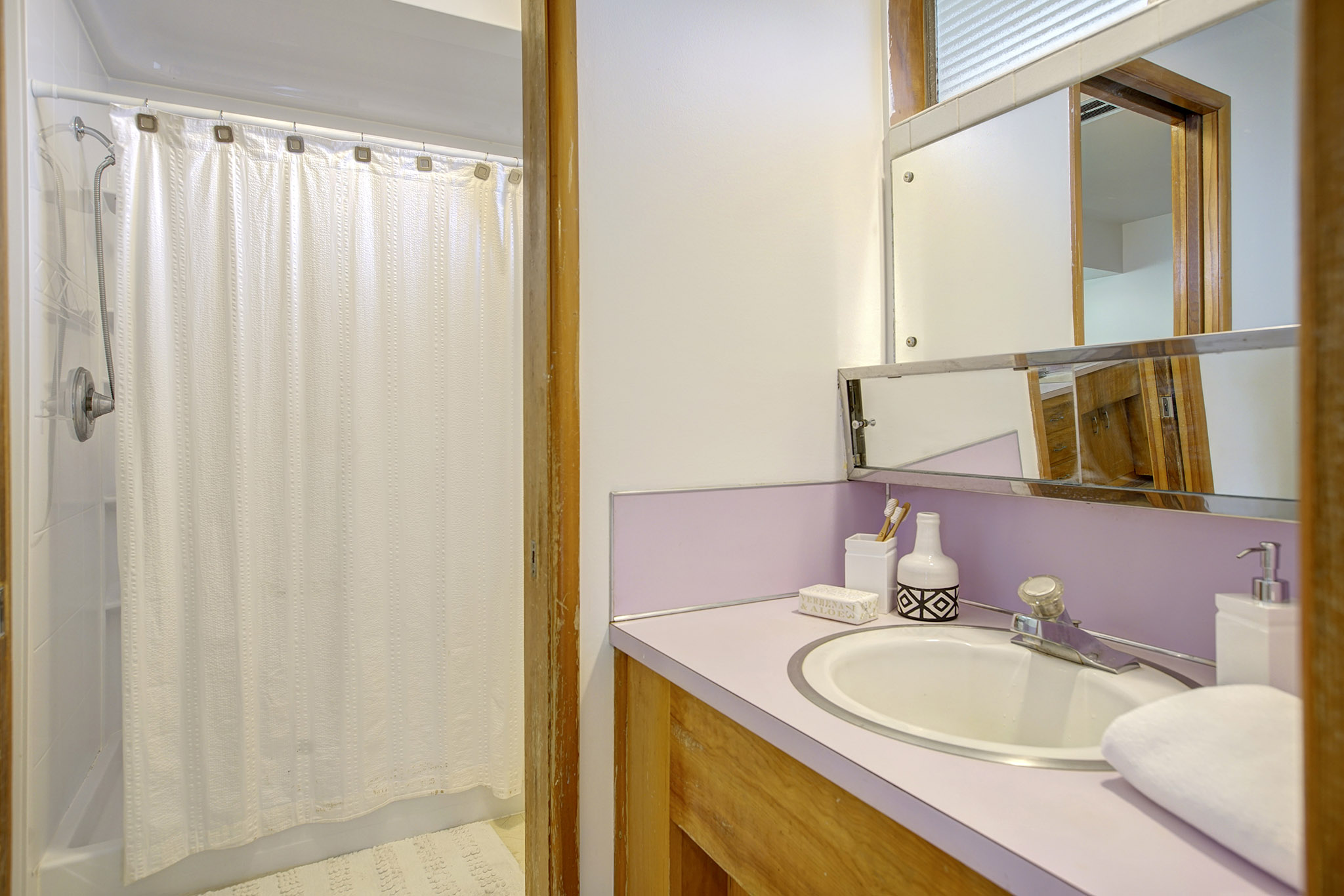
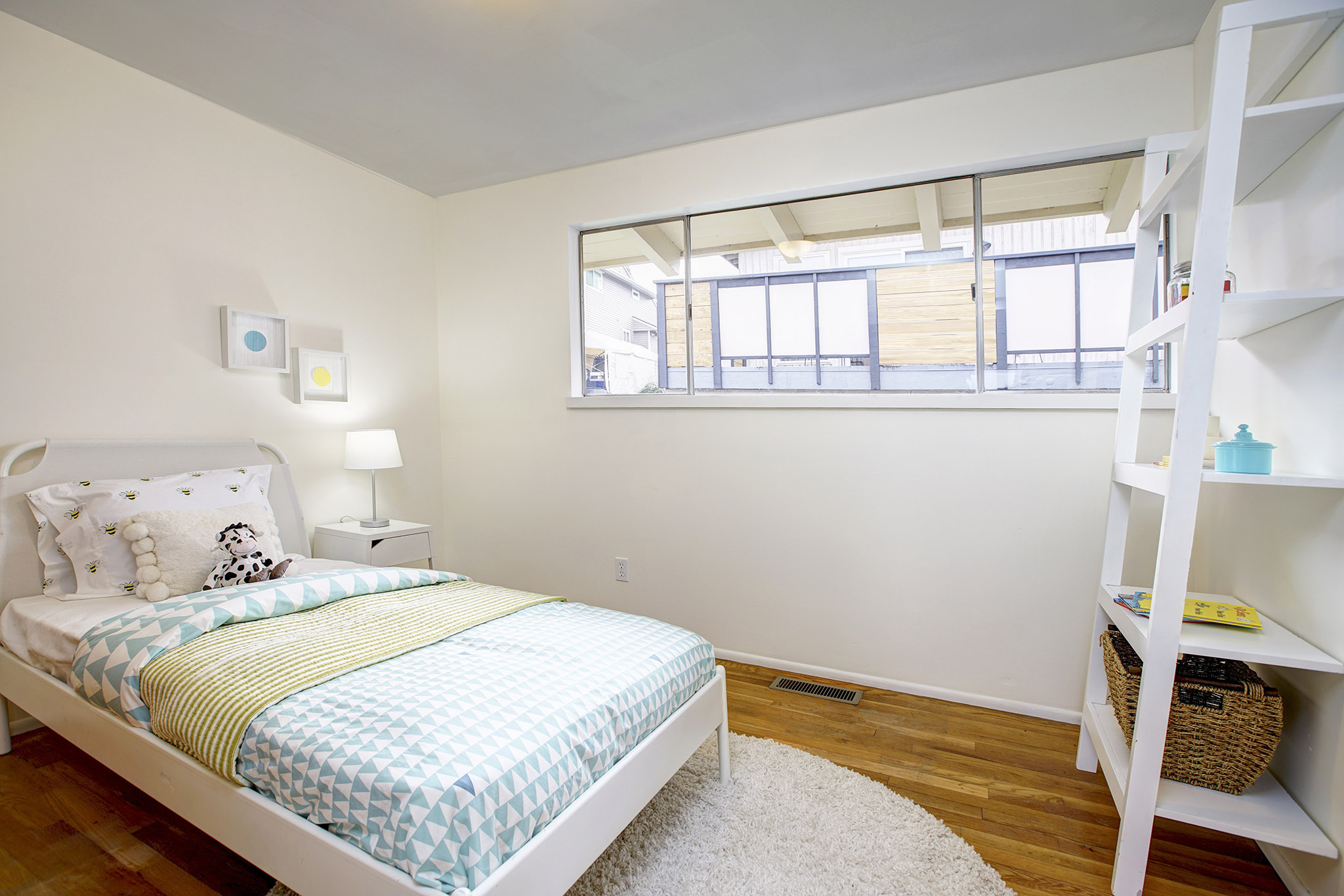
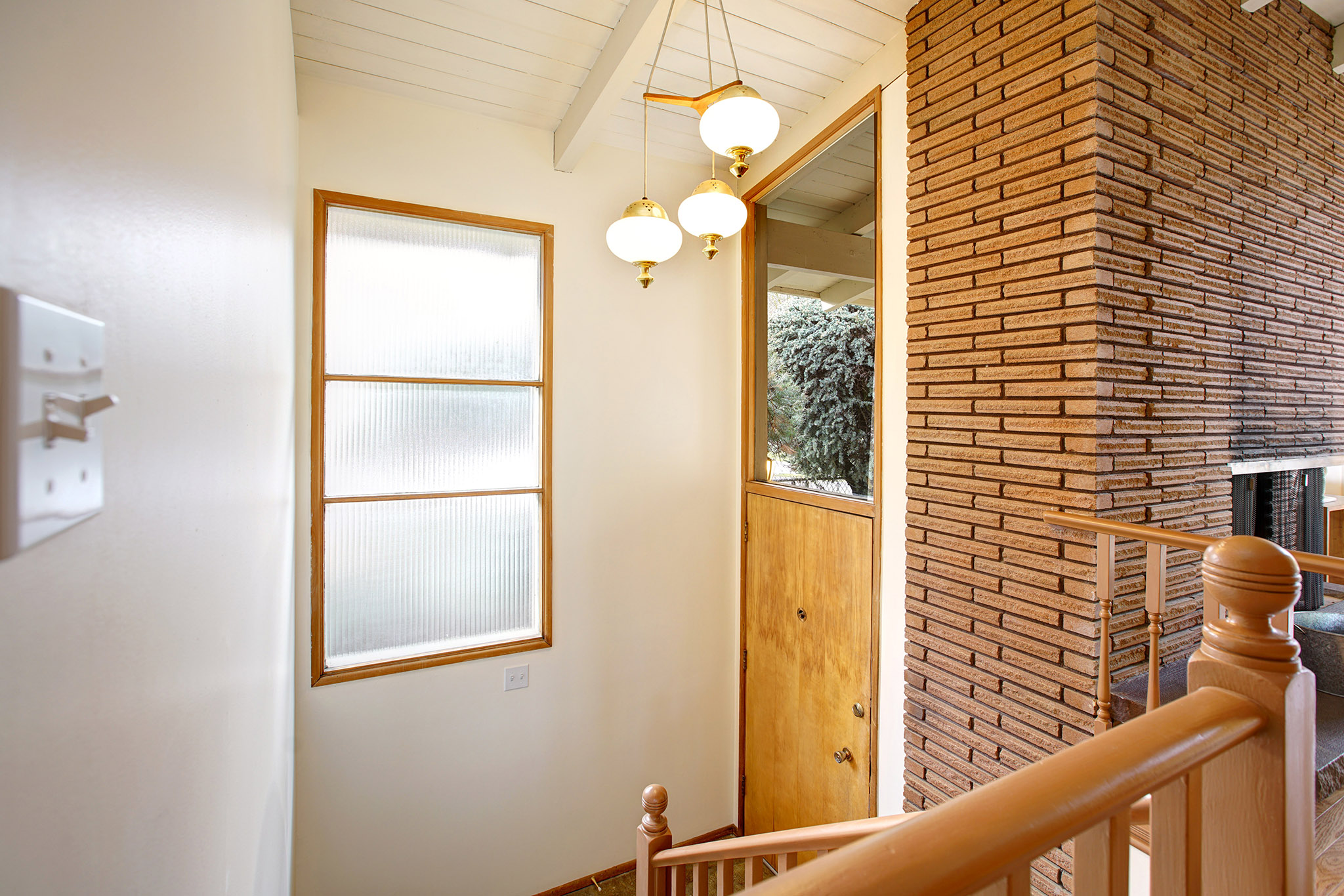
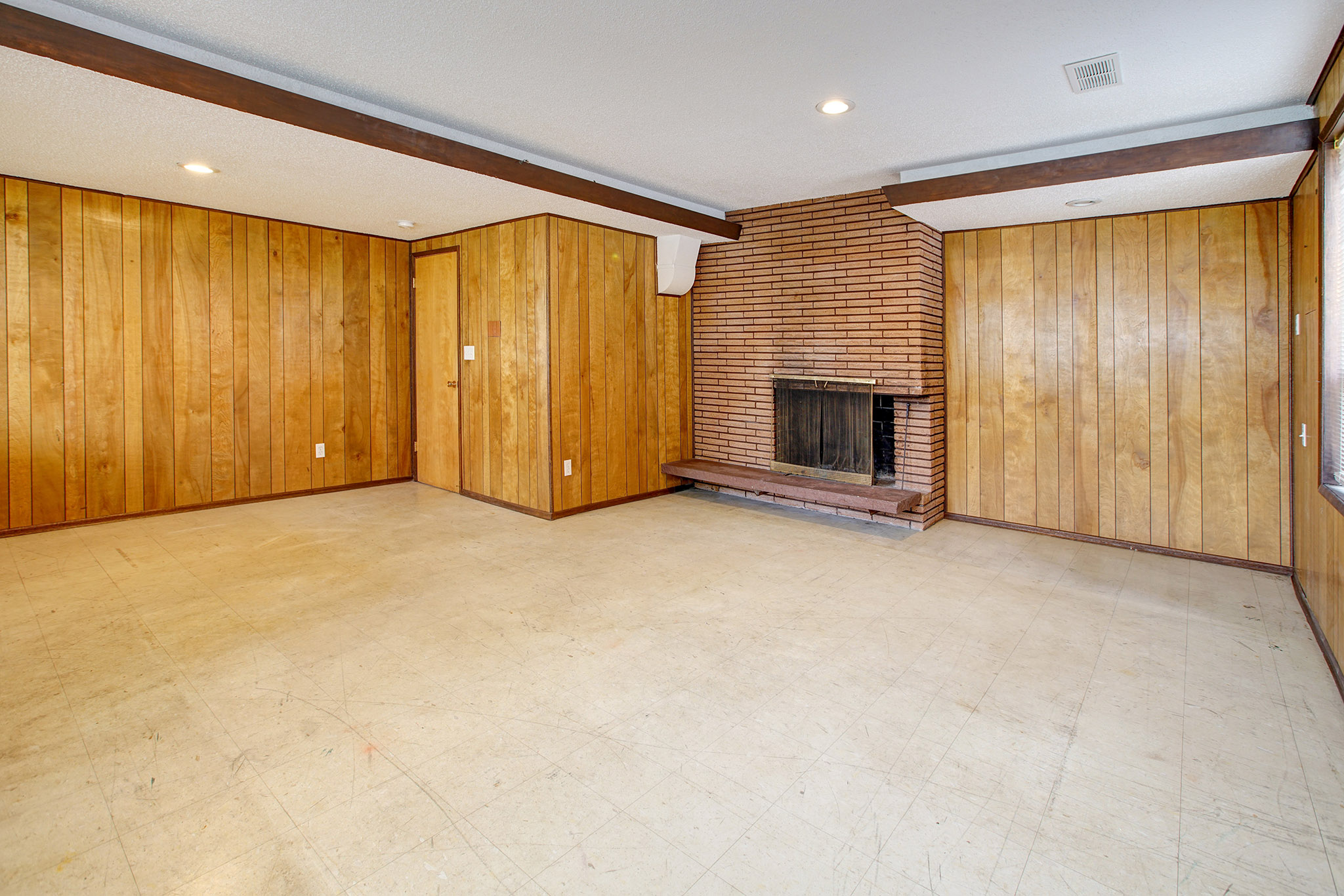
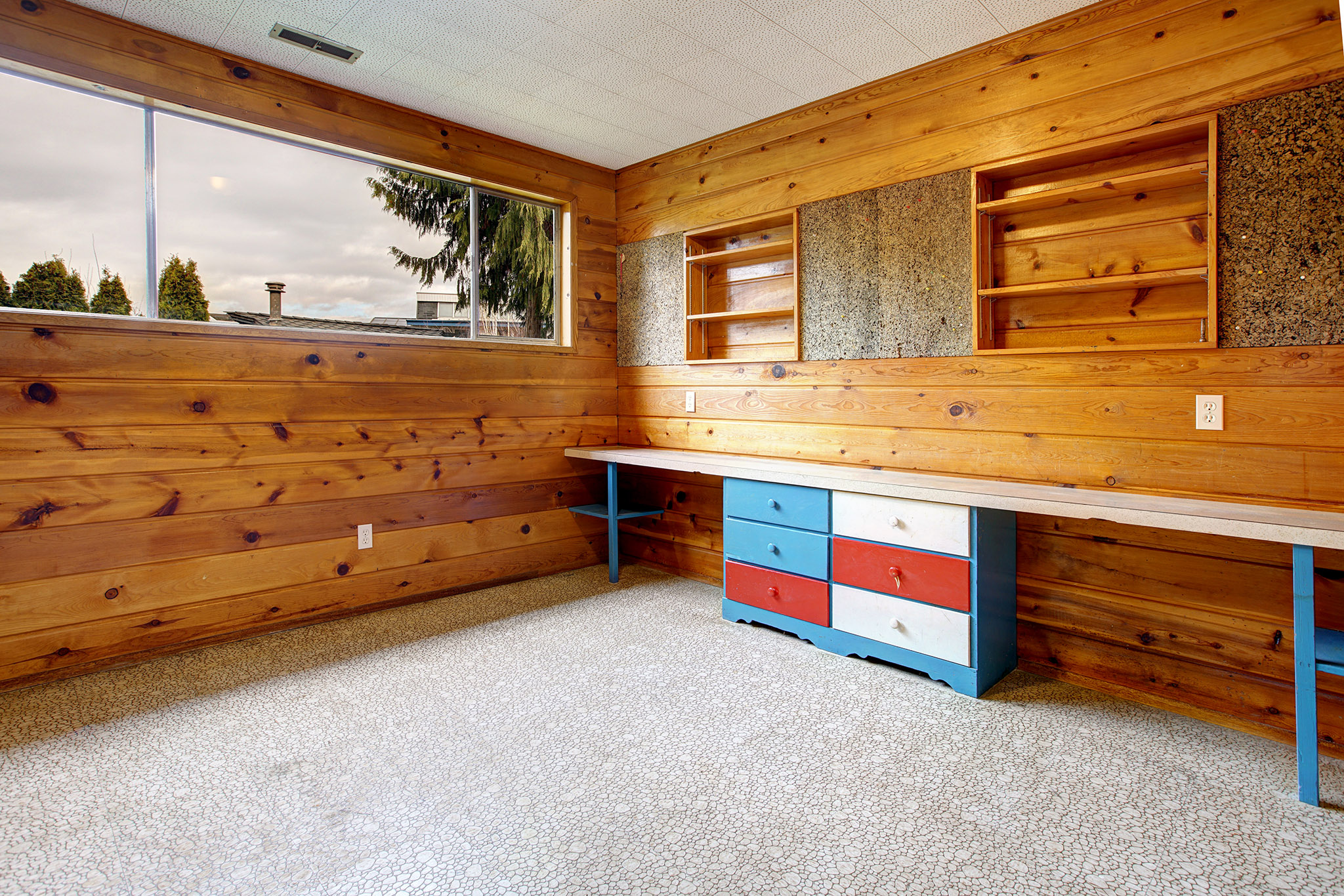
1040 CORNELL AVE SOUTH, SEATTLE 98178
Read MoreJUST SOLD | Gatewood Sunset View Home

